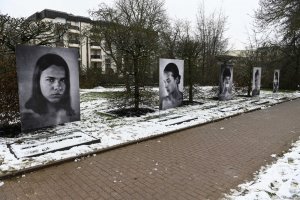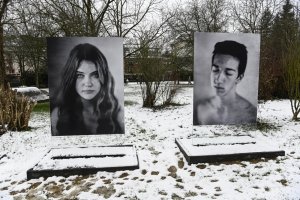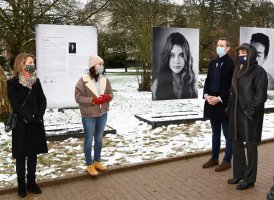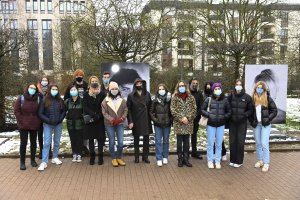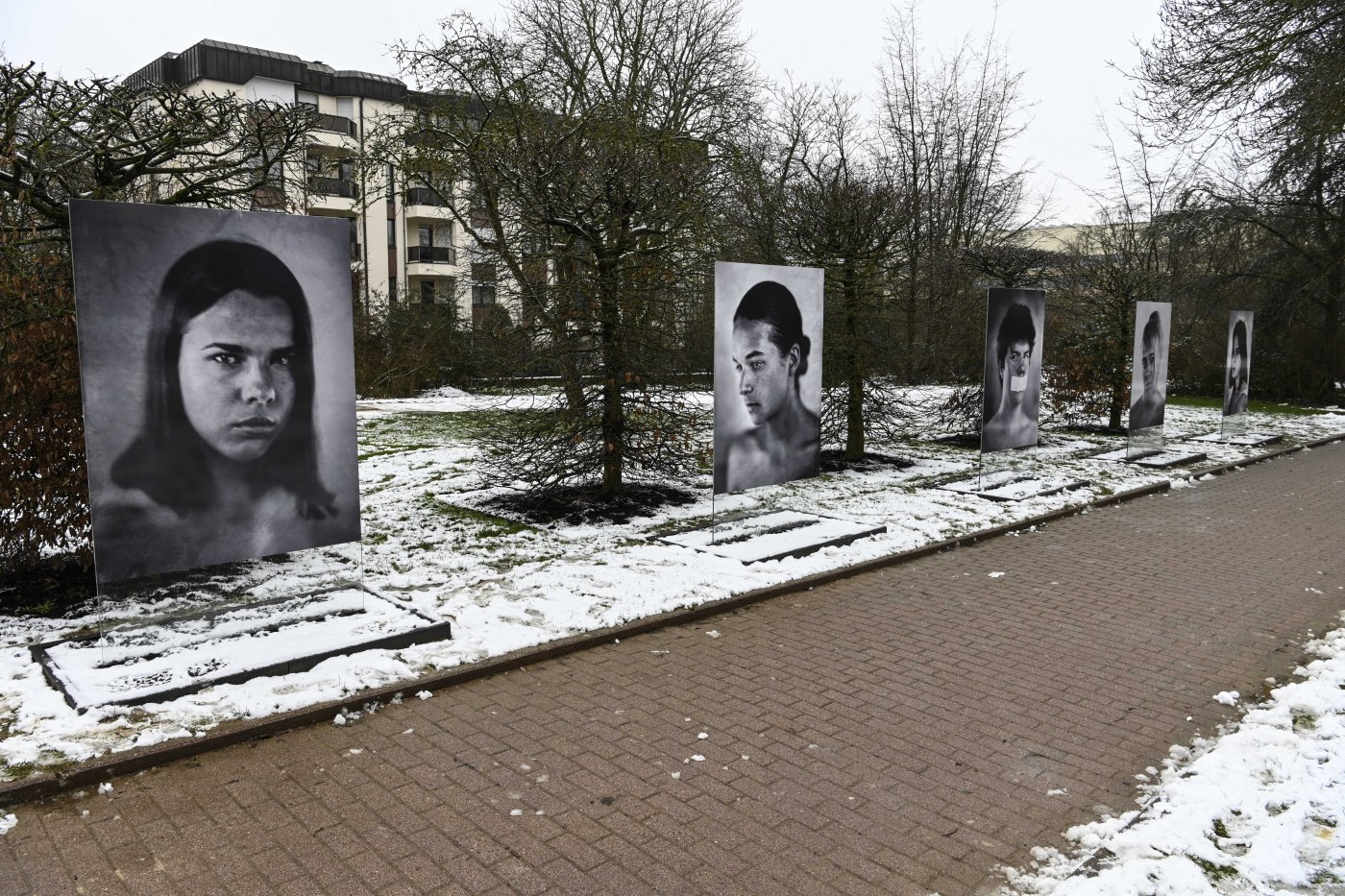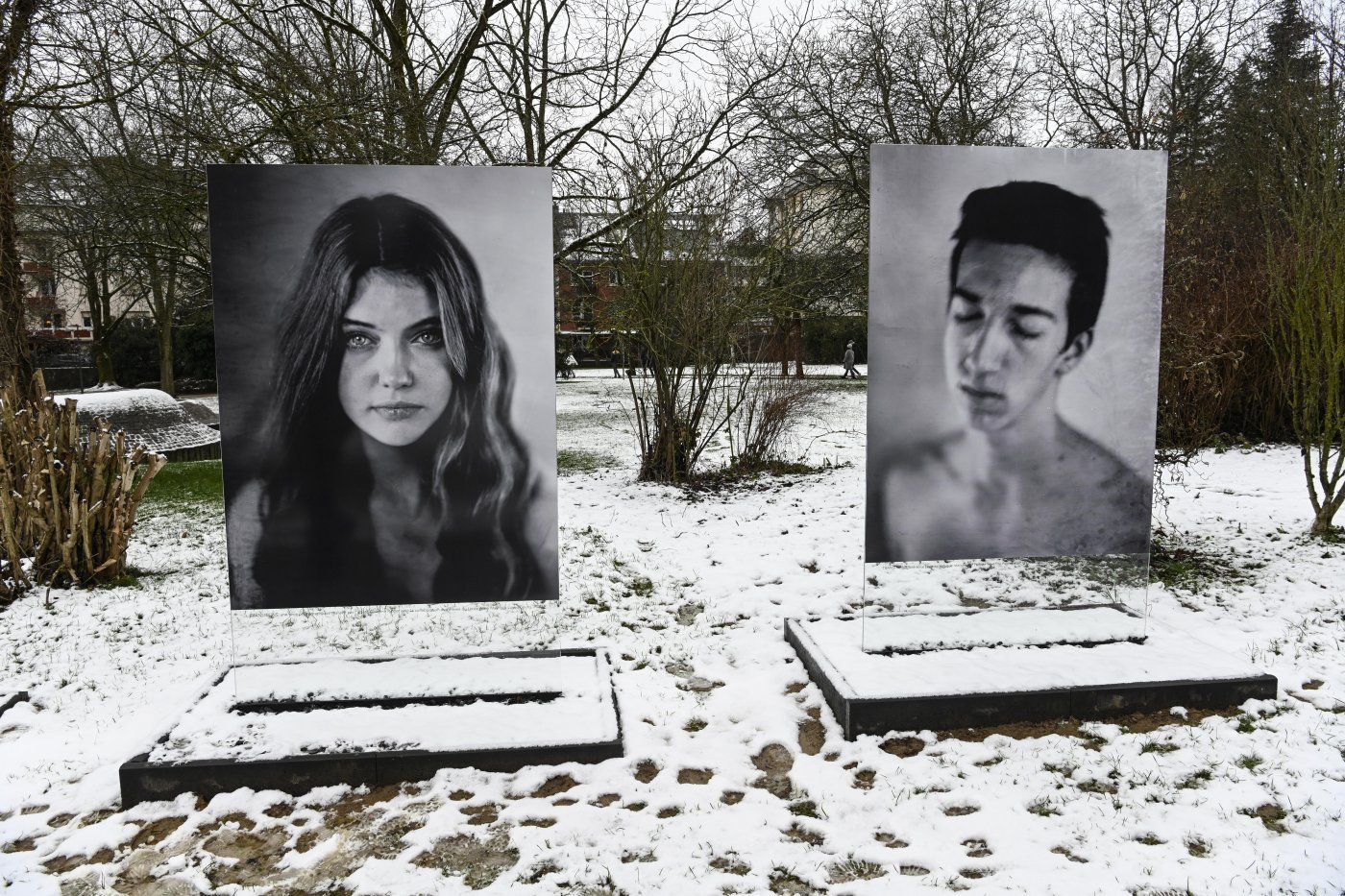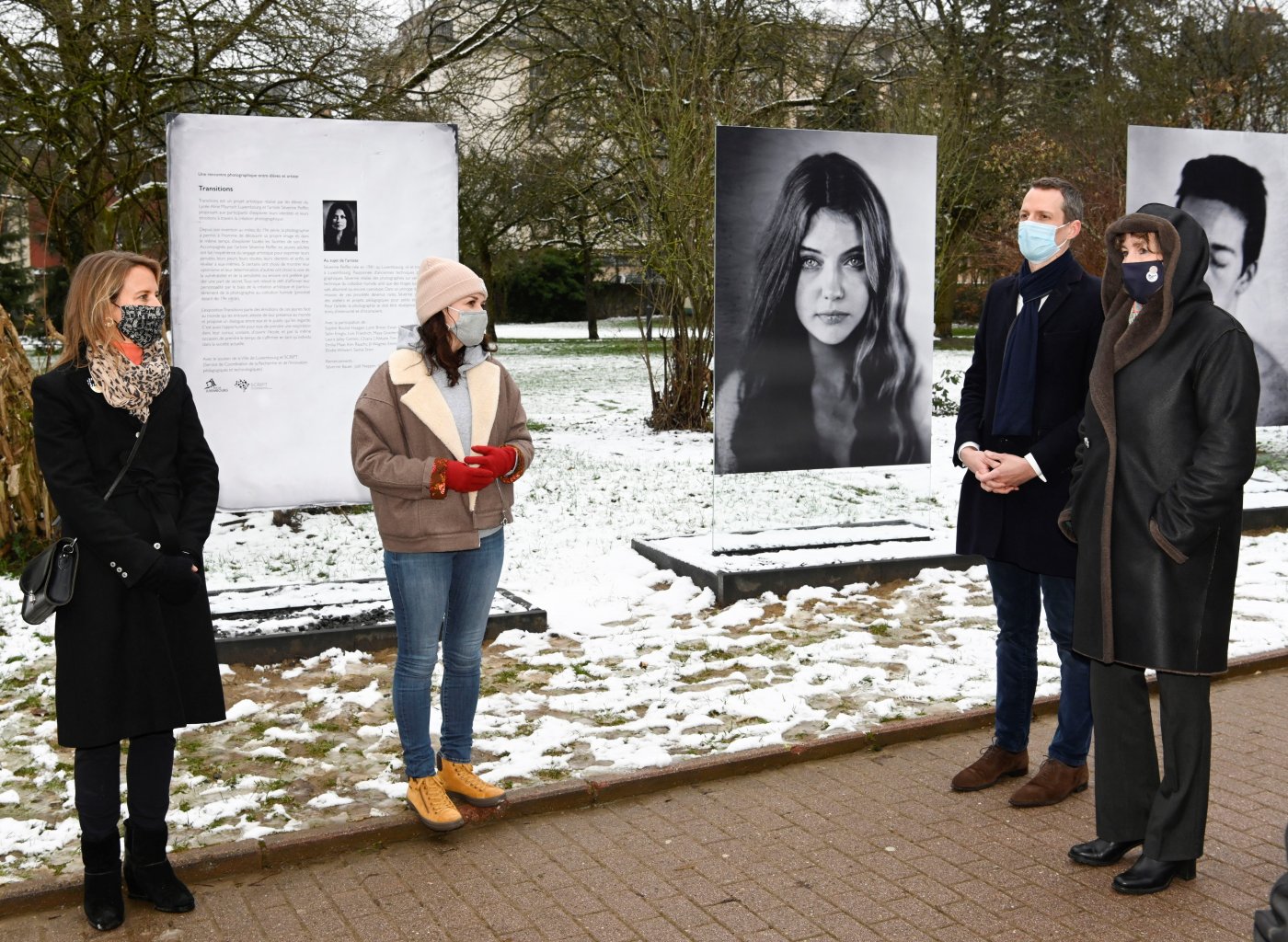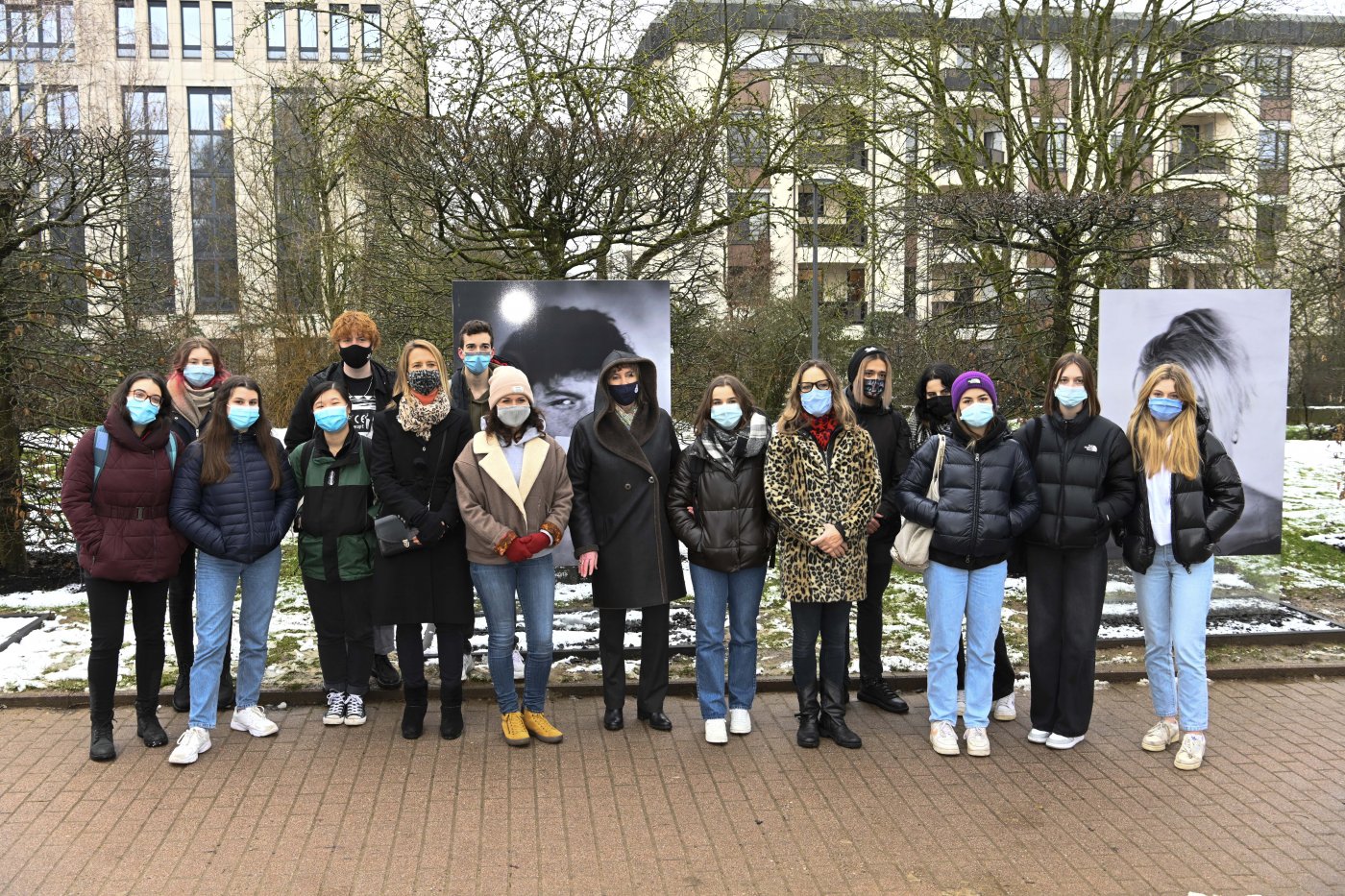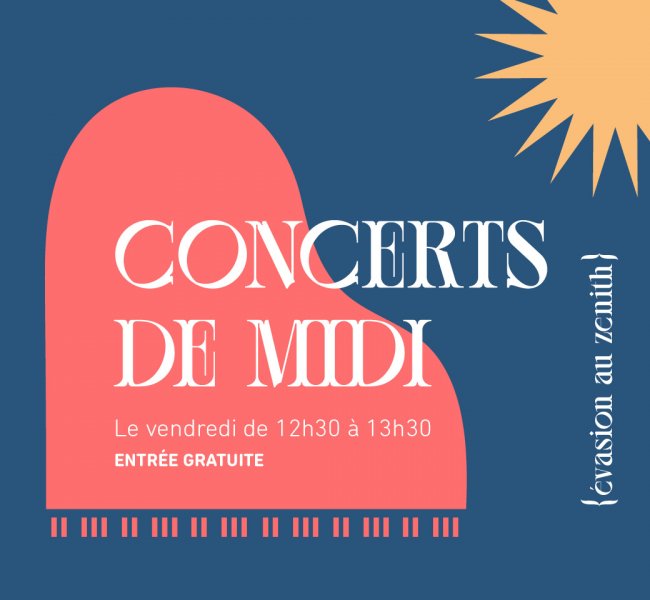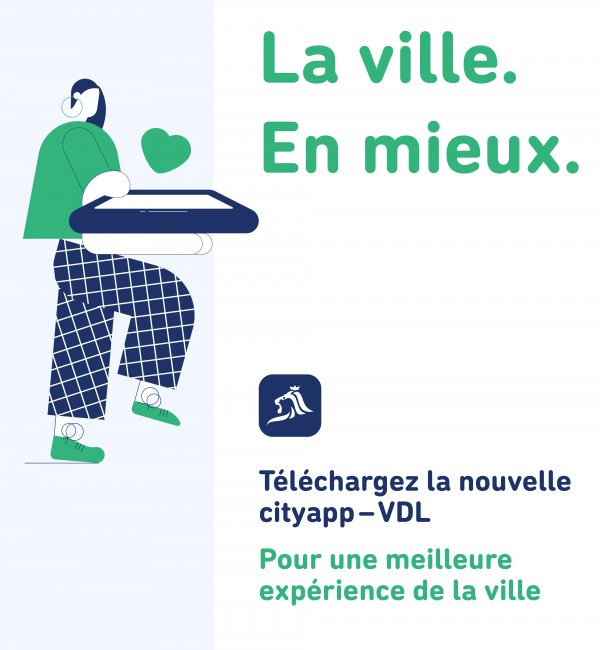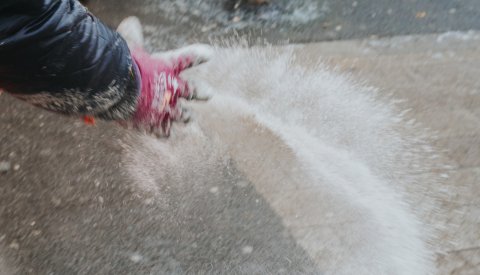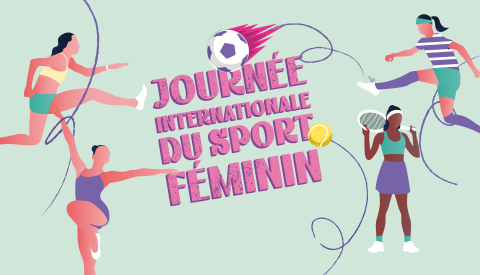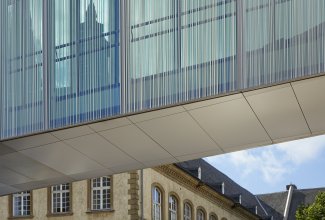Portraits of Plants
Through a selection of 16 photographs, this exhibition showcases the diversity and unique characteristics of plants throughout the seasons, revealing how these astonishing organisms deserve our careful attention and observation for us to be able to truly capture their particular beauty and energy, from buds and blossoms to leaves and seeds. Marianne Majerus is respectful in her approach, regarding plant life as a mysterious essence with which we share a common condition as living beings destined to perish. The resulting portraits are intimate and celebrate the beauty of fleeting moments in the life of plants.
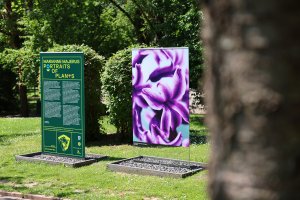
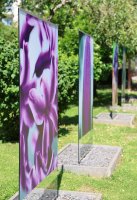
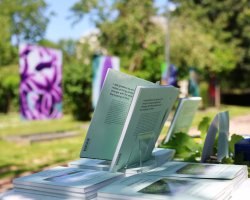
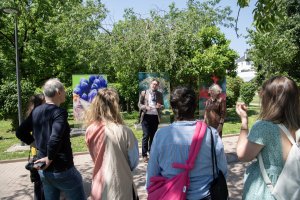
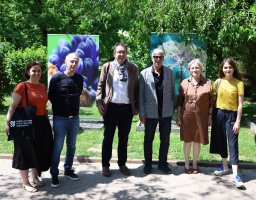
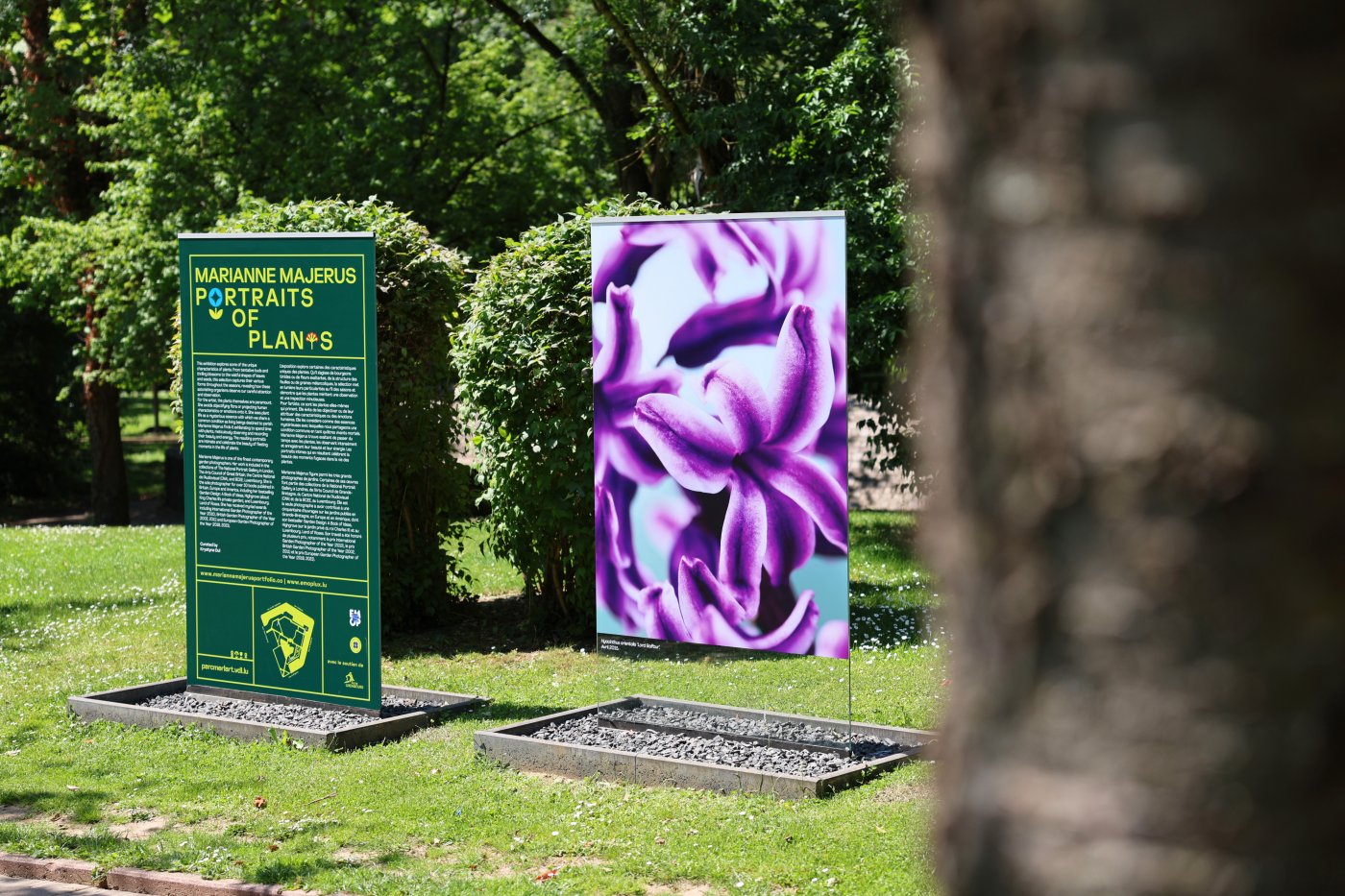
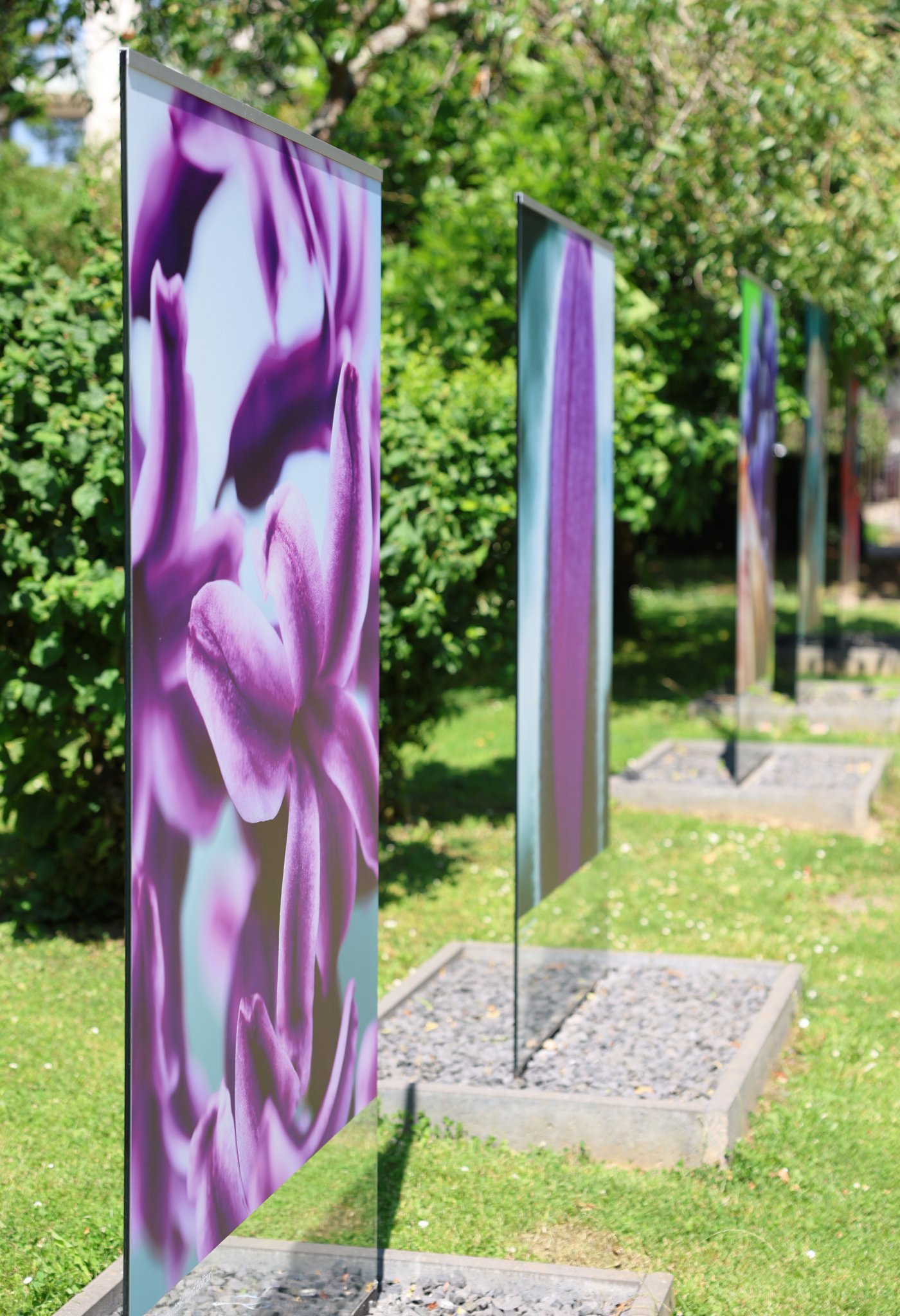
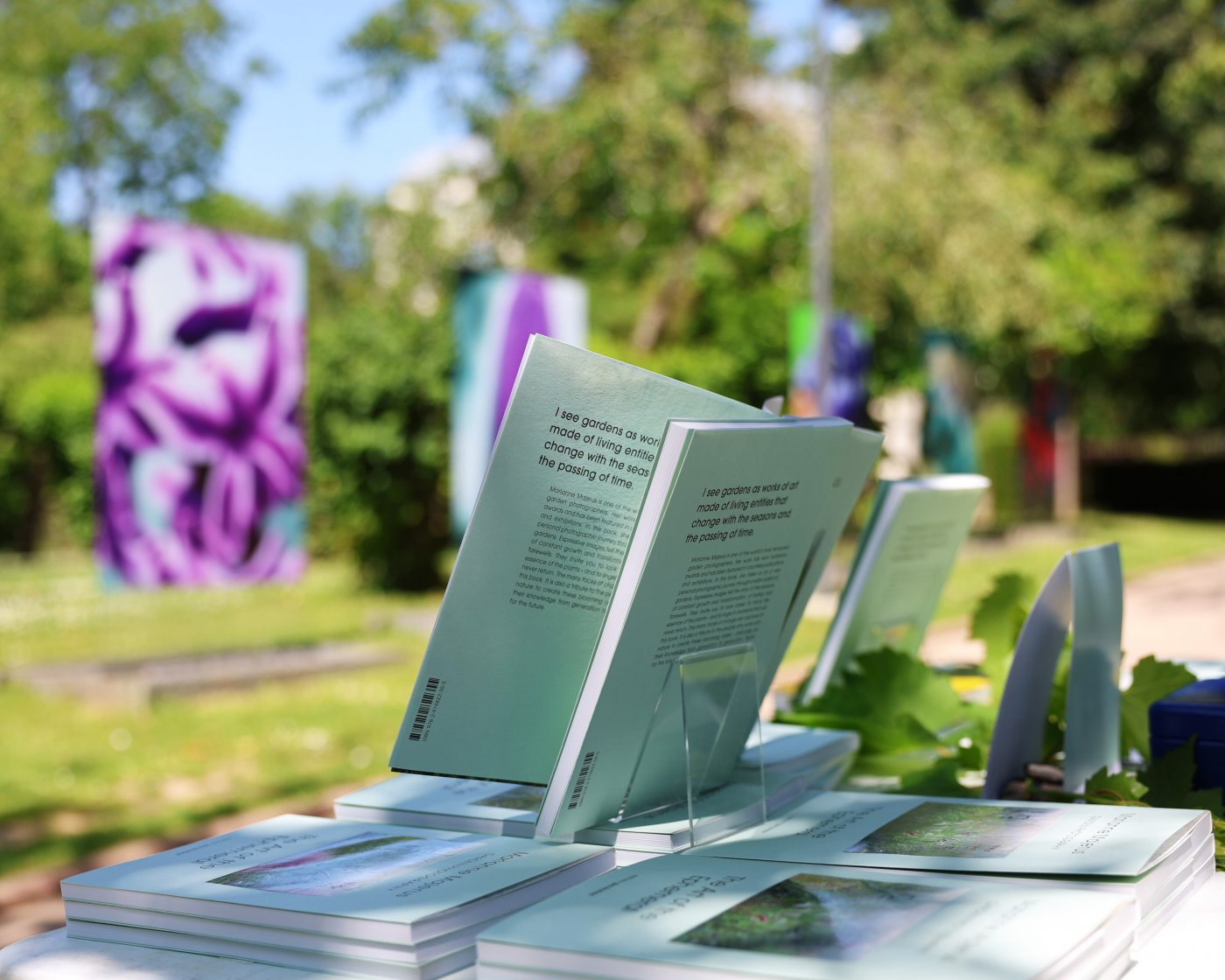
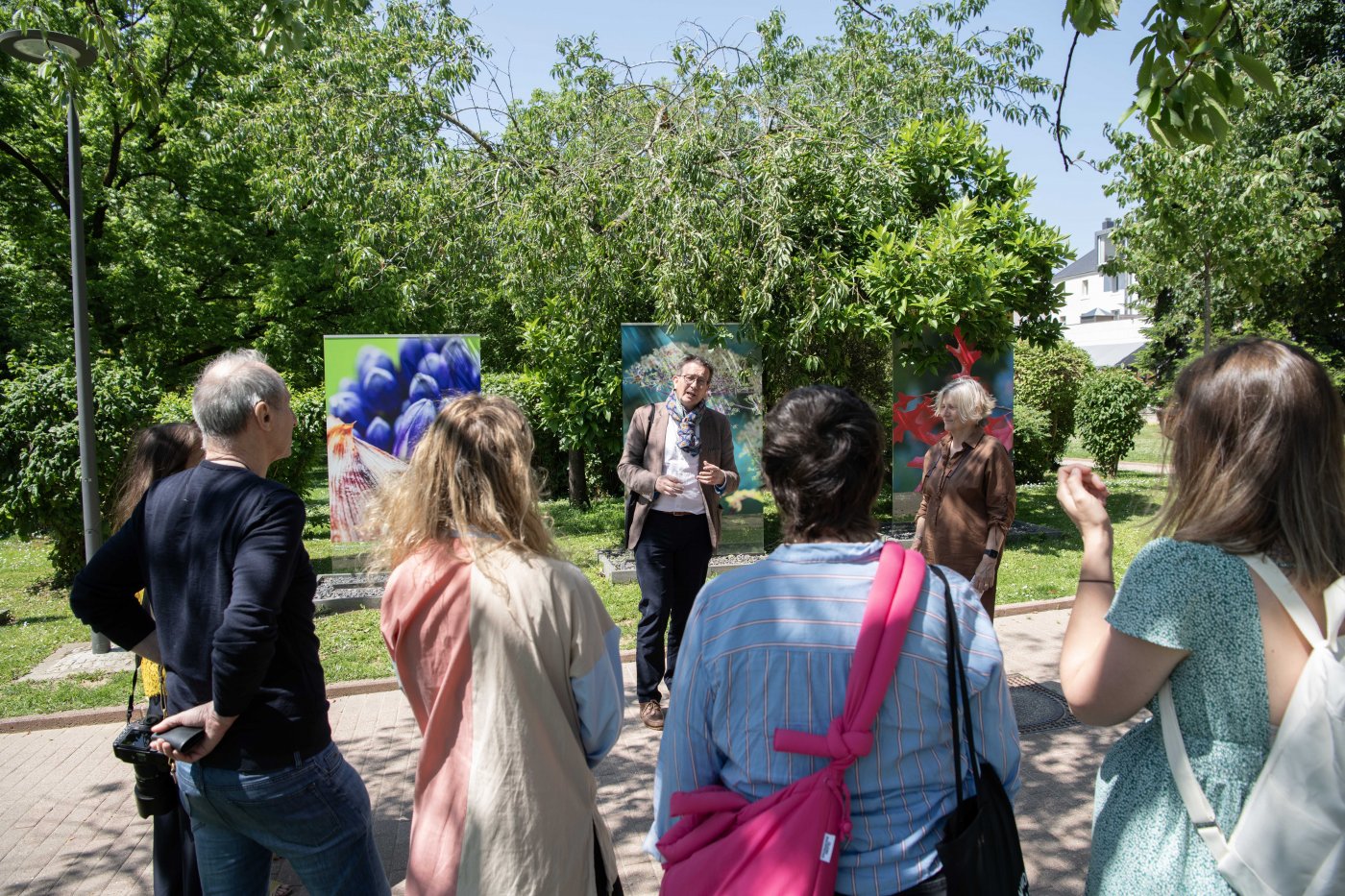
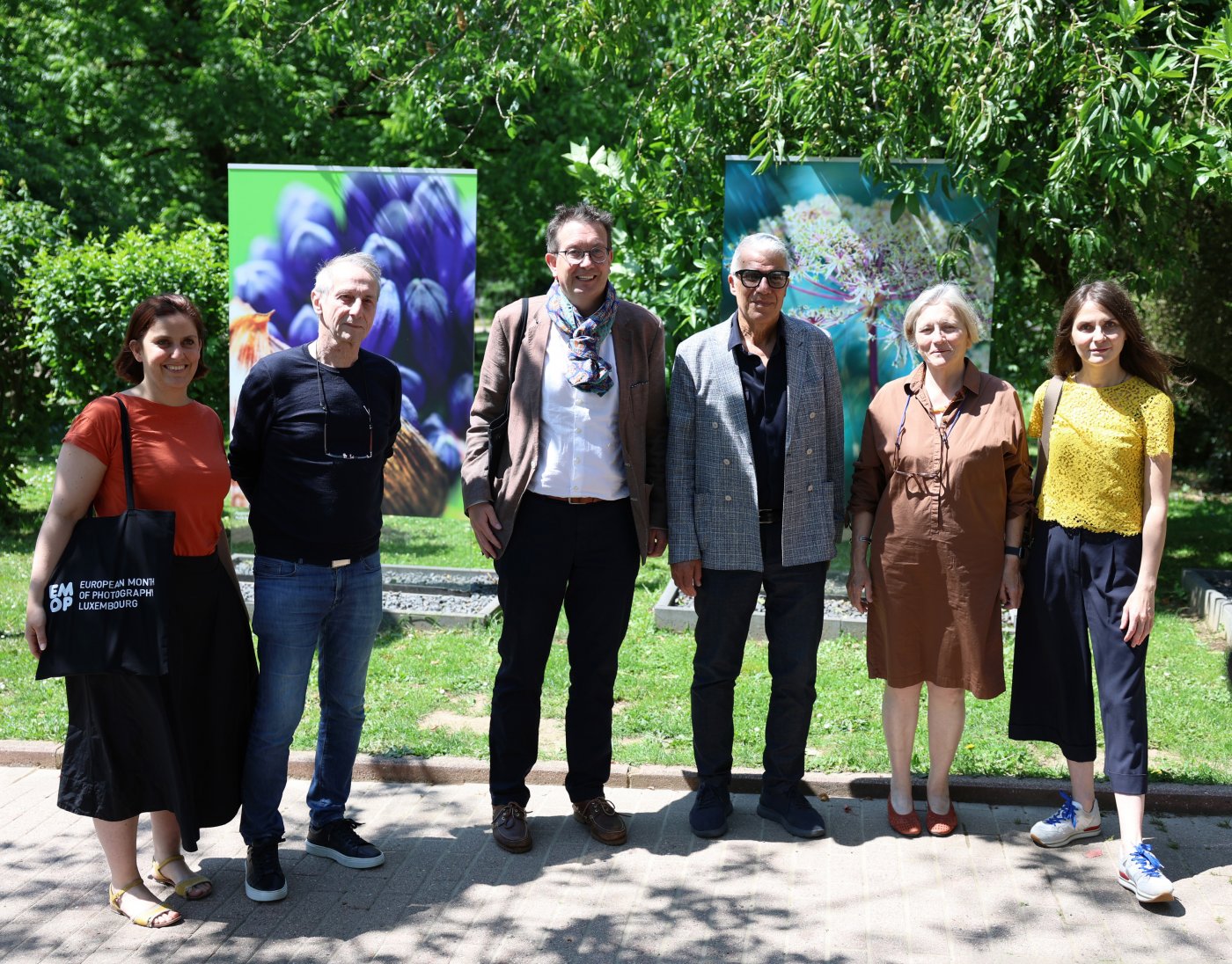
"ÉIERLECH."
The photo exhibition "ÉIERLECH." by Luxembourg photographer Tom Jungbluth revolves around the notion of honesty, something that is intrinsic to the artist's approach to photography.
What does it mean to be honest? When are we truly honest? How do you make honesty visible? In his work, Tom Jungbluth affirms how honesty and authenticity give a snapshot that sense of emotional depth. These qualities allow the artist to capture a moment that is real, stopping the viewer and immersing them in the moment surrounding the image.
Through a series of 16 intimate portraits shot with a Mamiya RB67, Tom Jungbluth invites the public to reflect on the importance of honesty and trust, inviting viewers to immerse themselves in these images and seek the story behind each face. For the artist, it is only in moments of great trust that we reveal the hidden sides of ourselves. The images have undergone only minimal editing in order to preserve the raw immediacy of the moment. For Tom Jungbluth, the strength of photography as an art form lies in its ability to leave room for interpretation, inviting the public to reflect on the beauty, complexity and depth of human relationships.
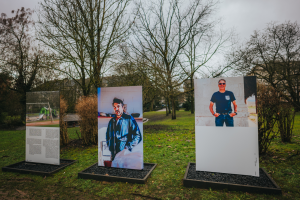
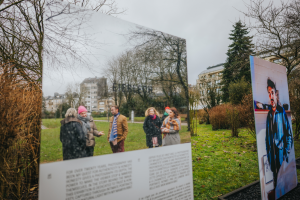
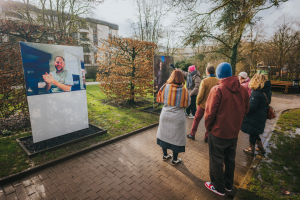
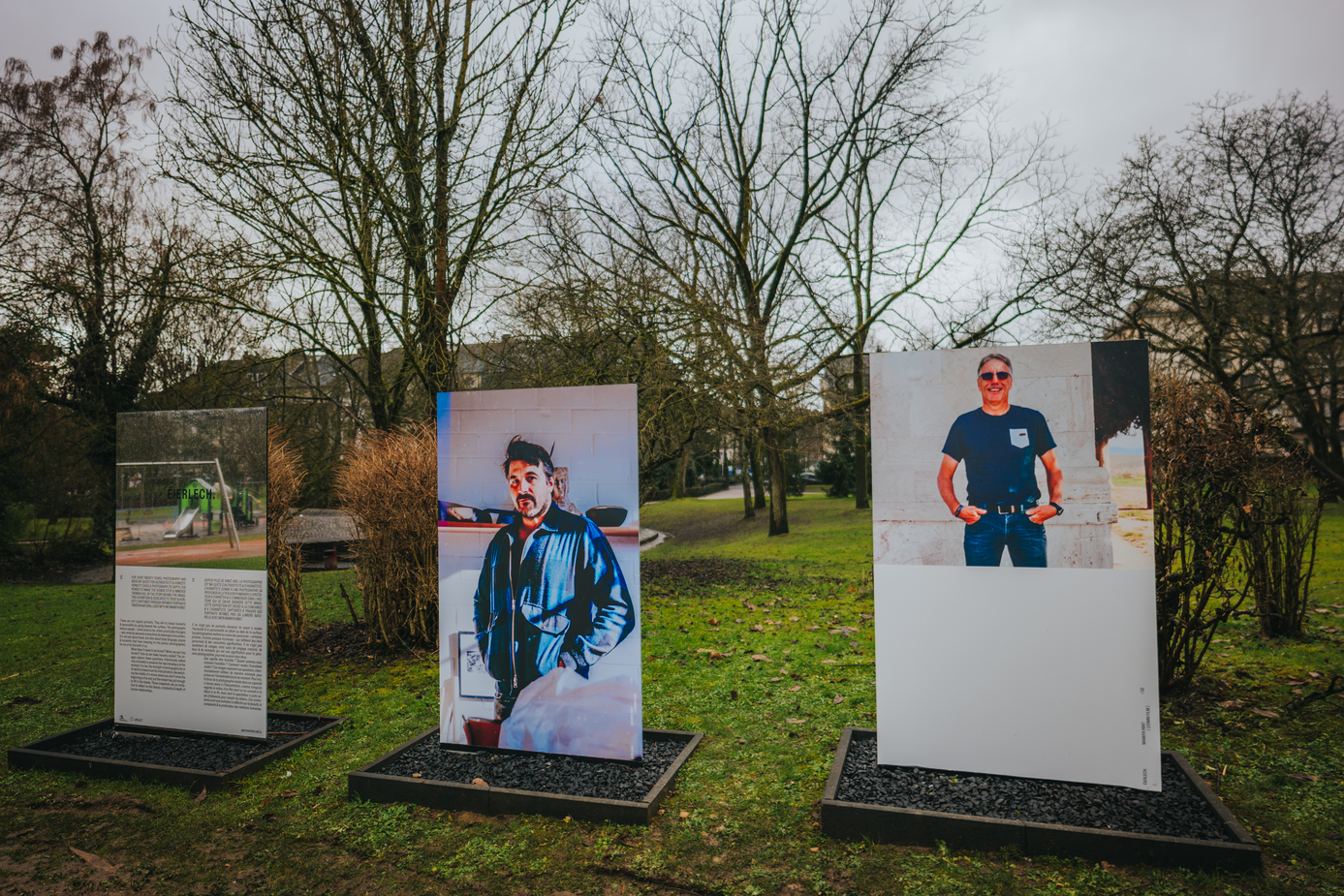
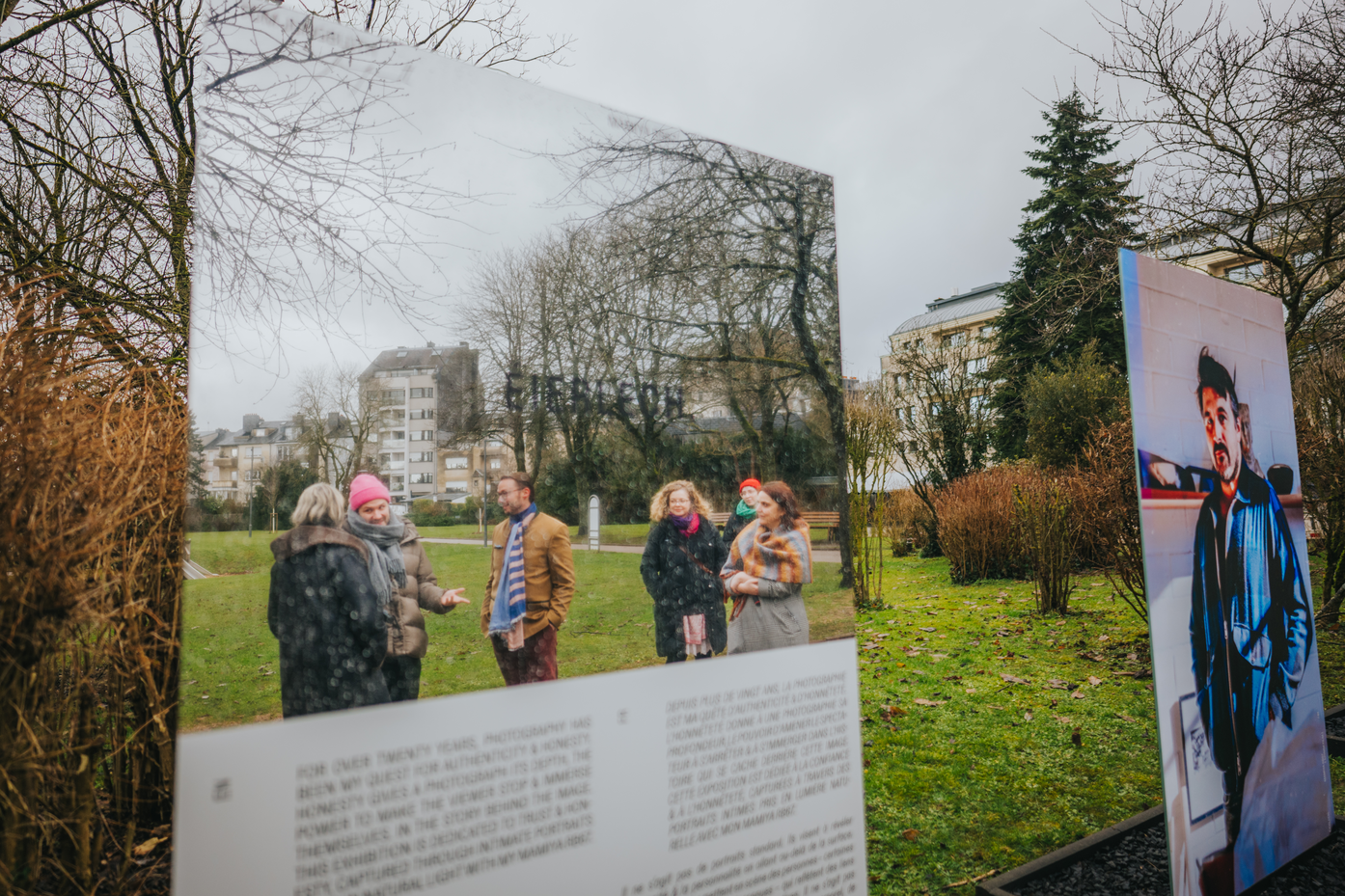
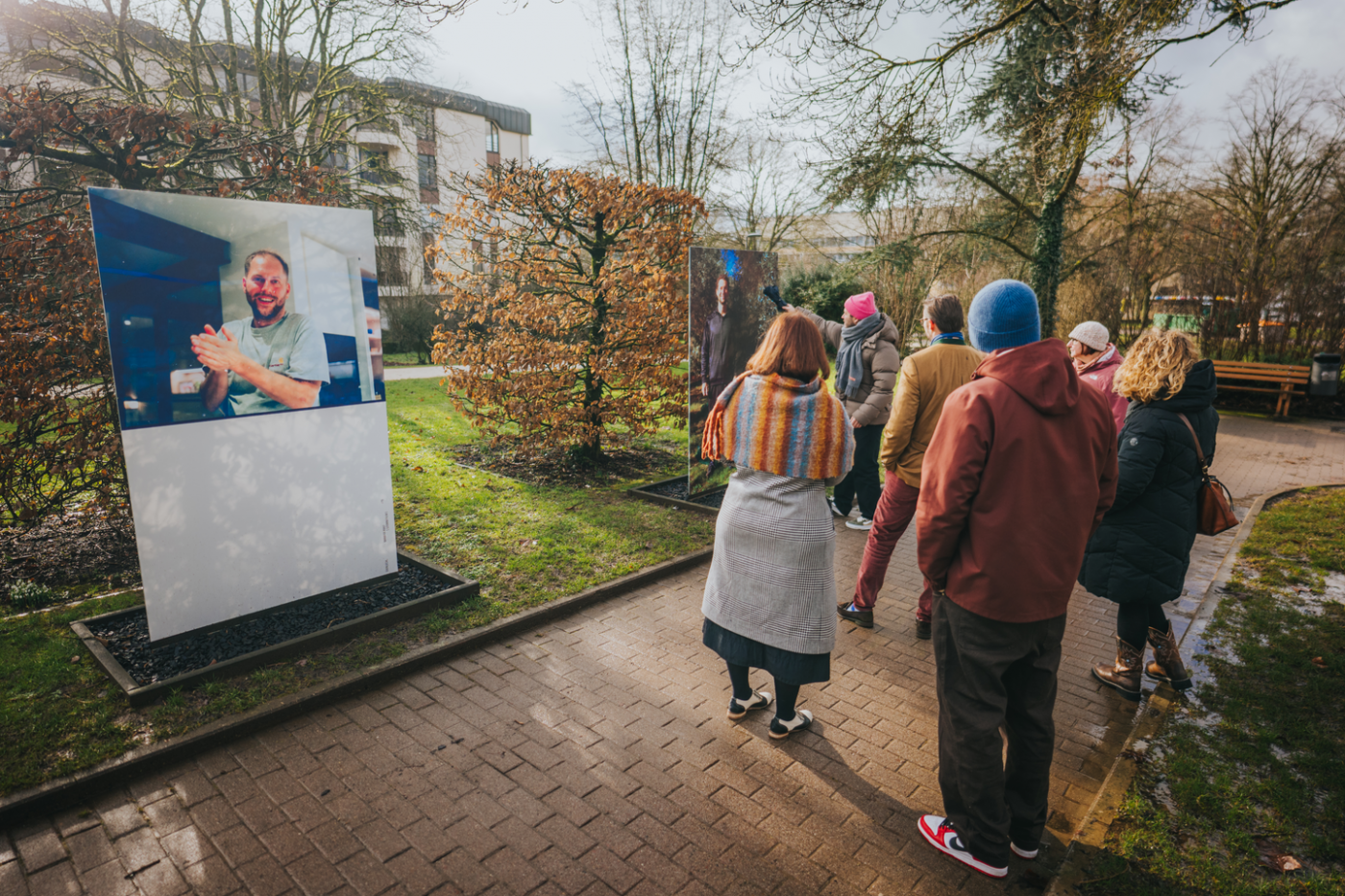
"Inégalités & Injustices"
The theme of the "Inégalités & Injustices" exhibition refers to the unequal distribution of wealth as perceived by students at the Athénée de Luxembourg, a phenomenon that reinforces existing social inequalities and fuels feelings of injustice.
The exhibition was created by students from 3CE (Plastic Arts section) and 4C-Développement classes as part of the Development Project, supported by the European Commission Representation in Luxembourg and the UNESCO Associated Schools Network. Under the guidance of their teachers Valérie Sassel and Christophe Wilwert, the students took inspiration from the photographic works of Eilo Elvinger. The students were asked to explore the injustices and inequalities they see in their daily lives in connection with the 17 UN Sustainable Development Goals: using their cell phones, the budding young artists captured moments from our daily lives relating to themes such as world hunger, war, the ecological transition and education.
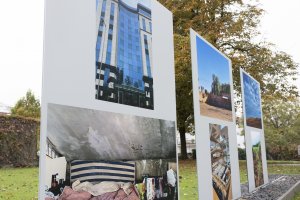
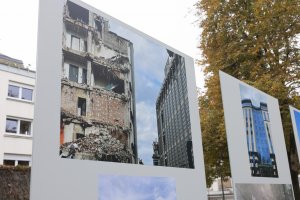
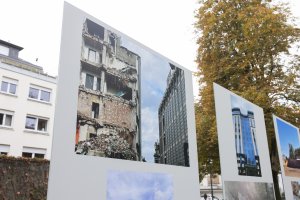
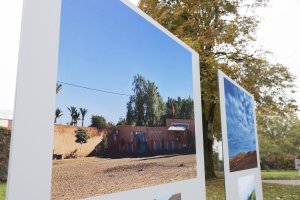
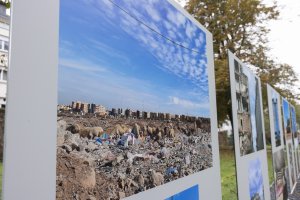
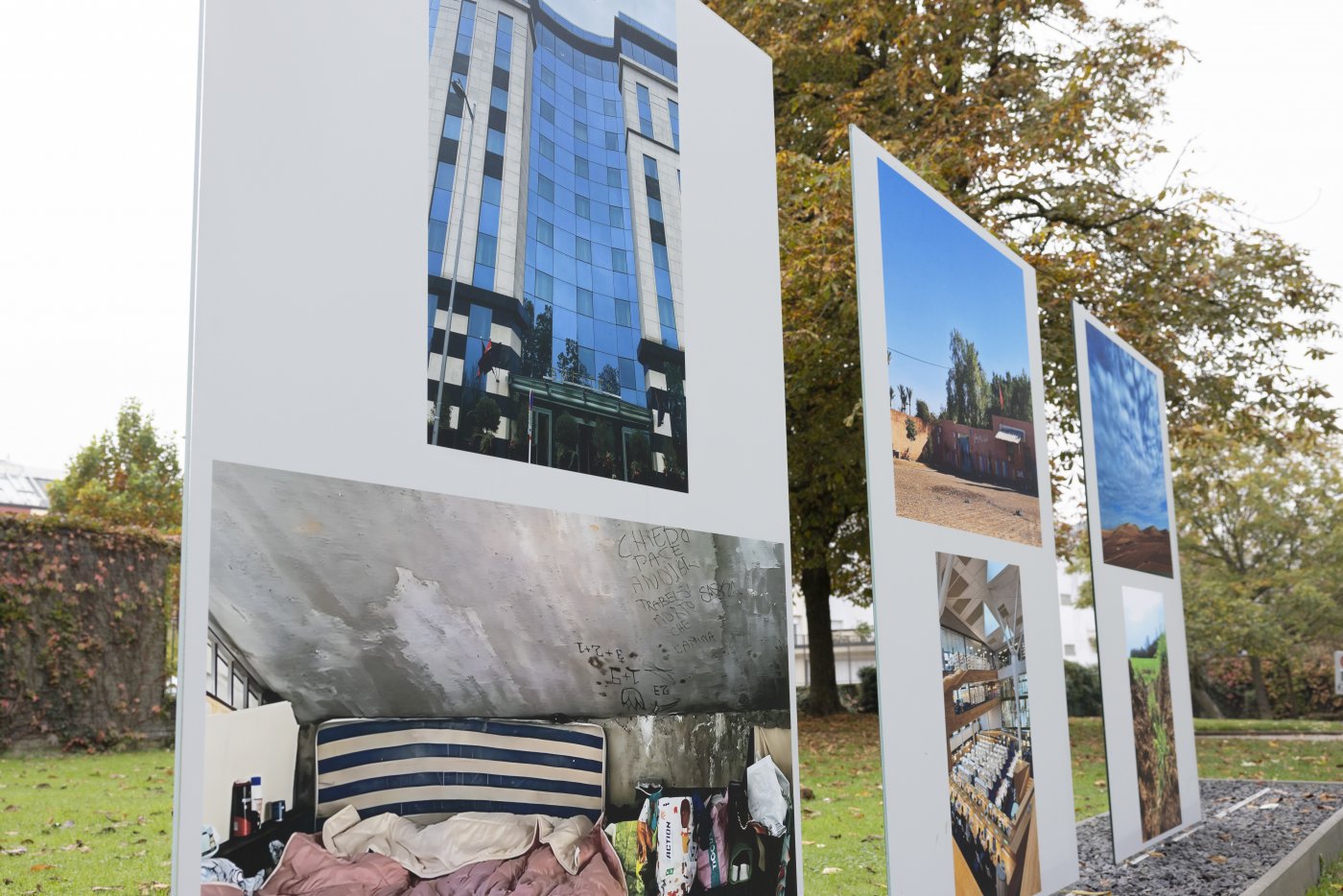
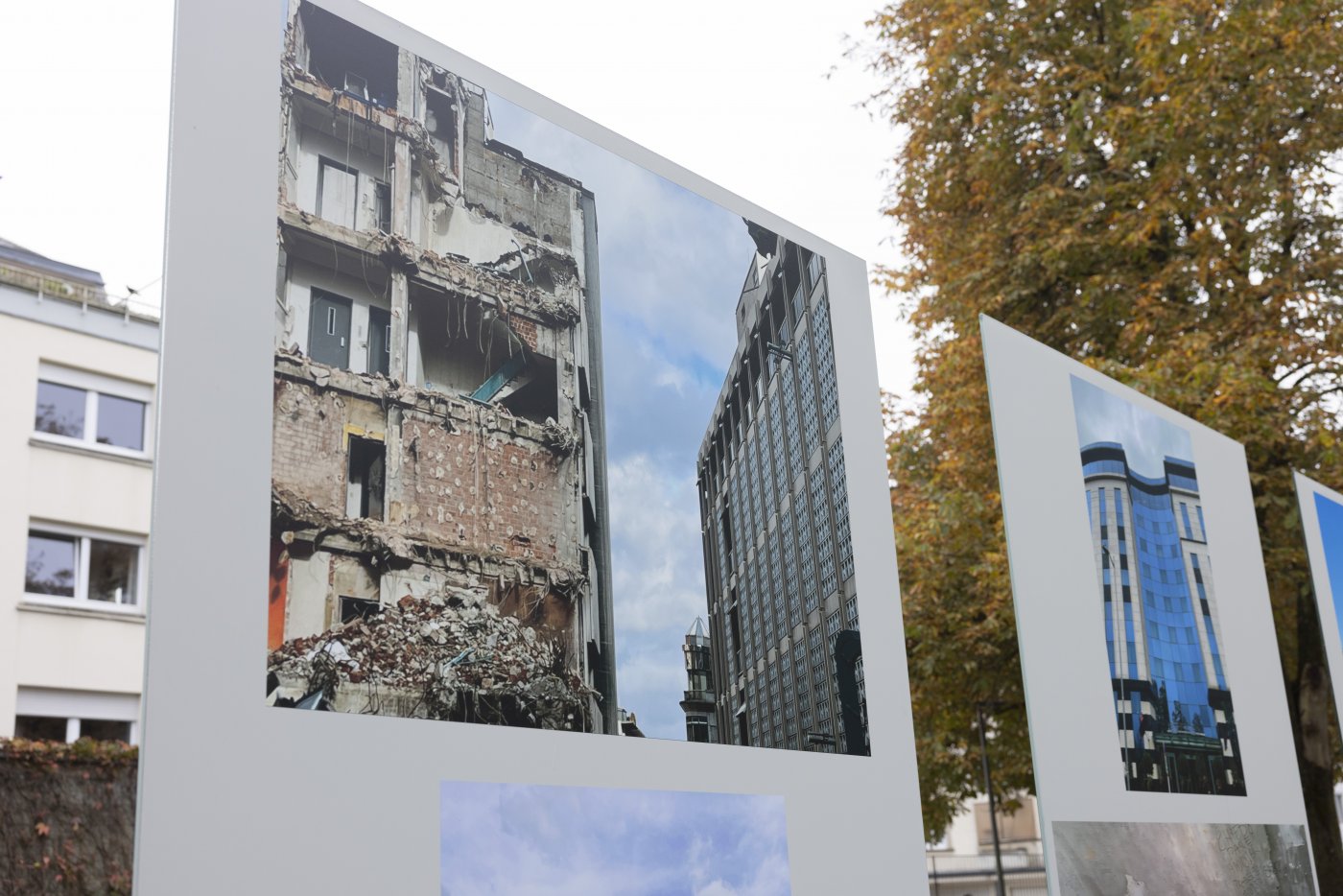
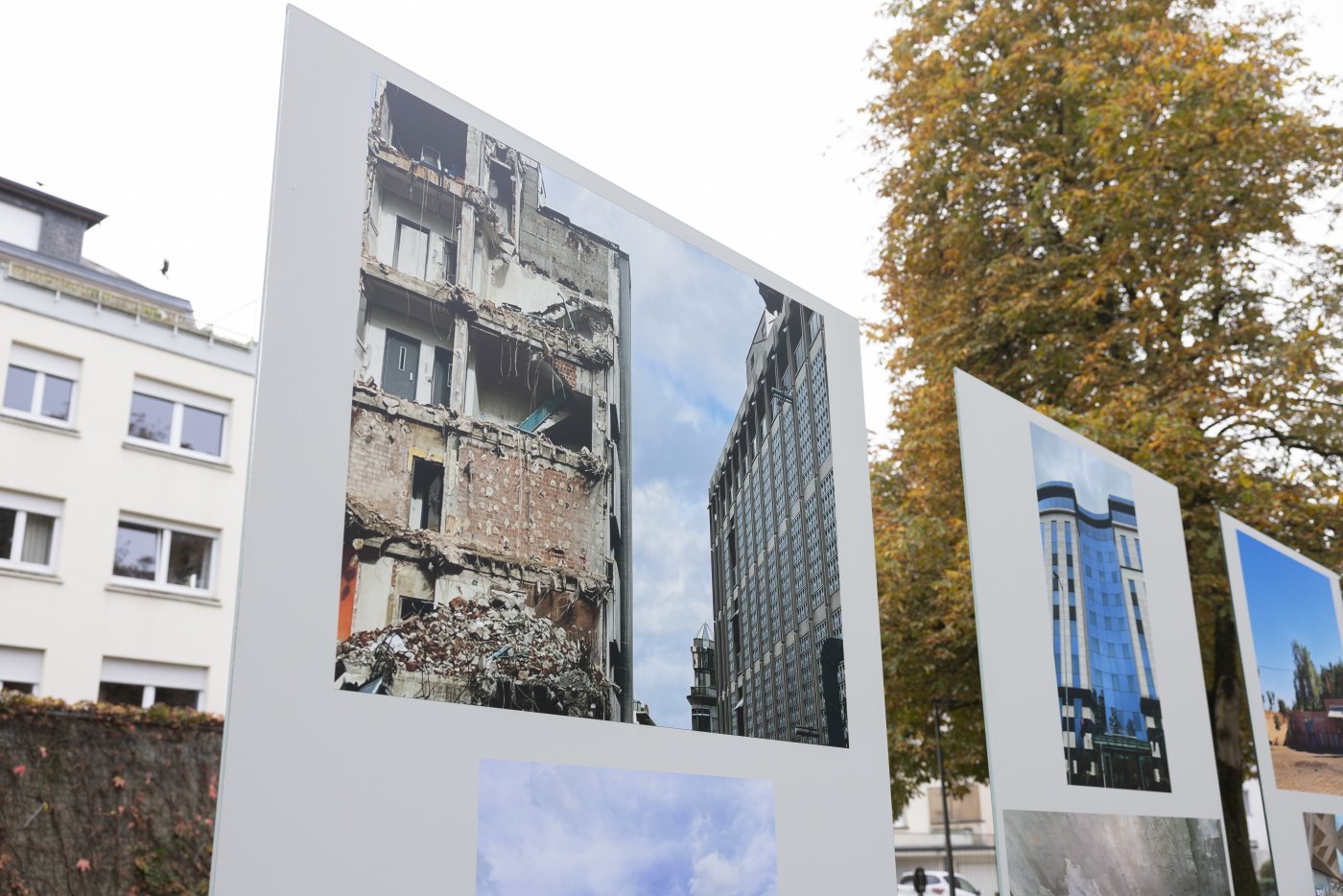
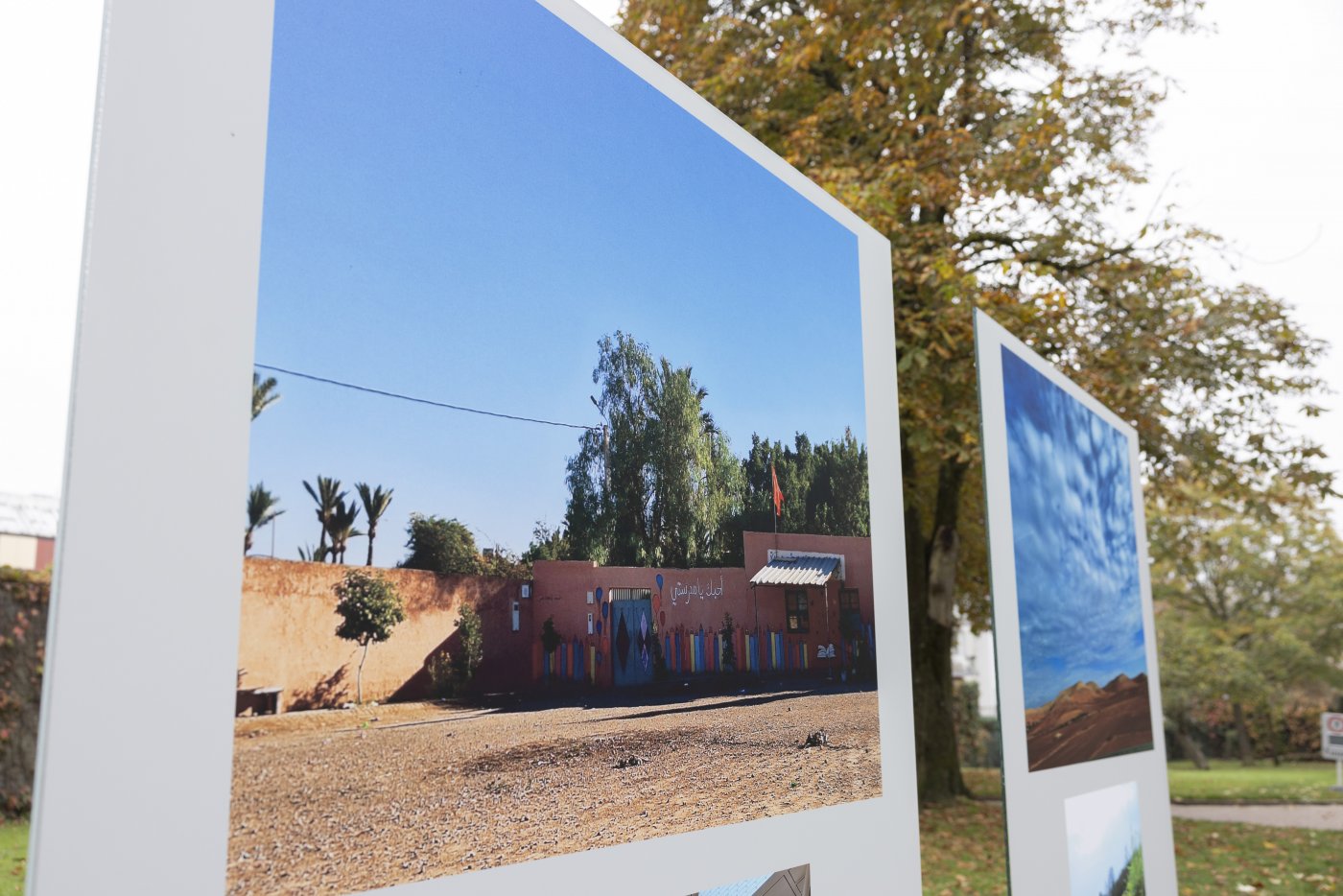
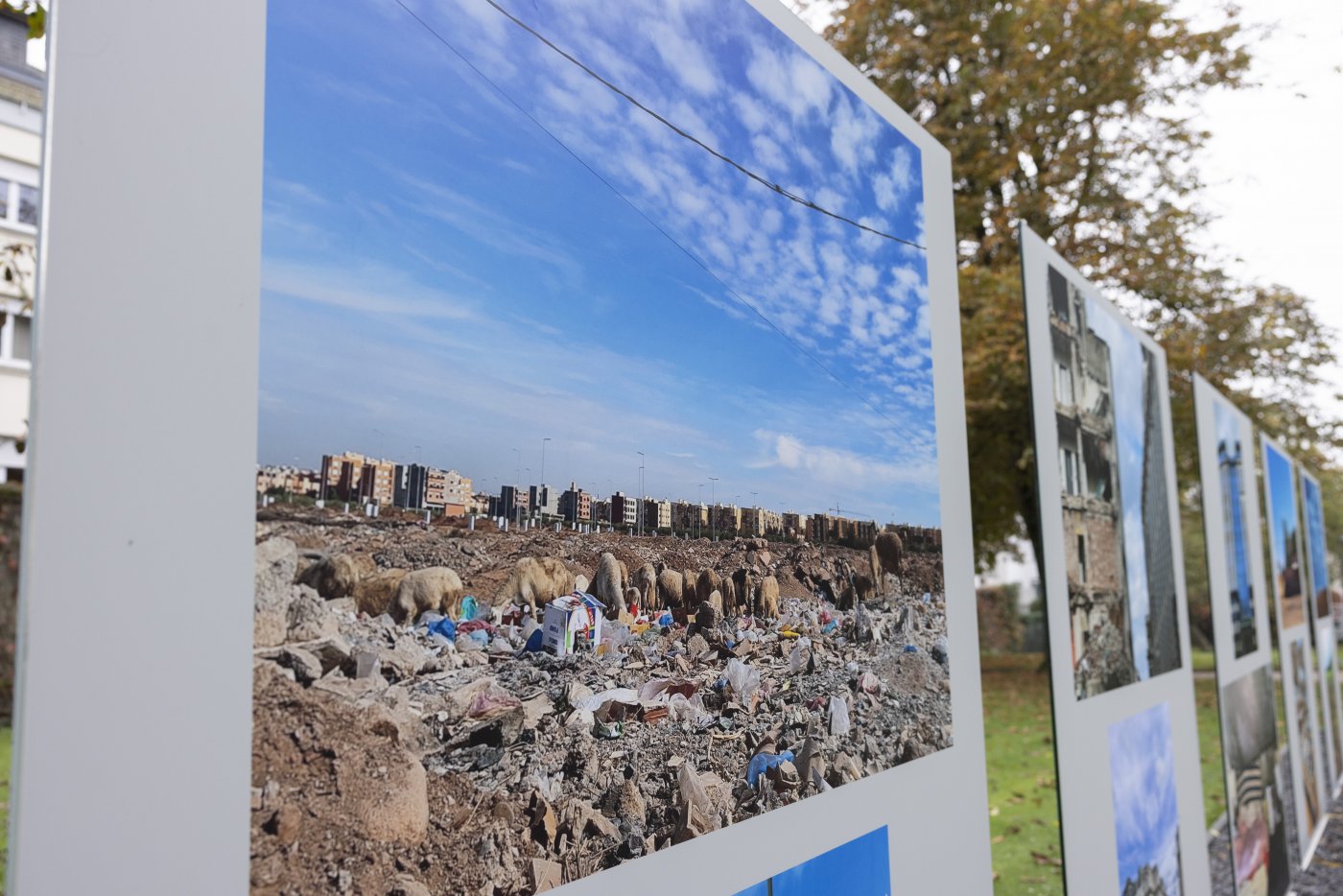
Michel Medinger
Michel Medinger is celebrated for his many photography series, in particular his black-and-white still lifes. As a self-taught painter, photographer and collector, he has explored numerous photographic techniques, even inventing chemical mixtures, and throughout his career he has worked with black-and-white photography, Cibachrome and Polaroids. By combining these methods with his deep passion for painting, the art form he first mastered, Michel Medinger has created a singular style, staging objects from his collection in the form of still lifes, reminiscent of 16th-century curiosity cabinets.
Two of his photo series are on display at Merl Park: the "Pompes à essence" series as well as one showing sports objects, testifying to Michel Medinger's passion for sport – he competed in the 1964 Tokyo Olympic Games in track and field.
The petrol pumps of a bygone era, captured by Michel Medinger's lens in the 1980s and '90s, are the subject of this photo series. Through careful examination and a sharp eye, Michel Medinger captures these contrasts harmoniously, awakening a sense of nostalgia in the viewer.
The "Sport" series was created in the 2010s, making it a relatively recent work. By photographing objects from the world of sport, Michel Medinger combines his passion for physical activity with his love of photography. Through the play of light, the artist manages to lend a sculptural dimension to the objects, revealing traces of wear and tear while also emphasising that the objects have unique and captivating stories to tell.
In the two photo exhibitions, at the Hospice Civil de Hamm and at Merl Park, the curators showcase Medinger's mysterious world, choosing images that show the subtle humour with which the artist deals with themes such as ephemerality, vanity, human fragility and the eroticism of the body. These photos stem from the artist's own private collection and the collection of the National Audiovisual Centre. The decision to exhibit his private collection here was taken because the artist currently lives at the Hamm hospice.
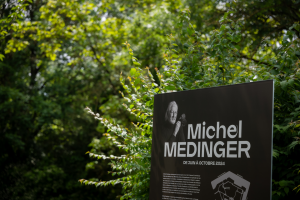
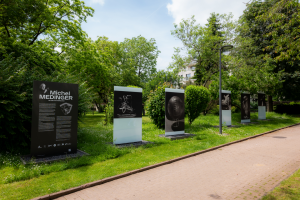
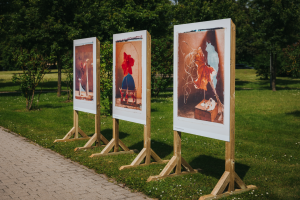
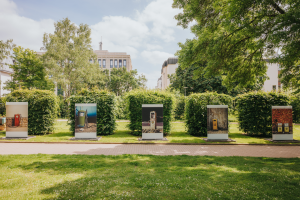
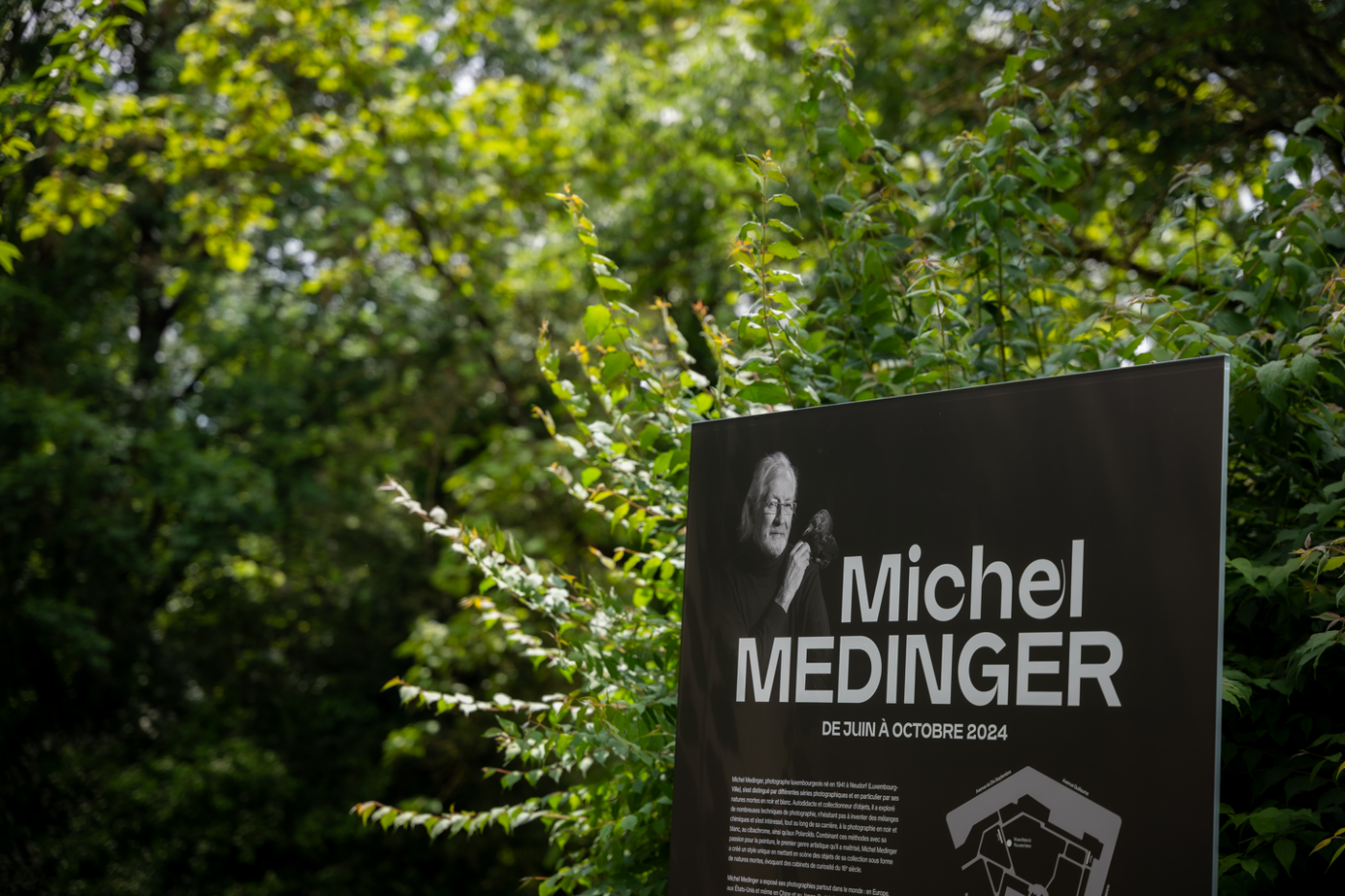
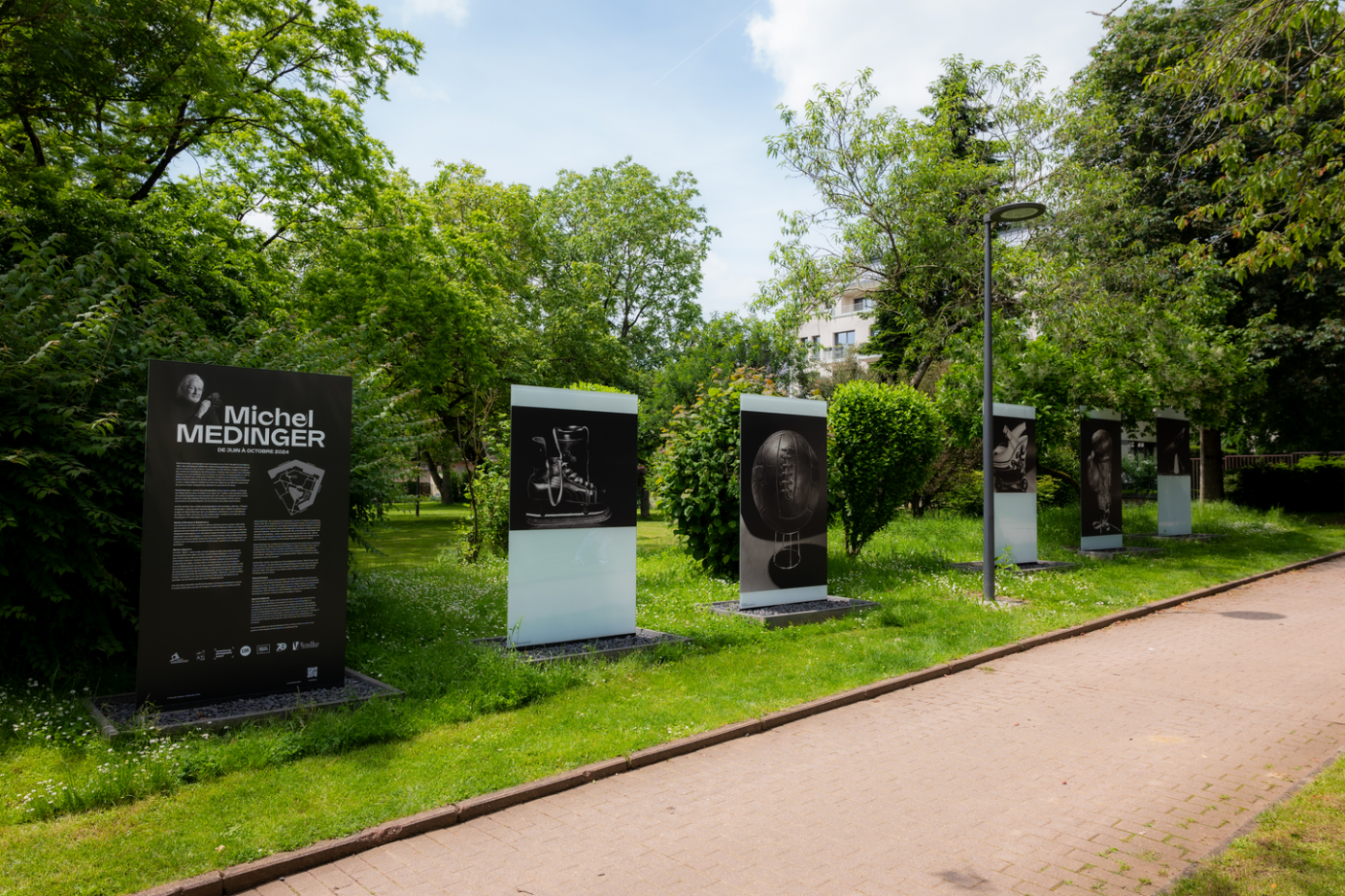
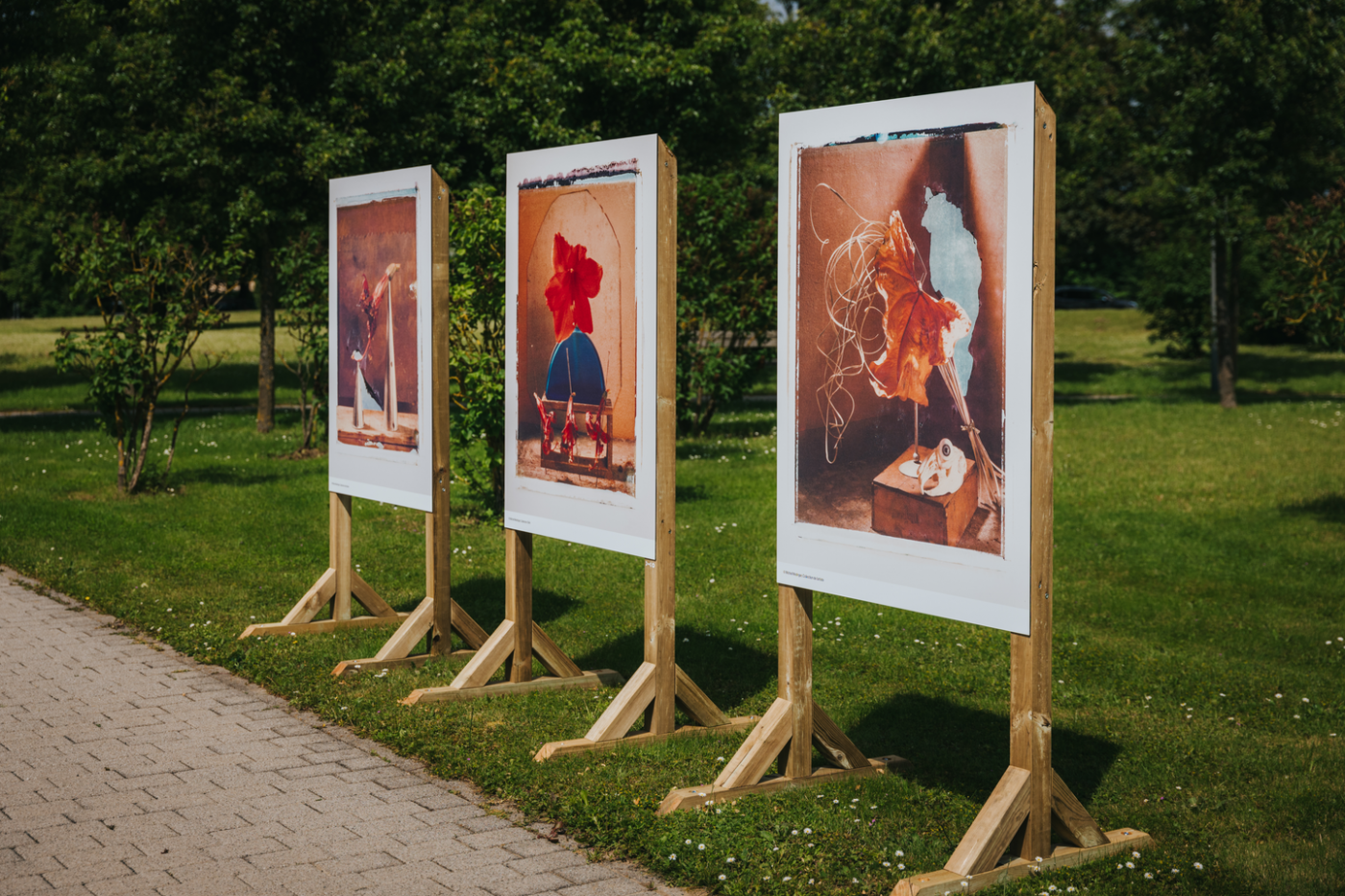
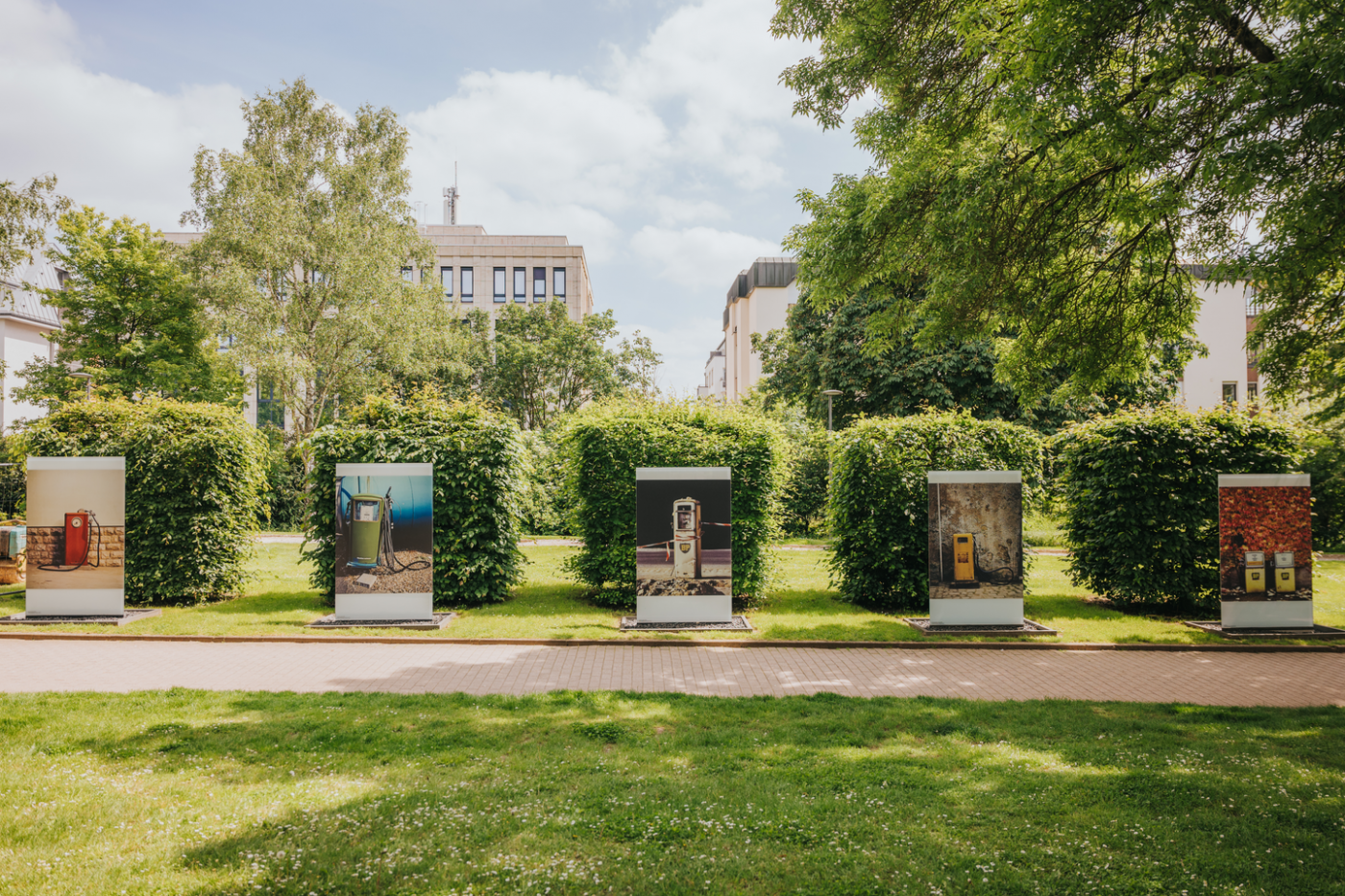
"The Women I Met"
Sophie Margue, who was born in Luxembourg in 1990, arranged these intimate photography sessions to spotlight women she has spent time with in the last few years. Some of the women are people she met in brief, one-day encounters, while others are long-time friends or women from her immediate family who have always been in her life. The connection she has with each of them is therefore unique. The photographer believes that these personal, intimate portraits of women also have the ability to resonate with viewers. The objective is to allow the women to speak for themselves, without words and without looking directly at the viewer, but instead expressing themselves through subtle, elegant movements.
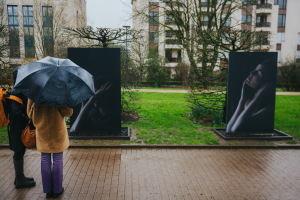
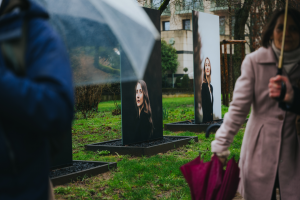
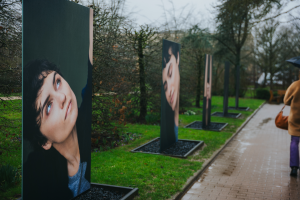
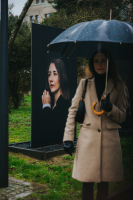
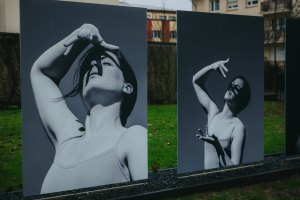
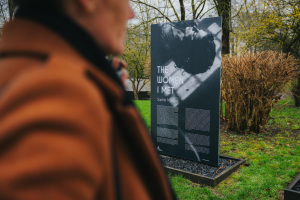
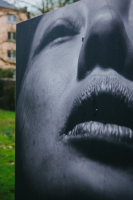
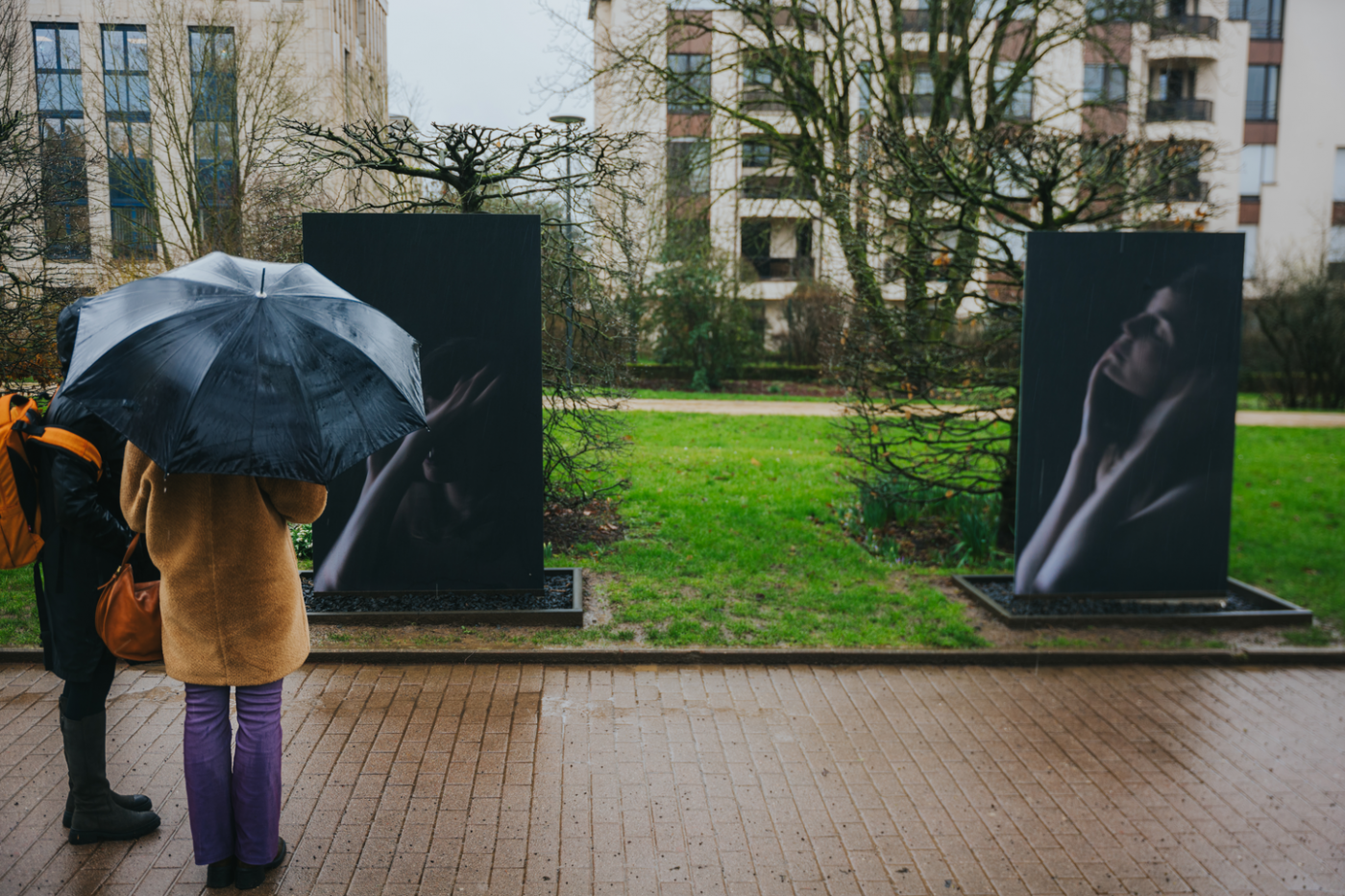
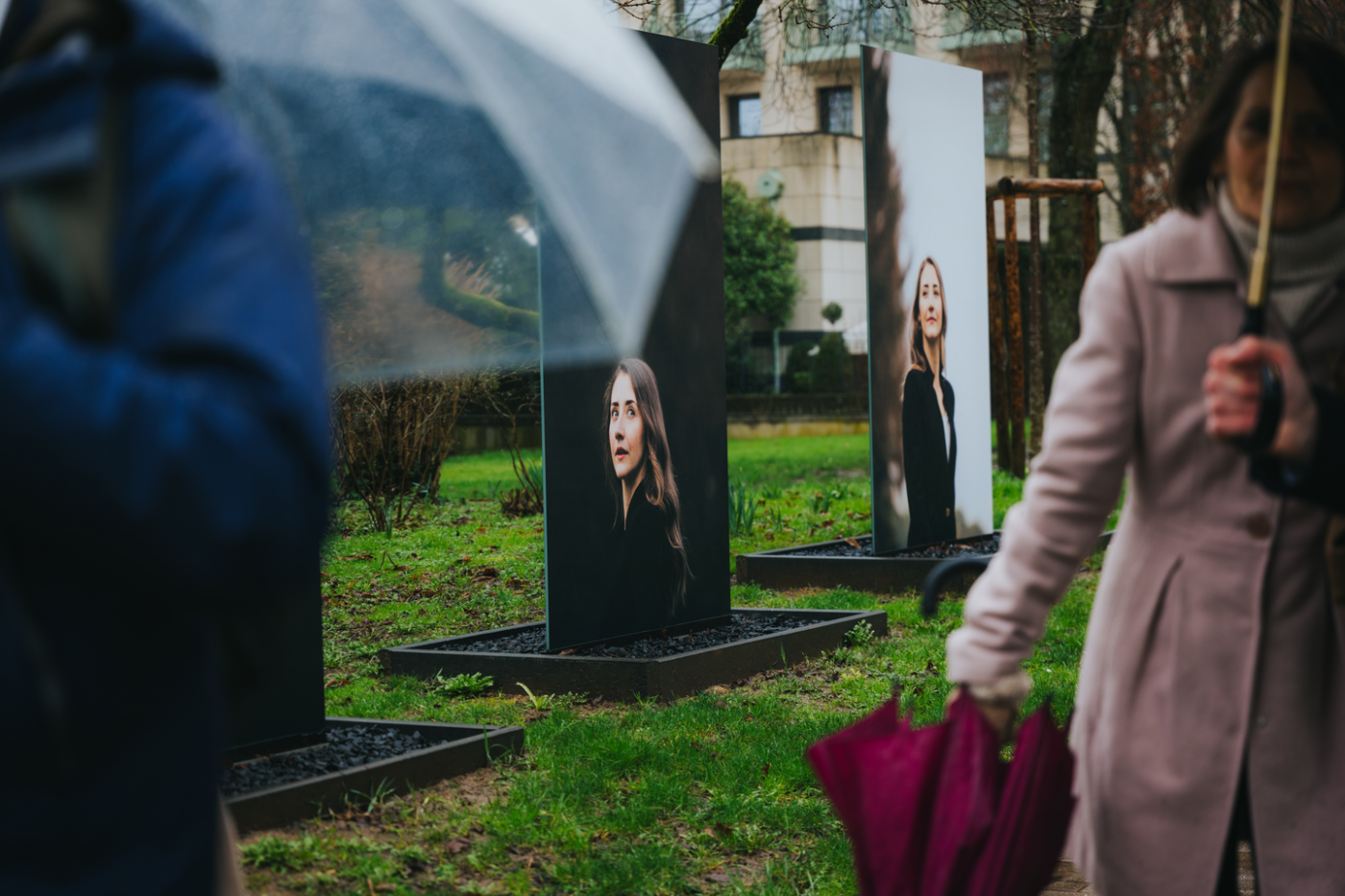
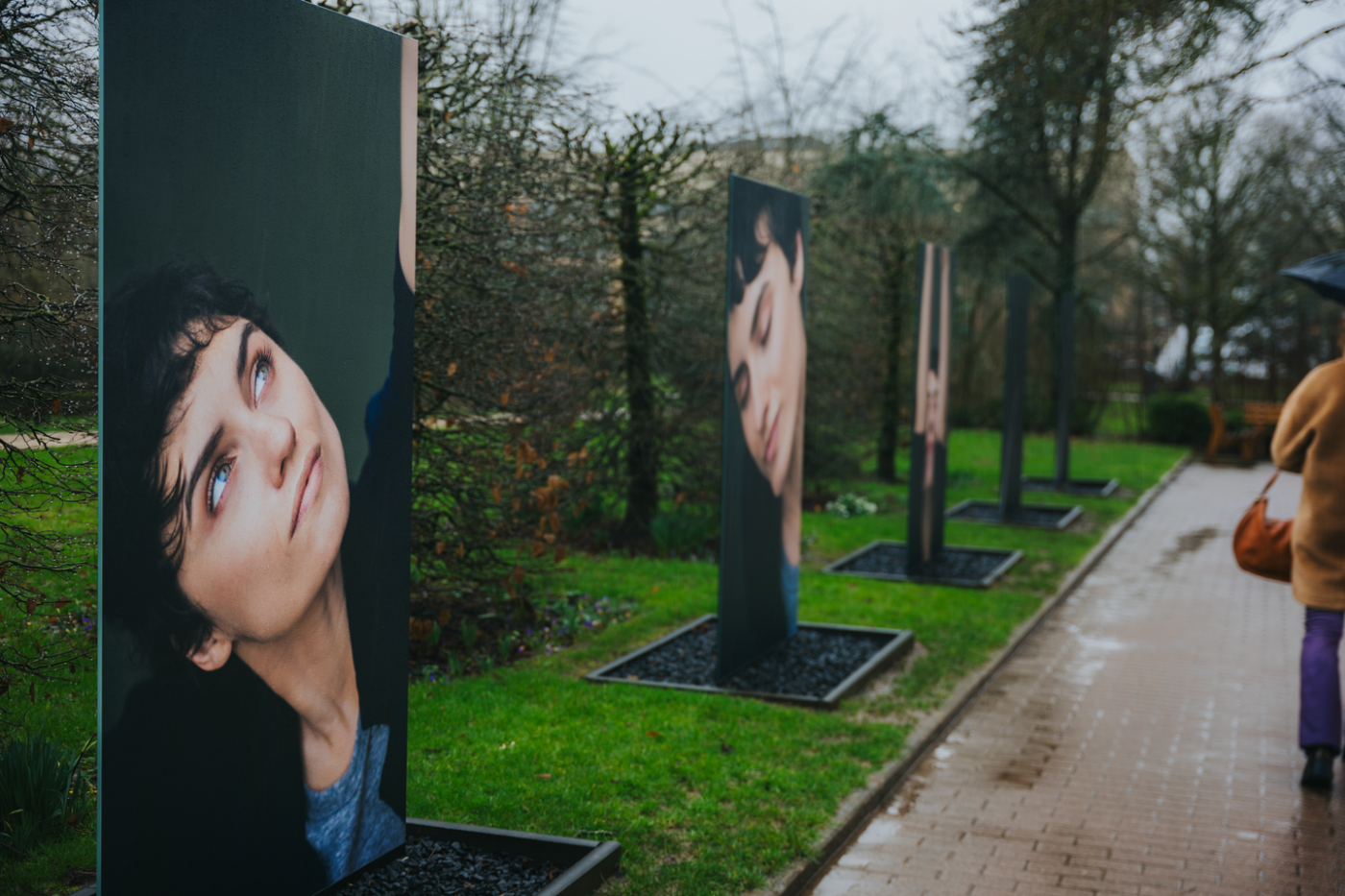
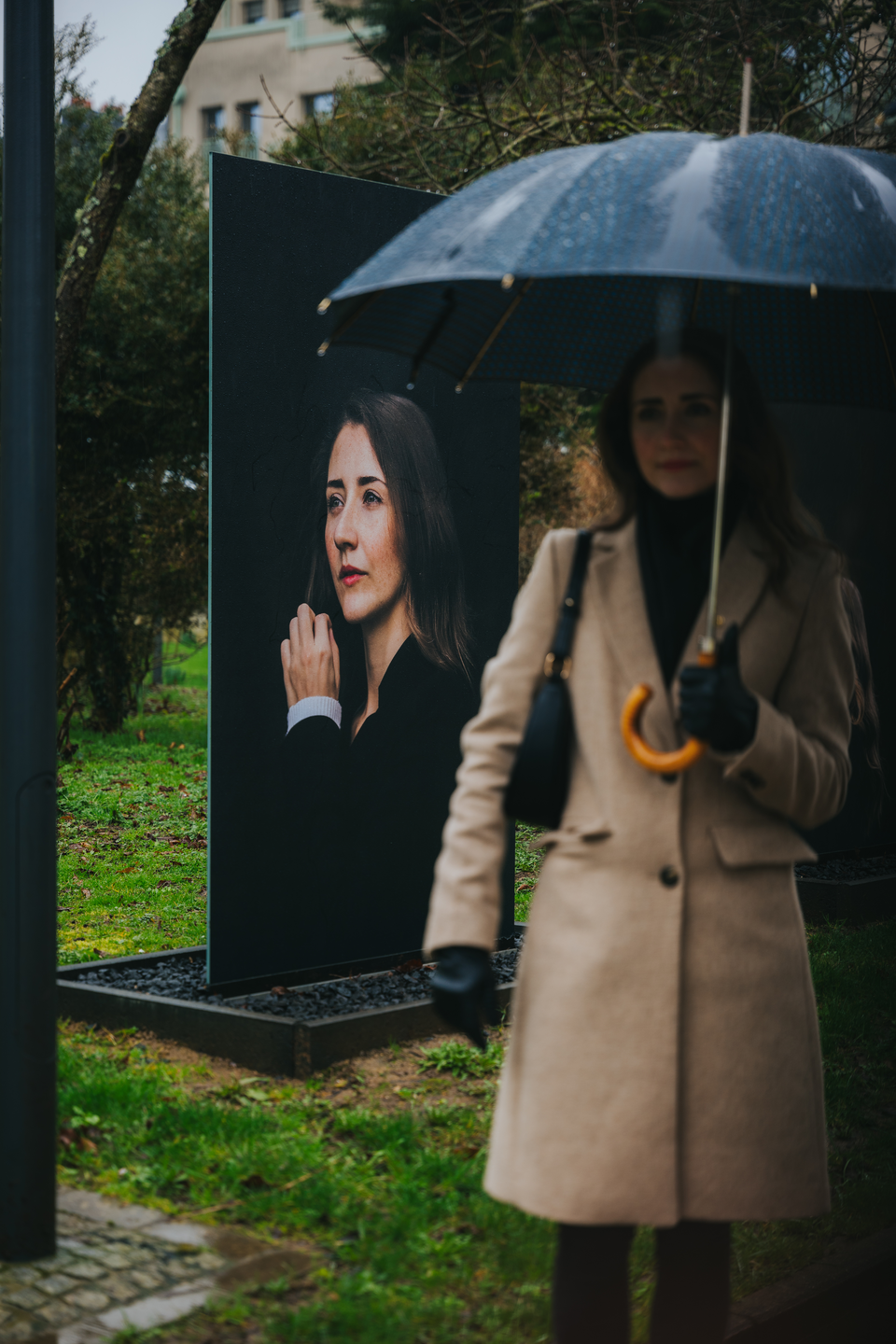
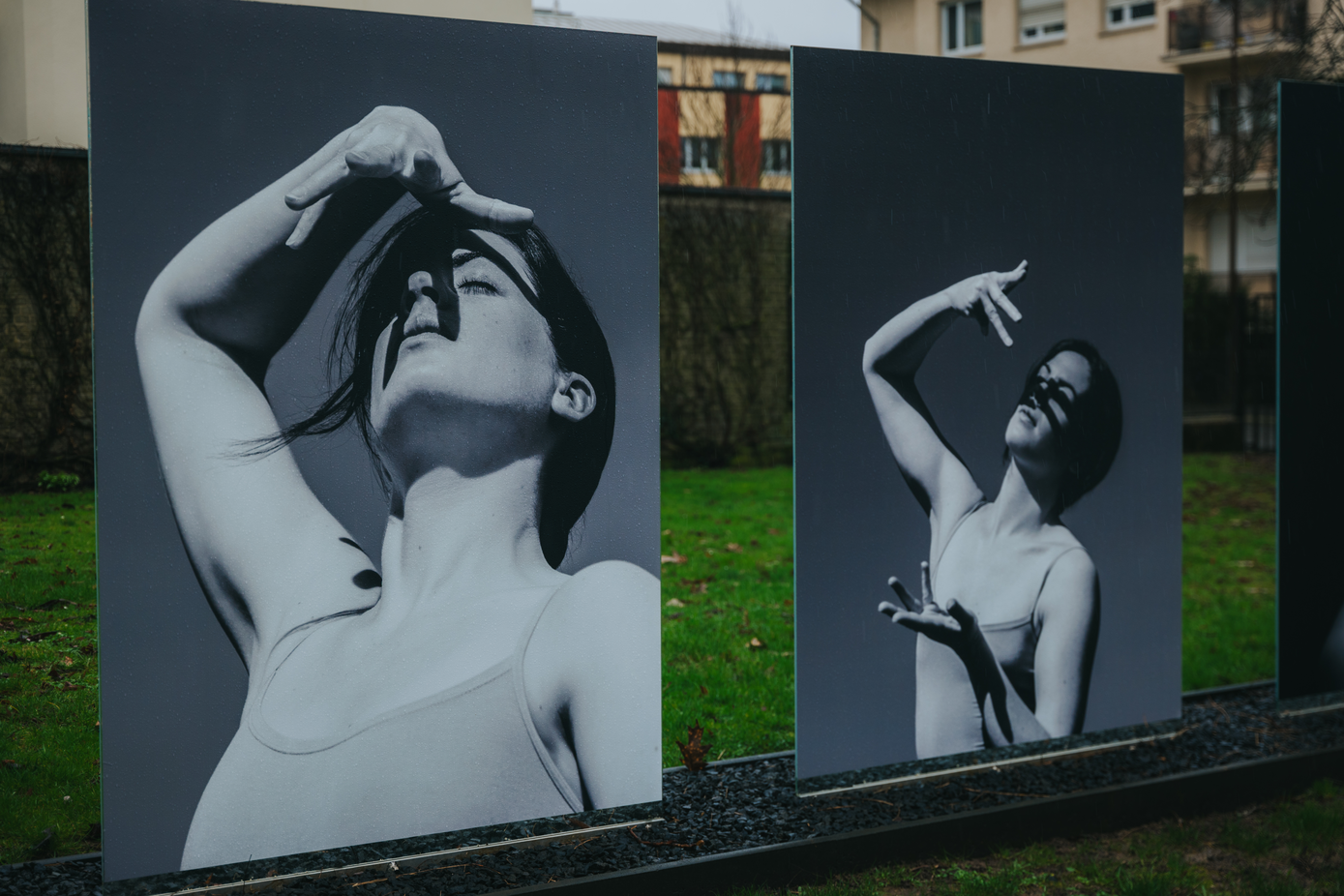
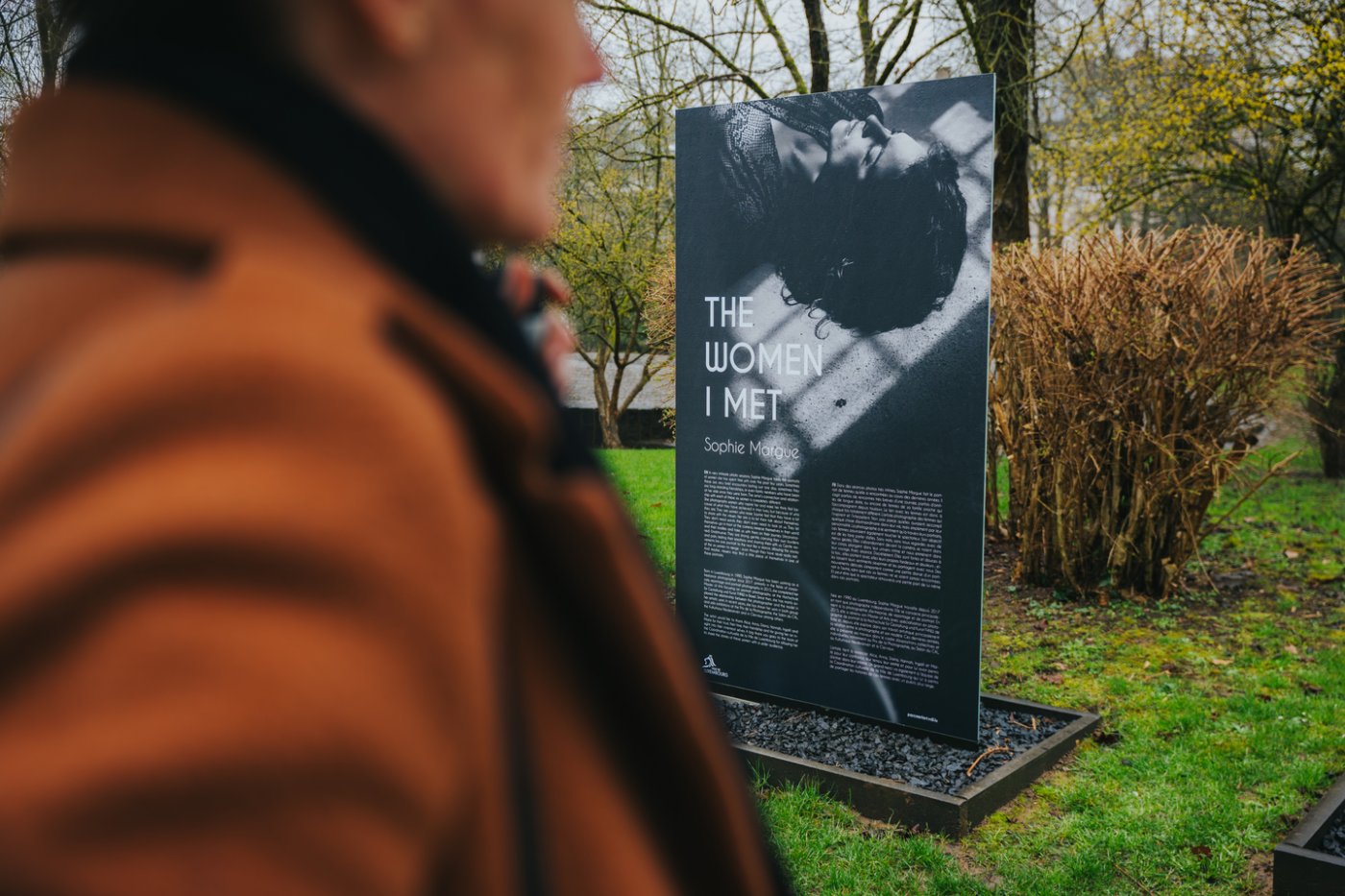
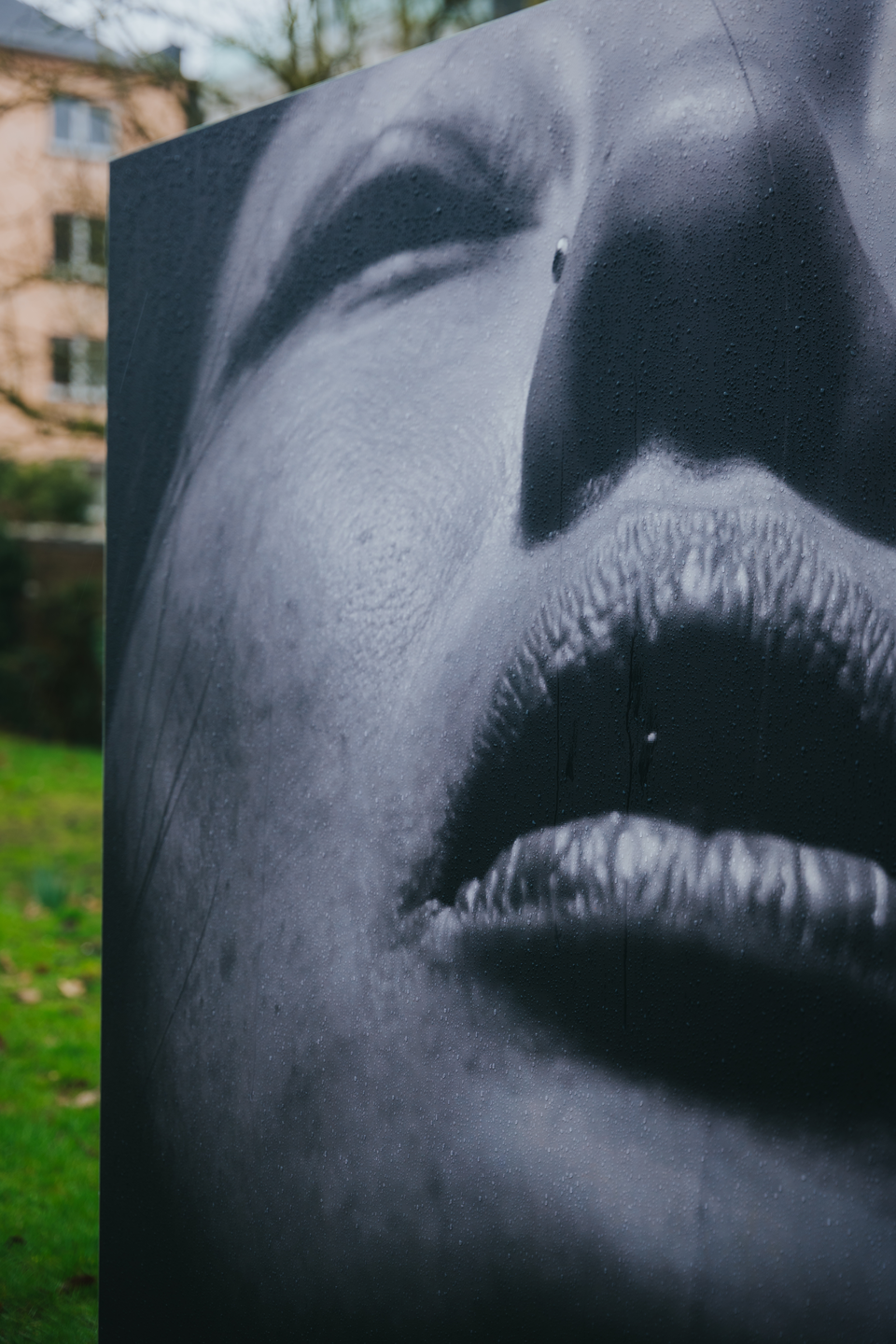
PRIVÉ-PUBLIC
The exhibition features a series of 16 photographs taken by students in Séverine Bauer’s photography elective class at Lycée Aline Mayrisch during the 2022–2023 school year.
The exhibition is a reflection on how we perceive our dwellings. With this idea as their starting point, the students explored the Hollerich and Merl districts, capturing the architectural details of the local residences, in particular windows, bay windows, balconies, garages and doors. As these opening serve as boundaries between dwellings' interior and exterior spaces, this prompted the students to question the notions of "public" and "private". To capture the more intimate aspect of what is considered private, the budding photographers added geometrical shapes to their photographs, evoking the idea of protective screens. In a nod to the geometrical aesthetic created by the shapes, the series also features photos of streets and pavements.
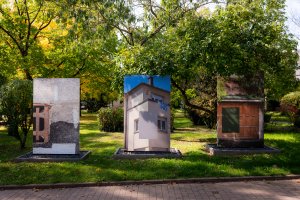
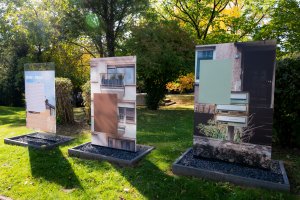
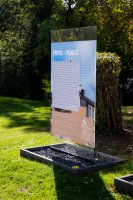
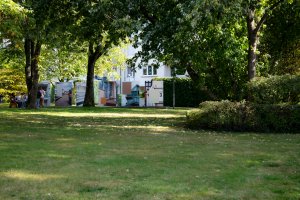
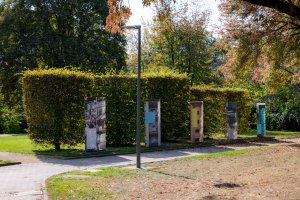
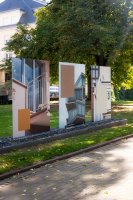
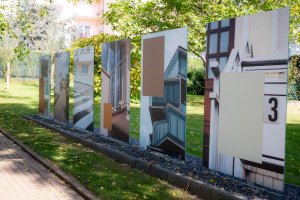
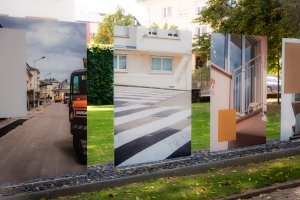
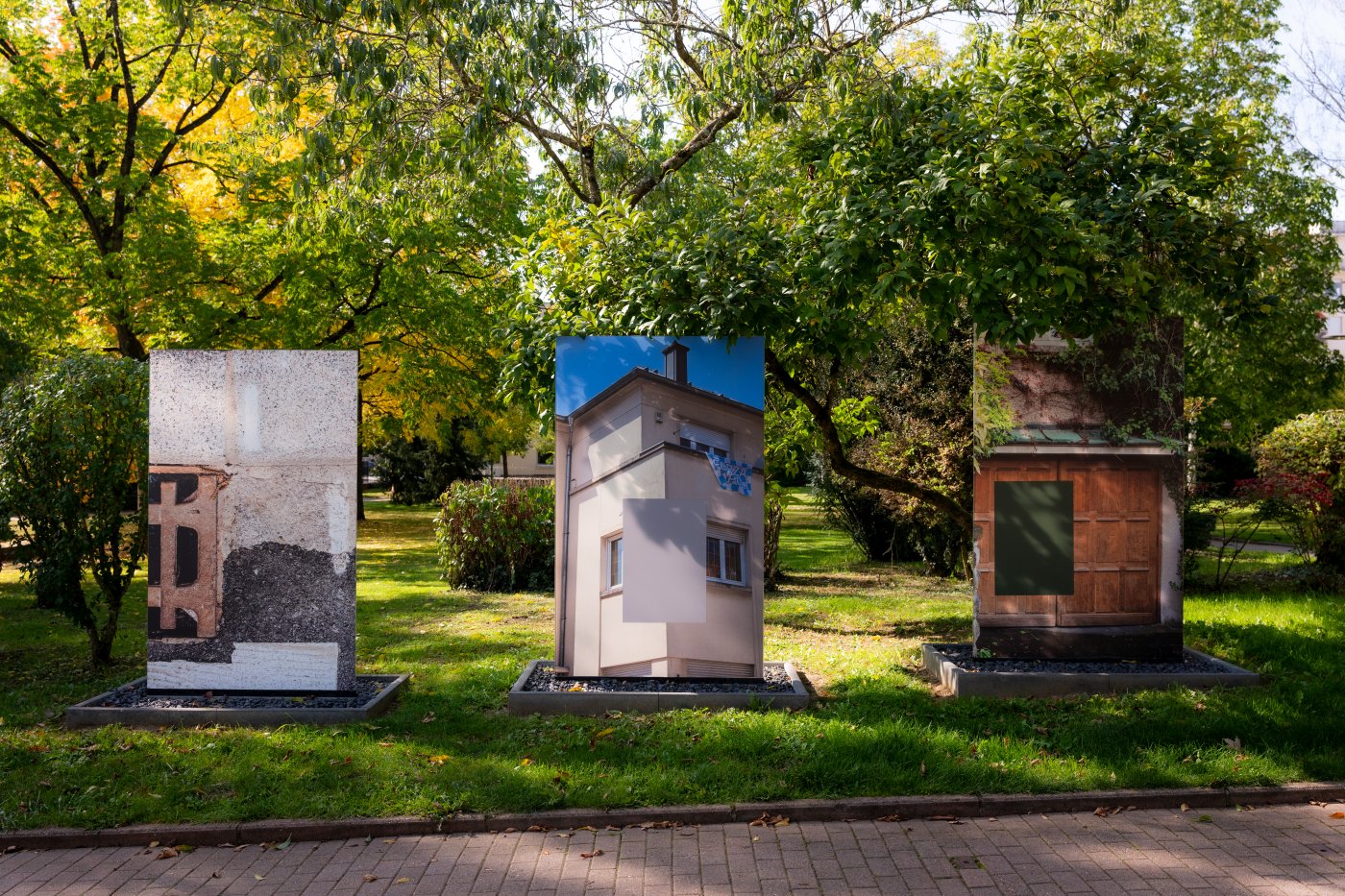
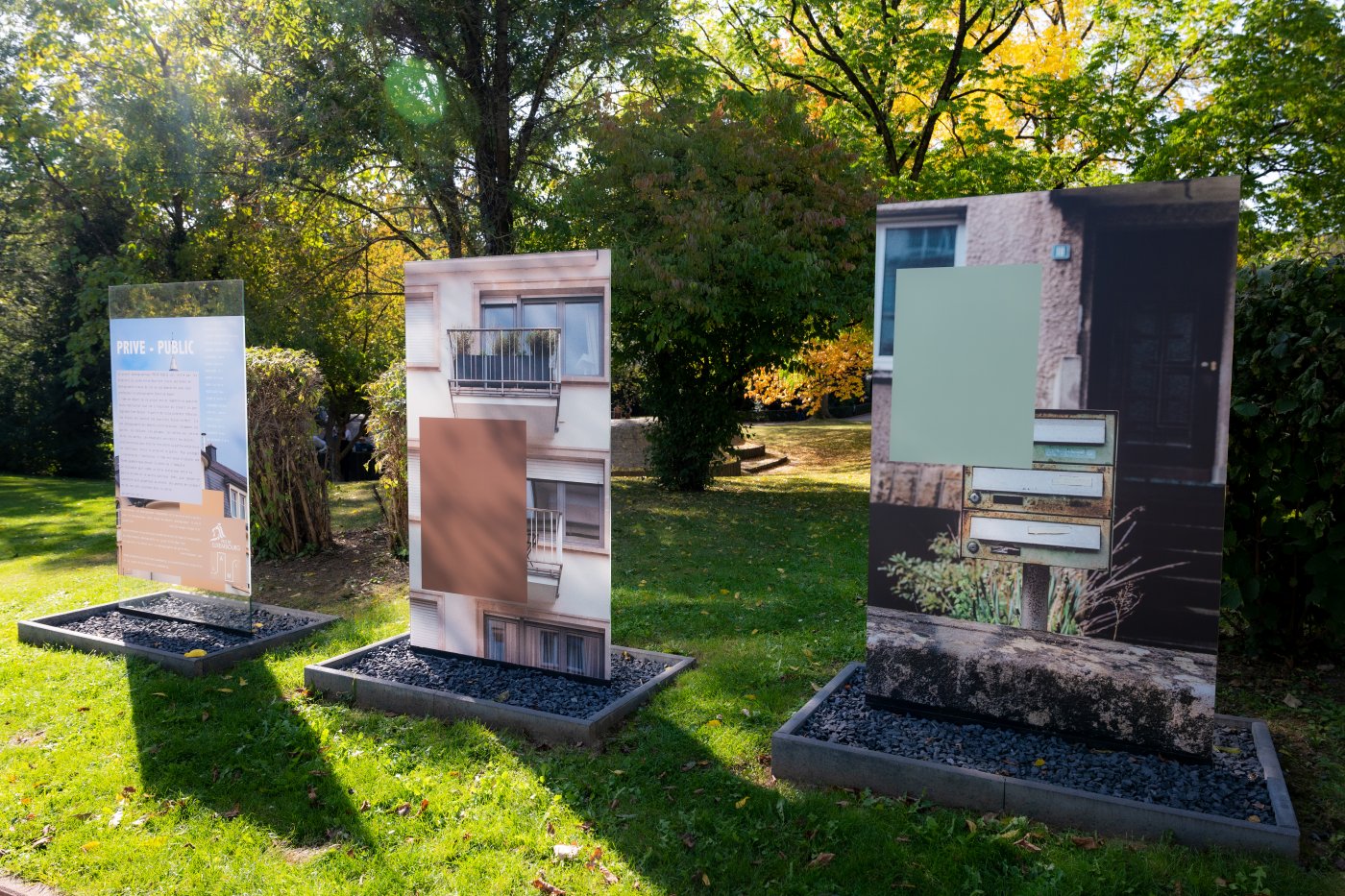

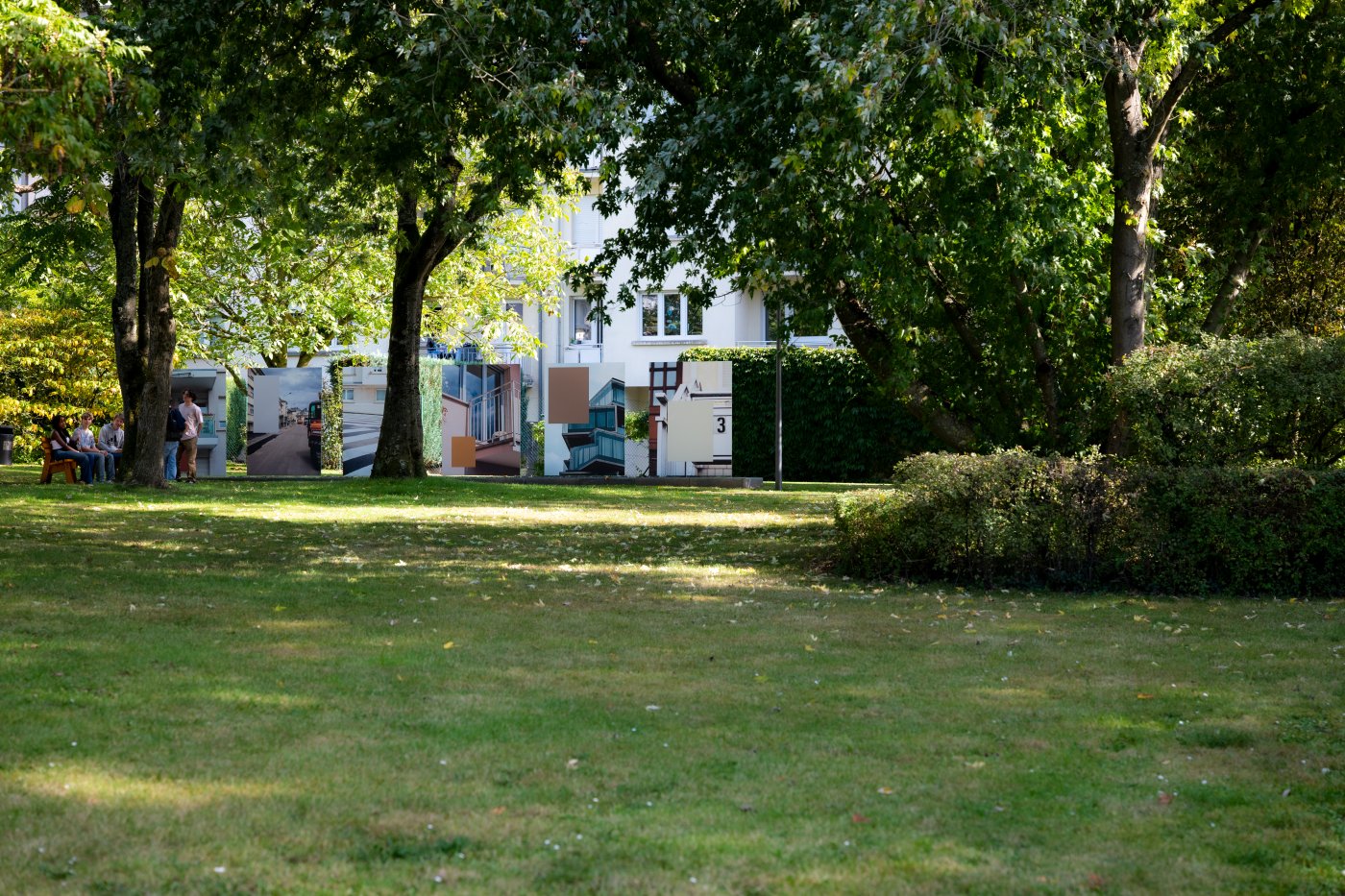
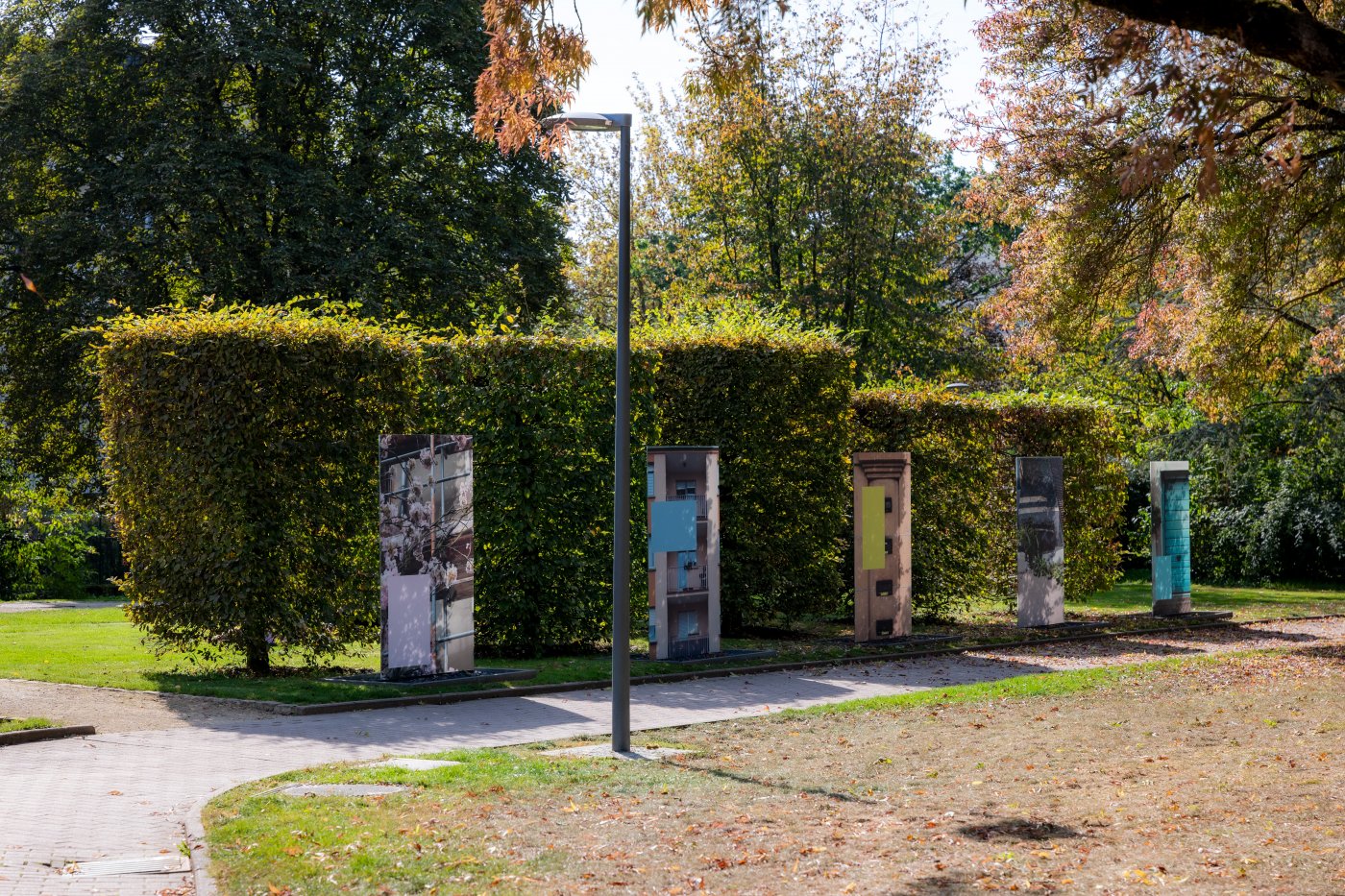
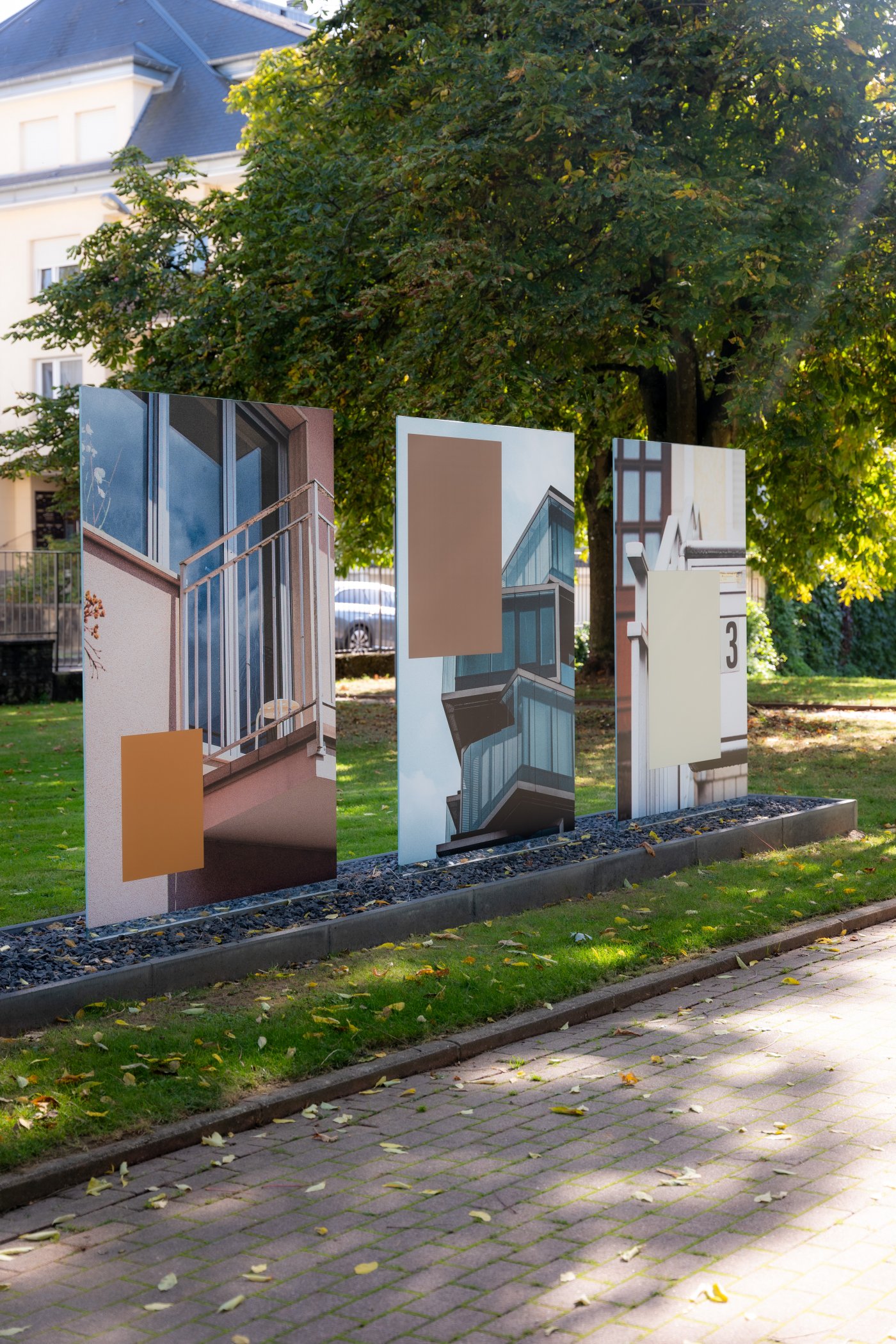
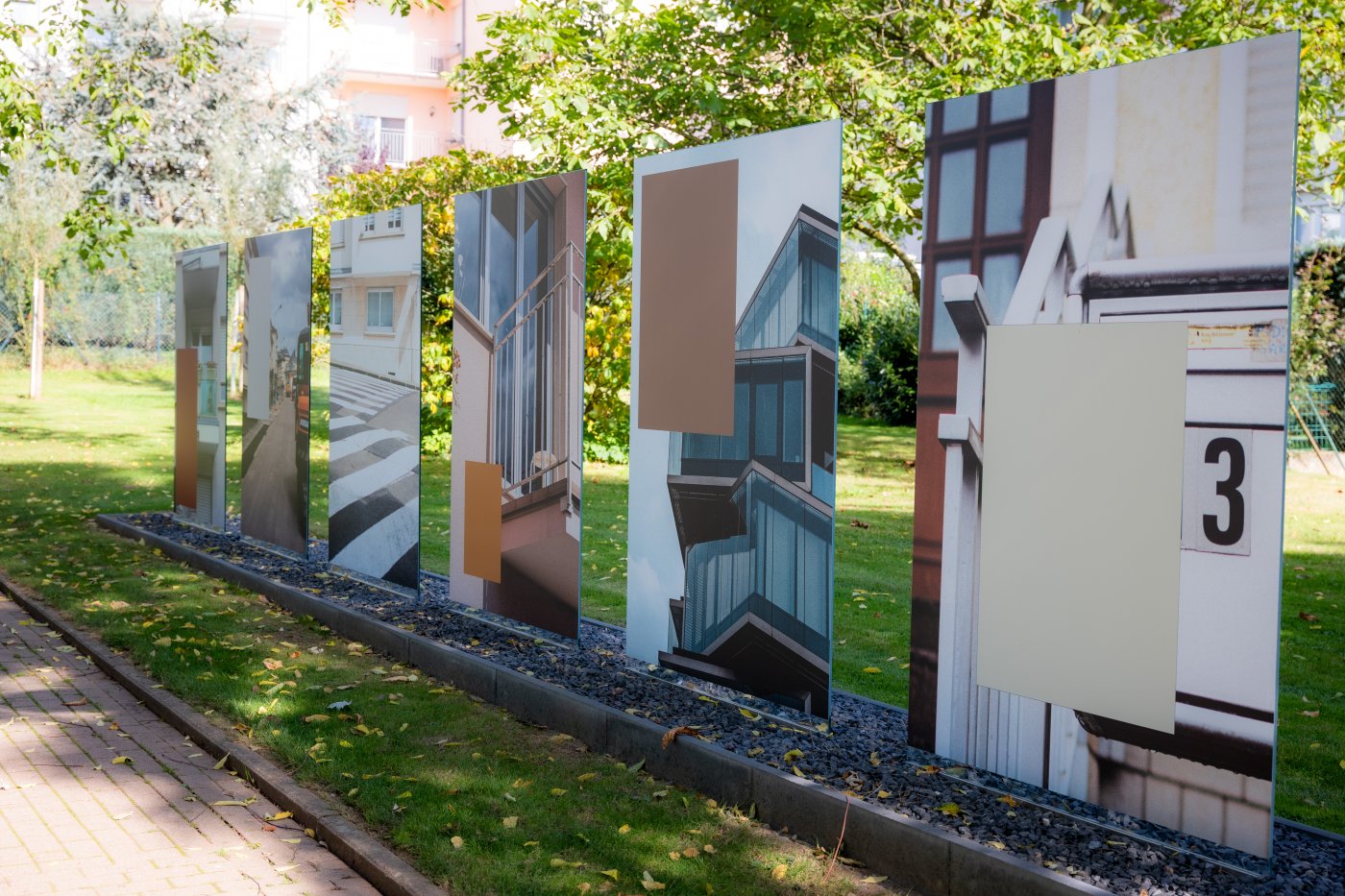
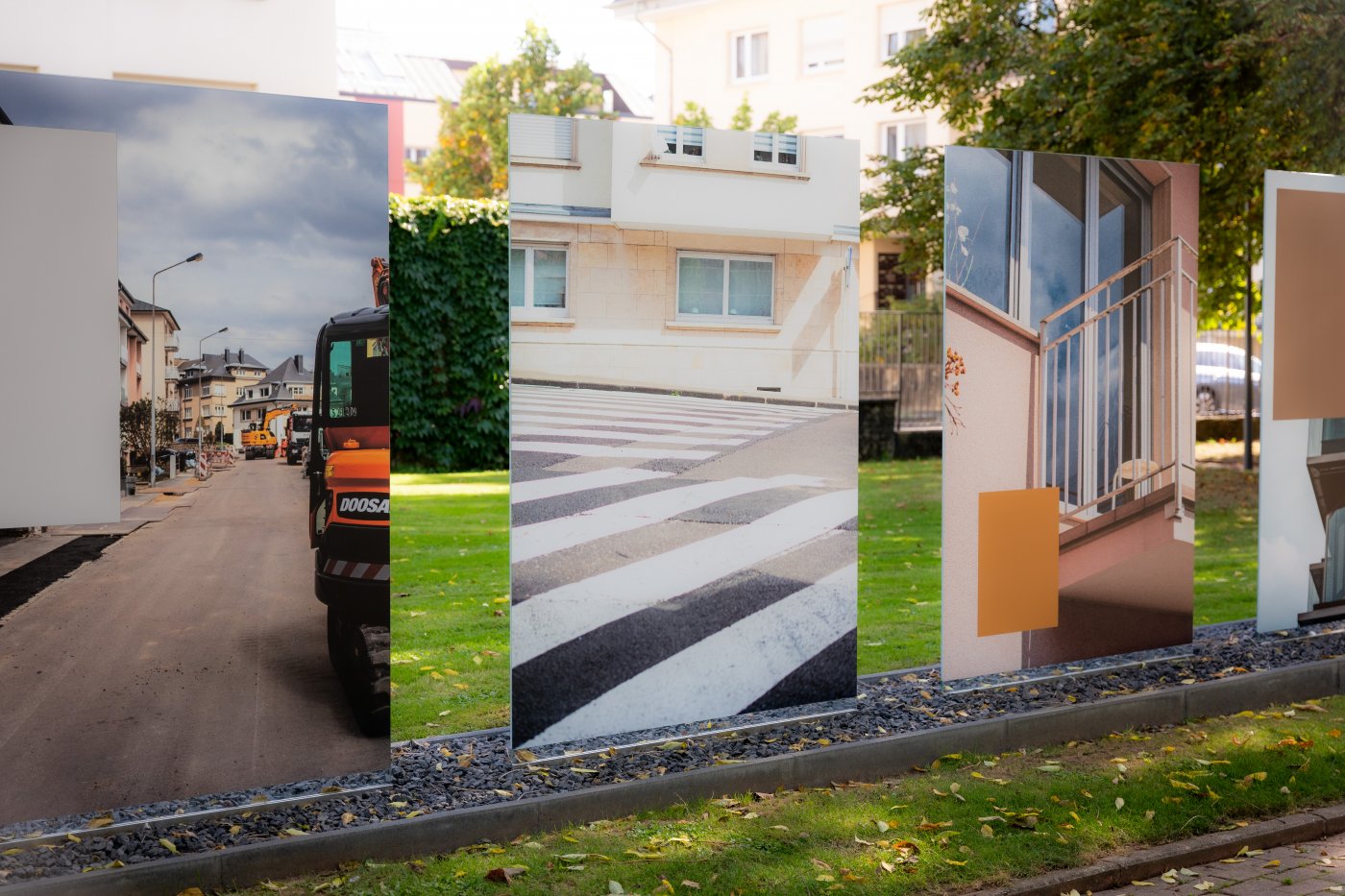
RETHINKING IDENTITY
The European Month of Photography Festival in Luxembourg is a major international festival dedicated to photography and visual culture. The festival was launched in 2006 by the non-profit Café-Crème asbl in partnership with major photography institutions in Paris, Berlin and Vienna and, since then, has served as a multifaceted international forum for the exchange of ideas, artistic expression and engaging with photography in all its forms.
In seeking to reflect the diversity of contemporary photography, the festival brings together emerging and established artists and photographers to explore the theme of "RETHINKING IDENTITY".
RETHINKING IDENTITY by Pol Trierweiler
The items featured in this series are part of a documentary project that Pol has been working on for the past two years. For the theme, the artist was inspired by a destination in the south of France that he visits every year with his family. He has always taken these trips for granted, and has only recently begun reflecting on the passing of time, and on how he will remember them once they inevitably come to an end. As such, Pol decided to document this destination, which he feels a strong connection with. His depictions of the diversity of the vegetation were very XXX
Who is Pol Trierweiler?
Pol Trierweiler is a 20-year-old Luxembourg artist. He took up photography four years ago, as part of a school assignment. Although it took him some time to attain proficiency in this medium, photography is now vital to him as a means of artistic expression.
In his work, Pol combines film and digital photography. His approach to photography is practically always spontaneous and intuitive, and scheduled photo shoots are few and far between. For Pol, shooting photos is all about "creating memories" – something that will be meaningful for many years to come. As such, much of his work involves documentary projects and street photography.
BOUCHEE À LA REINE by Manon Diederich
This series of collages explores the structures of patriarchal power through images depicting – and to some extent, through actual scenes capturing – the violent practice of muzzling. Featuring old portraits of women from different social and historical backgrounds, on whose mouths the artist has stuck a strip of adhesive tape, the collages are meant to evoke the idea of excessive censorship. Even though the subjects are still able to breathe, they are deprived of the ability to speak, raise their voice, or express their thoughts, feelings and emotions. They are "gagged" (bouchée in French), but nevertheless queens (reines) in their own right. Hence the title of the exhibition, Bouchée à la reine (a play on words referring to the French savoury pastry known as bouchée à la reine).
Who is Manon Diederich?
Manon Diederich was born in Luxembourg in 1987. She is a social and cultural anthropologist by training and currently lives and works in Cologne, where she spent several years studying the issues of gender and migration in the Global South. Her experience and her current work in cross-cultural and anti-discrimination training are reflected in her artistic creations. She makes use of a variety of media, such as photography, video, text and collages, and is especially interested in feminist, intersectional and post-colonial issues.
HUMAN by Pit Reding
Our society teaches us that we must be tough, that we should never reveal our weaknesses or our vulnerability. We are expected to be strong, to confront the world without backing down, and to always control our emotions. But the truth is that we are all human. We all experience moments of fear, doubt and uncertainty. We all struggle with our emotions and the complexity of our inner lives.
In exploring the notion of vulnerability, Pit invites us to face up to those parts of ourselves that we have been taught to hide. The resulting images are a celebration of vulnerability. It is only by acknowledging our fears and doubts that we can begin the process of overcoming them and become the person that we want to be. We can begin to consider vulnerability not as a weakness but as a source of strength, and learn how to harness and use its power in our lives.
Ultimately, this series of photographs is a reminder that we are all confronted with the same reality. We all experience moments of vulnerability, and this is perfectly normal. It is what makes us human. So, let us welcome our vulnerability and our complex and beautiful emotional lives.
Who is Pit Reding?
Pit Reding is a Luxembourg-based, self-taught queer photographer. He trained as a graphic artist, but soon discovered an intense love of photography. Pit's passion goes beyond aesthetic considerations: he seeks to use his art as a means of exploring and portraying major social issues. As such, Pit often works with people from the LGBTIA+ community and on themes of particular relevance to them. As a member of this community himself, he celebrates diversity and the complexity of queer identities, and works towards creating a society that is more inclusive and tolerant.
Through his work, he questions conventional standards of beauty and encourages viewers to reconsider their preconceived ideas about body shape. While continuing to push the boundaries, Pit remains intent on creating works that celebrate the beauty and complexity of the human experience.
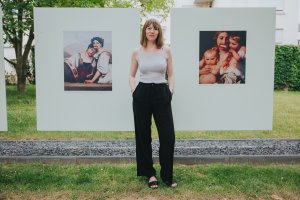
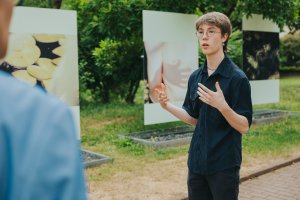
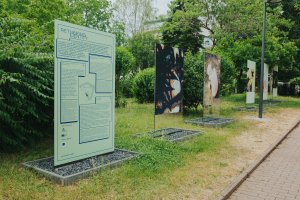
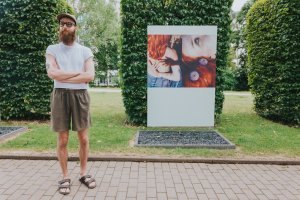
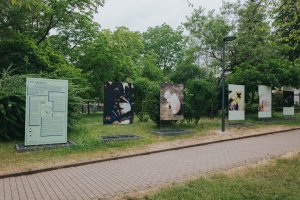
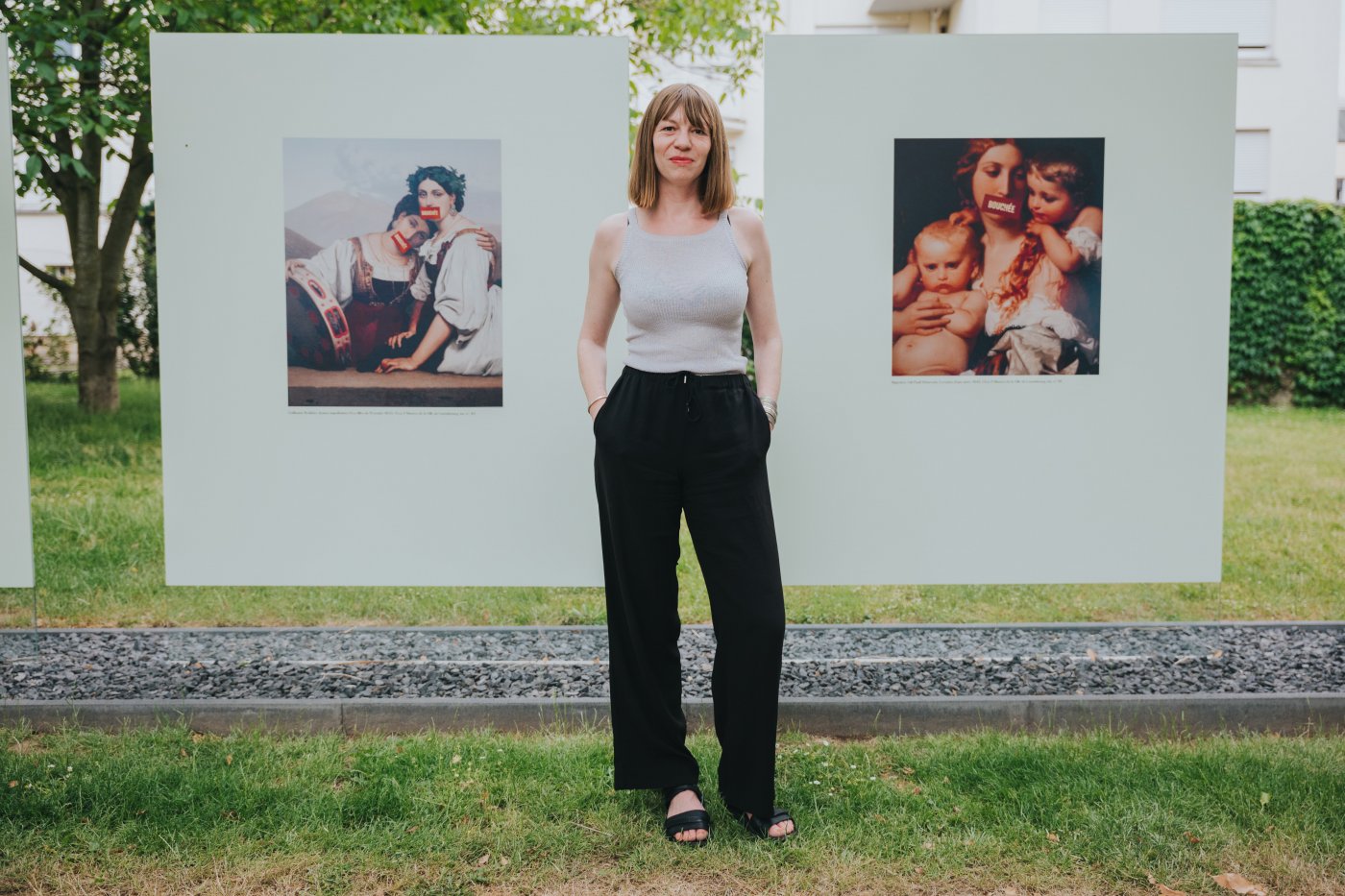
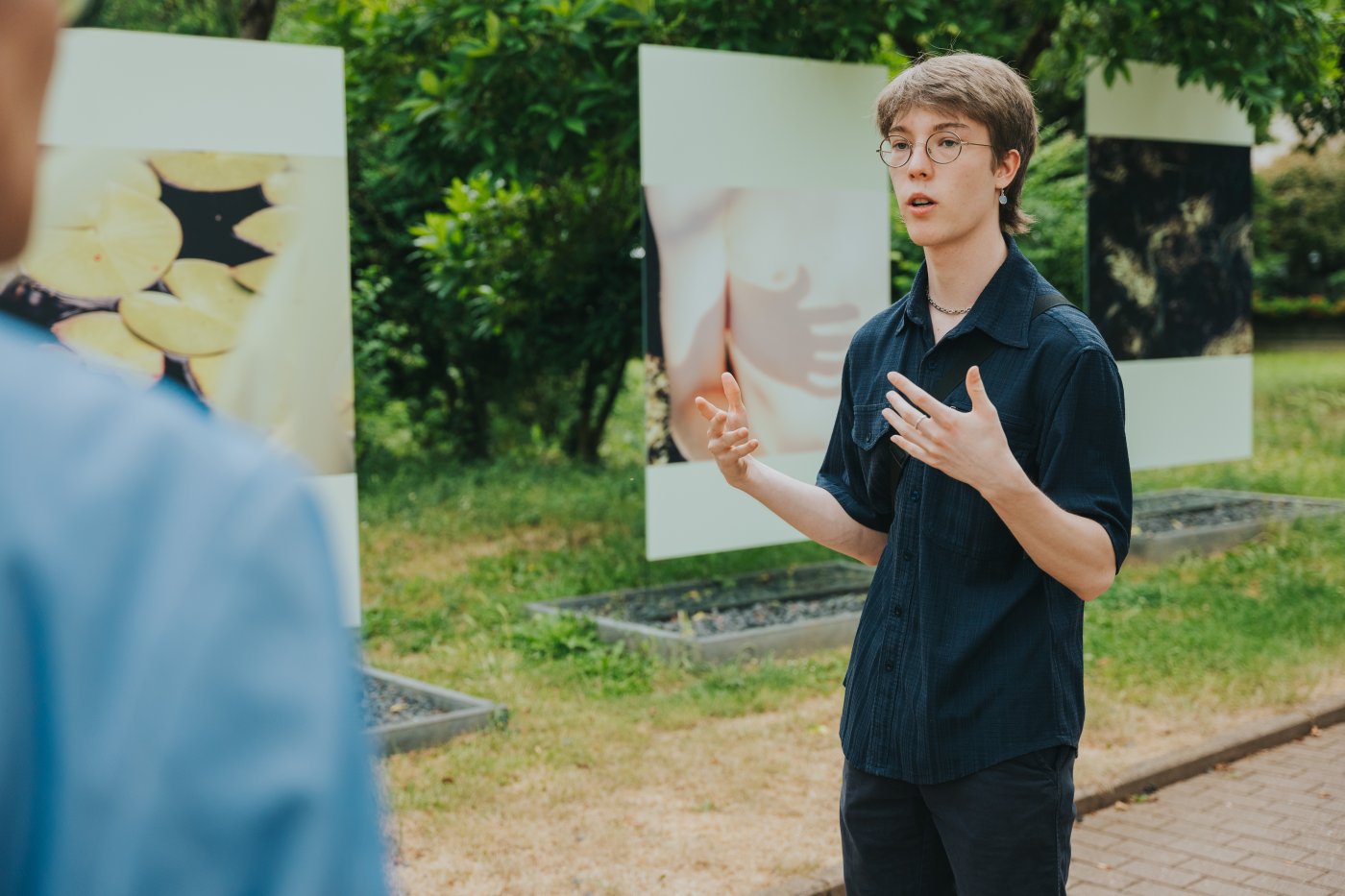
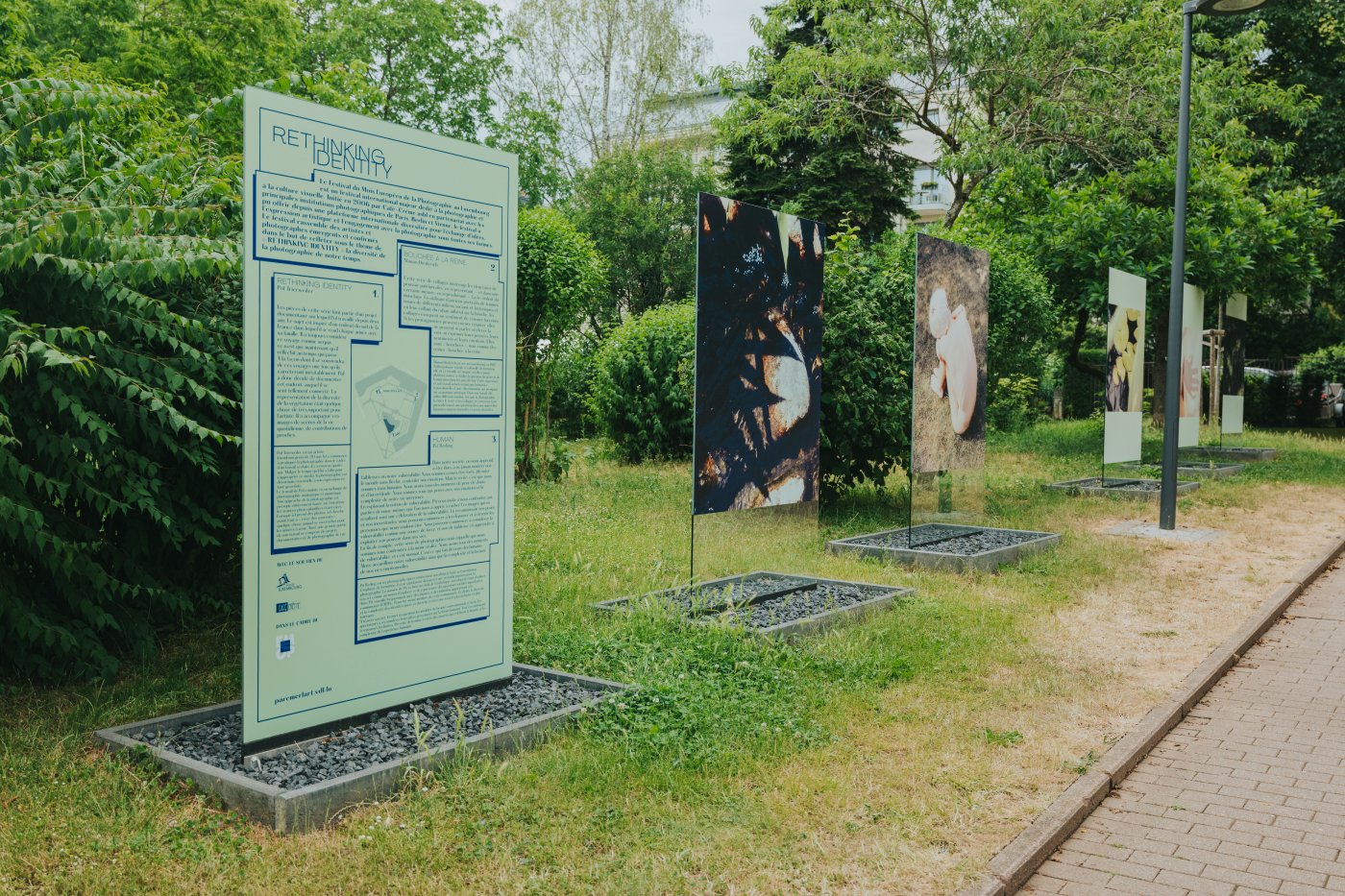
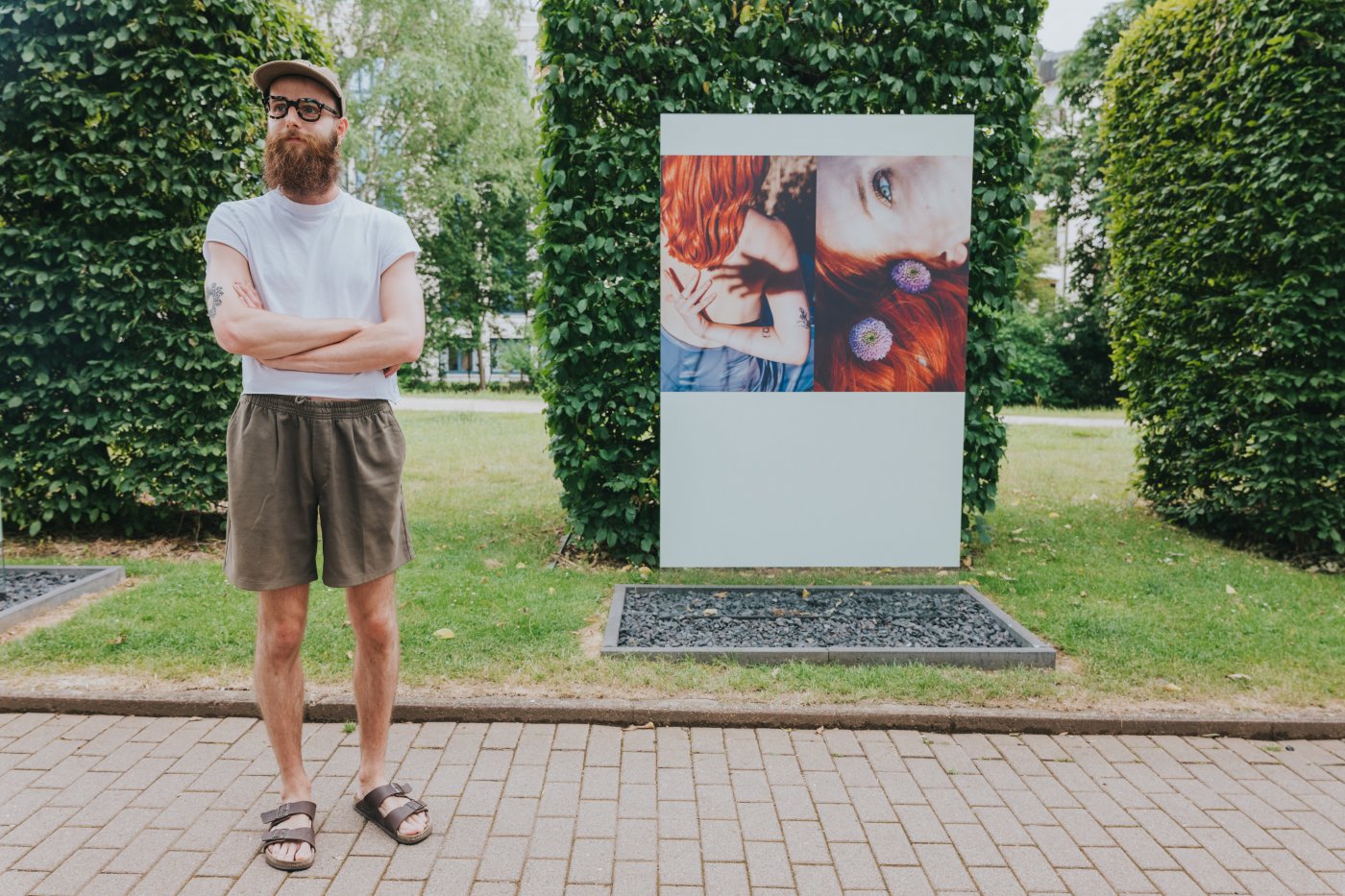
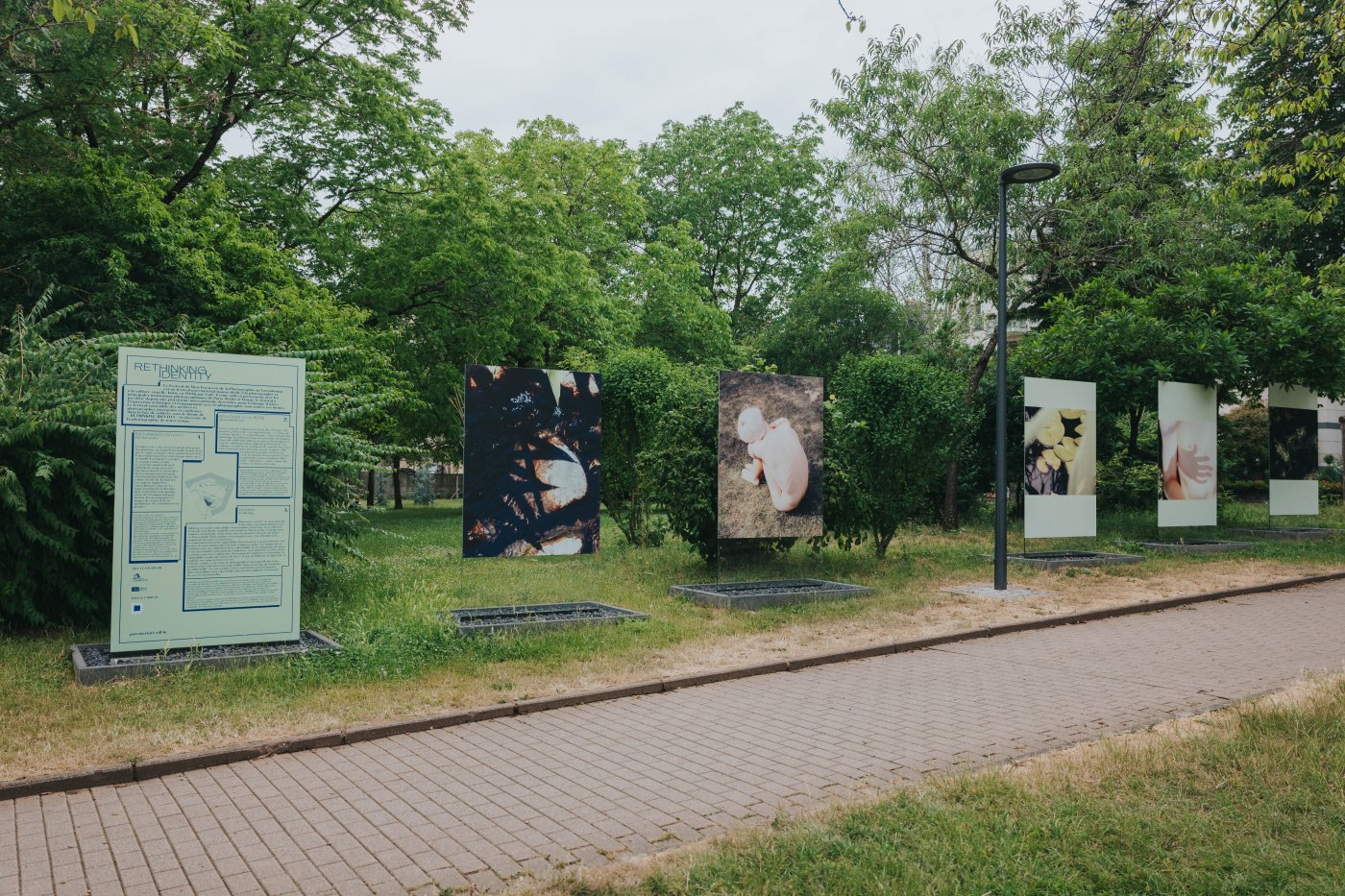
NUCLEAR PARADISE
This photography exhibition depicts the daily lives of the people who live on the Pacific atoll of Hao. The people live in a region which has been severely affected by French nuclear testing, a fact that is still little known in Europe.
Hao atoll
In the early 1960s, Hao was radically transformed into a military base to support the French nuclear testing programme in French Polynesia. Between 1966 and 1996, the Pacific Experimentation Centre (Centre d'Expérimentation du Pacifique – CEP) launched 193 nuclear missiles on Moruroa and Fangataufa, two atolls located some 400 kilometres south of Hao.
During the nuclear tests, Vautour military aircraft would fly into the radioactive clouds over Moruroa and Fangataufa to collect gas samples, and then fly to Hao to be decontaminated with seawater. When the nuclear testing activities came to an end in 1996, the French army buried the radioactive waste on the atoll and dumped bulky military waste in the Hao lagoon.
Despite the environmental and health impacts stemming from the testing activities during this period, many Hao islanders look back on their military and nuclear past with a sense of nostalgia. This can be explained by the fact that the French military presence propelled considerable socio-economic growth, with lucrative opportunities for the atoll's inhabitants, as well as free access to electricity and drinking water. The development of the atoll led to the emergence of a vibrant lifestyle, with nightclubs and the Polynesian territory's very first cinema. Hao's military nuclear past has left its mark not only on the atoll's landscapes and architectural remains, but also on its inhabitants, some of whom still live in former military buildings.
Following the withdrawal of the French military forces in 2000, the unemployment rate on Hao rose significantly. Many of the atoll's 1,200 inhabitants felt abandoned and eventually came to realise that the "golden age" of France's military presence had come with a price, namely a state of extreme dependence and contaminated land.
In 2021, the photographer Laurent Sturm accompanied his wife, Lis Kayser, on a research trip to French Polynesia. Lis Kayser wrote her doctoral thesis in anthropology as part of the Danish Institute for International Studies (DIIS) "Radioactive Ruins" research project. Part of her work entailed gathering empirical evidence of the socio-economic and cultural impact of nuclear testing in French Polynesia. During their monthslong stay on Hao, Laurent Sturm explored the visual impact of the atoll's nuclear and military past on the inhabitants' daily lives.
About the artist
Laurent Sturm was born in 1985 and has been pursuing photography with a passion since his teens. Collections of his photographic work have been displayed at several joint exhibitions, including at the Nei Liicht Gallery and the Centre de Documentation sur les Migrations Humaines (Human Migrations Documentation Centre), with Fotoclub Diddeleng, and at Kulturfabrik and Rotondes. The exhibition in Merl Park will be Laurent Sturm's first solo exhibition.
With a fascination for capturing the daily experiences of people from all walks of life, Laurent Sturm has travelled the globe, his journeys further fuelling his passion for street and documentary photography.
He is currently enrolled at Spéos, the International Photography School in Paris, where he is pursuing a course in photojournalism with the support of Polka magazine.
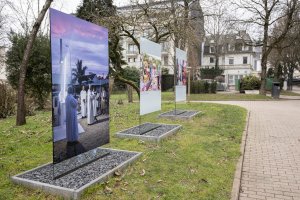
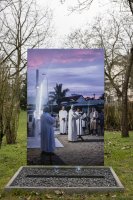
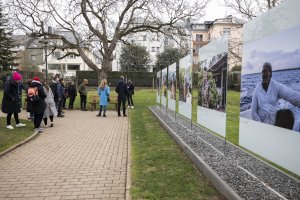
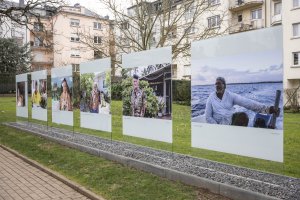
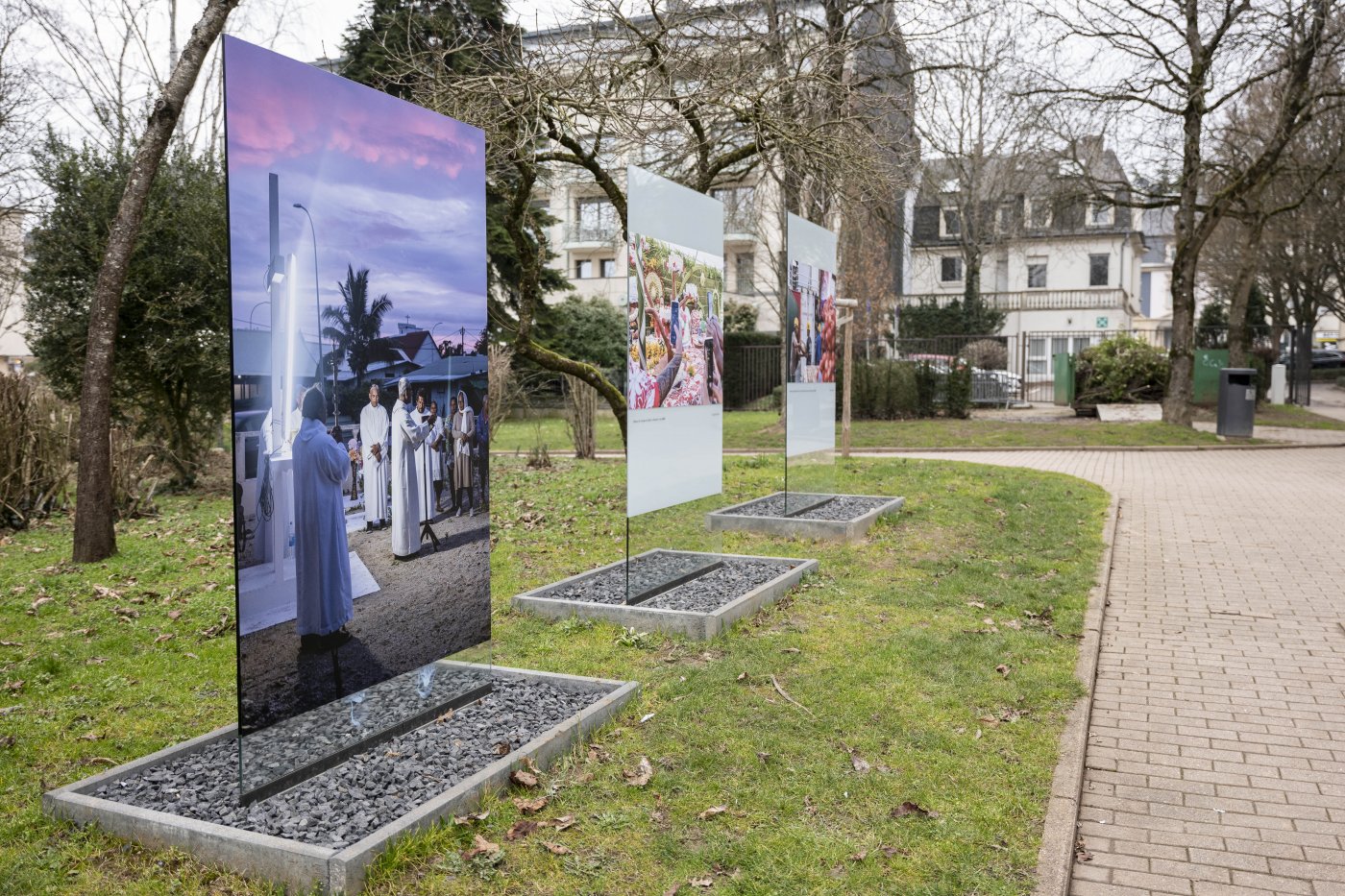
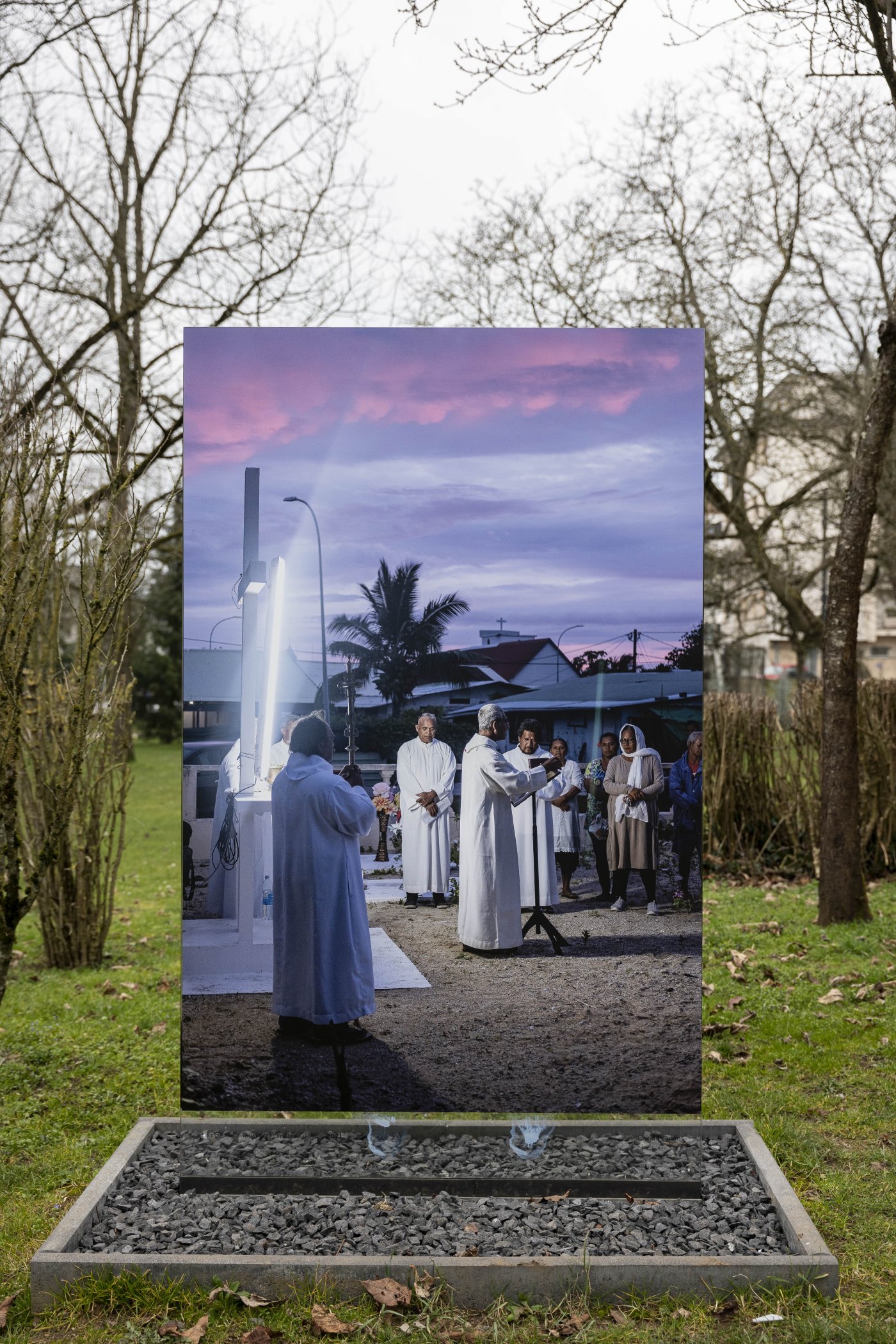
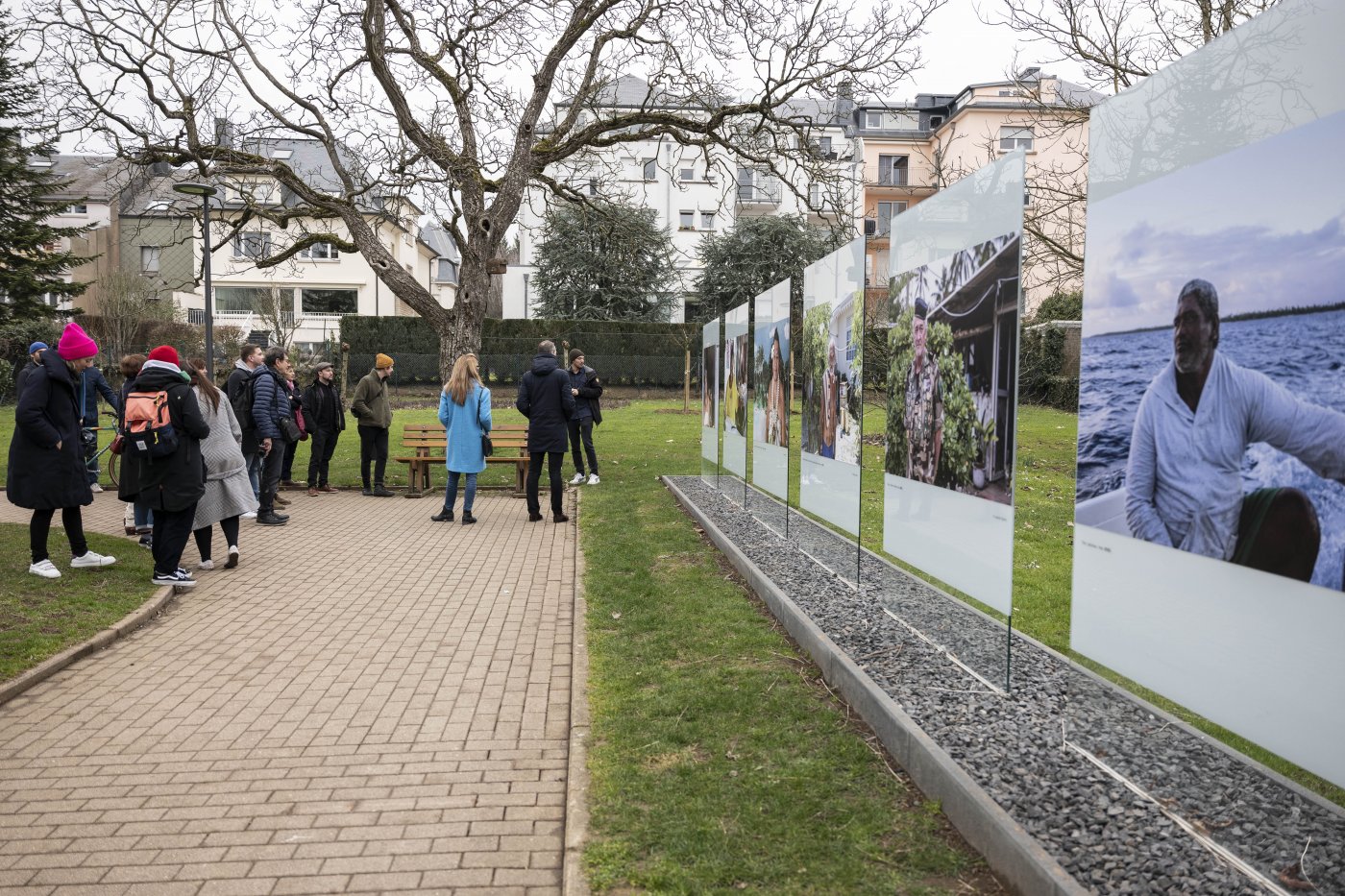
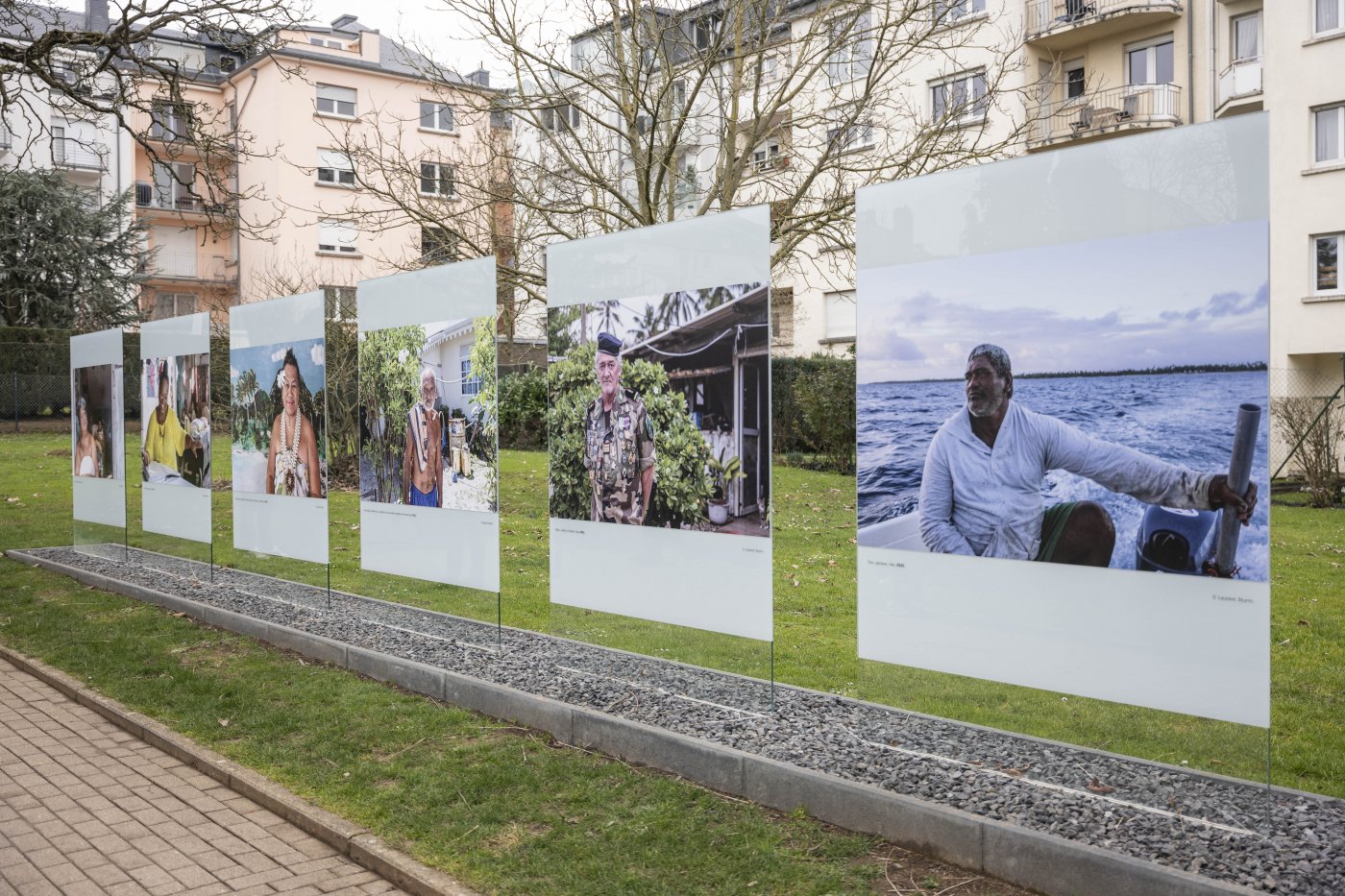
‘Mat den Hänn’
"Mat den Hänn" is the result of an artistic collaboration between artist and photographer Mike Zenari and the deuxième students of Lycée Aline Mayrisch Luxembourg taking the optional photography course (2021/22 school year), under the guidance of their art teacher Séverine Bauer.
Together with Mike Zenari – originally from Dudelange and winner of the City of Dudelange's Cultural Prize for the Best Up-and-Coming Artist (Prix culturel de l’Espoir) in April 2022 – these amateur photography students have created portraits of 16 different professions in the districts of Merl, Belair and Hollerich, including hairdressers, dentists, teachers, bartenders and pharmacists, all of which focus on a single part of the human body: the hands. The faces and expressions of the photographed subjects are all obscured, forcing visitors to the exhibition to focus on the hands in each picture. The aim of the images is to remind people how important our hands are to us and how they can be used to work, communicate, and apply considerable force or perform the most delicate of tasks.
The exhibition is organised by the City of Luxembourg in collaboration with the SCRIPT and Lycée Aline Mayrisch Luxembourg.
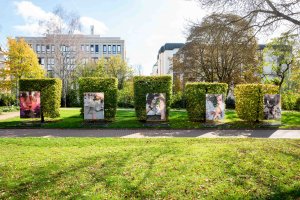
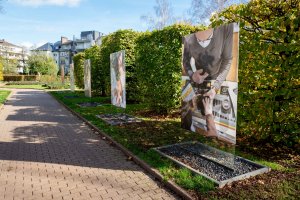
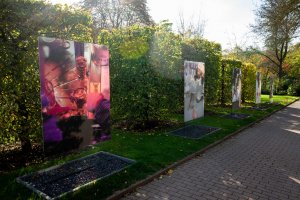
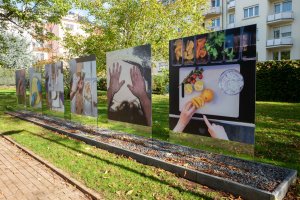
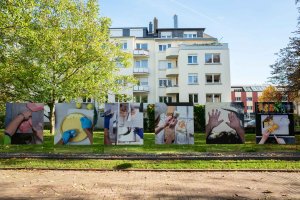
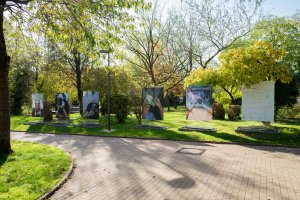
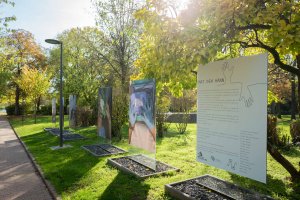
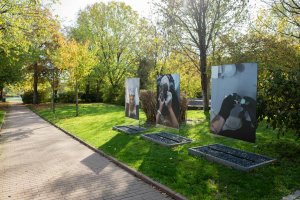
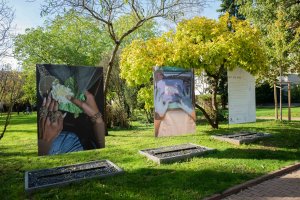
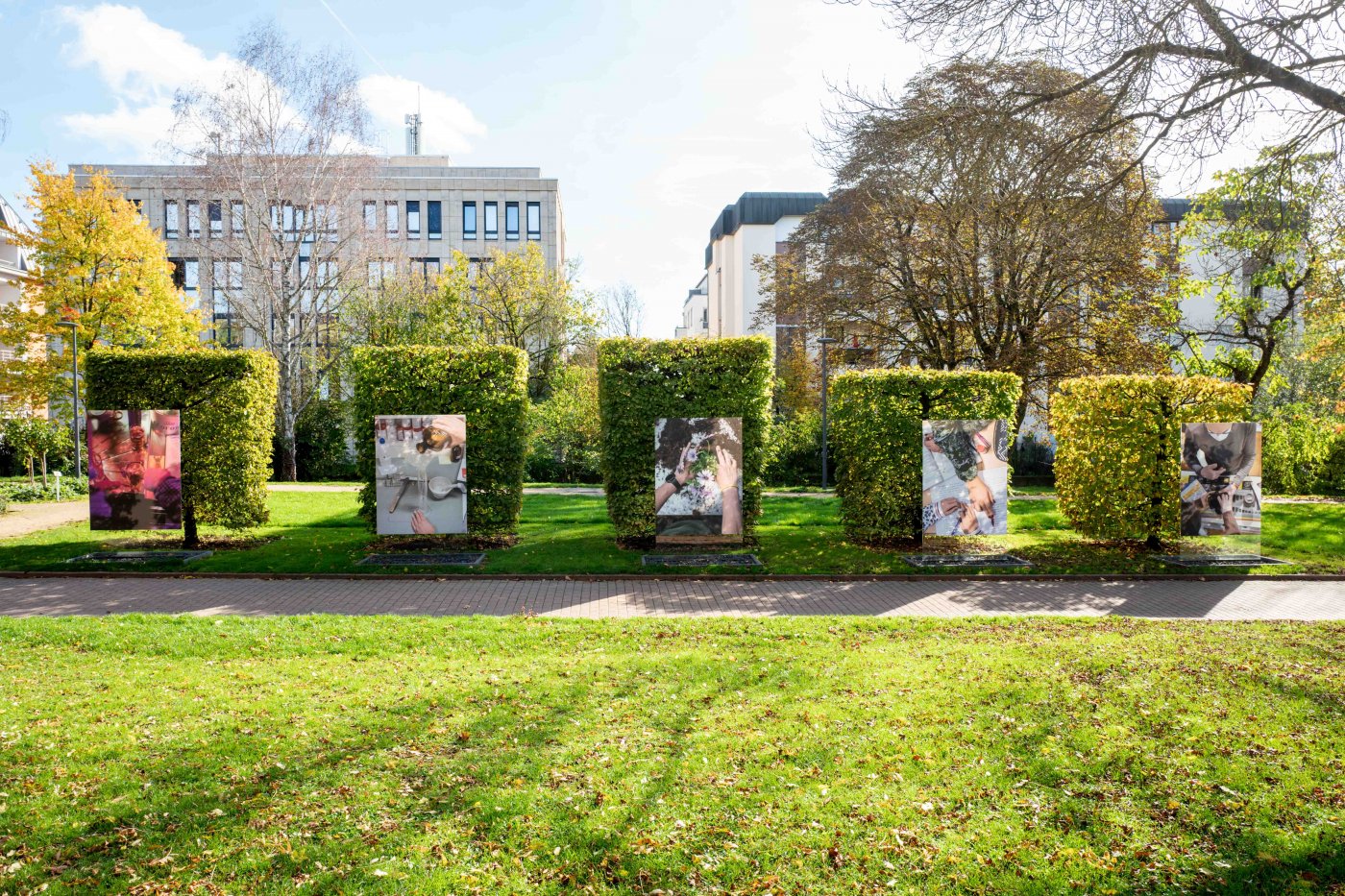
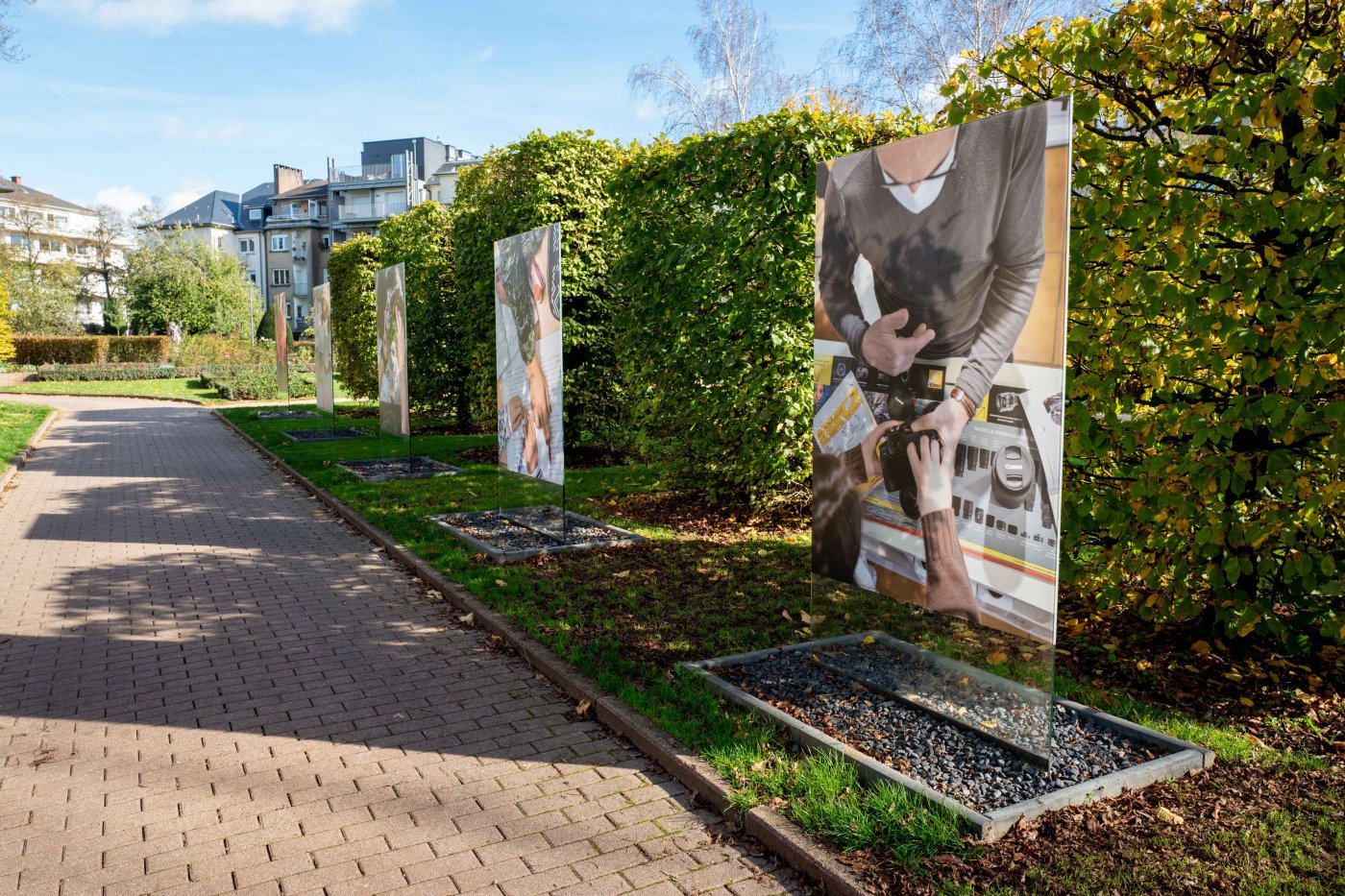
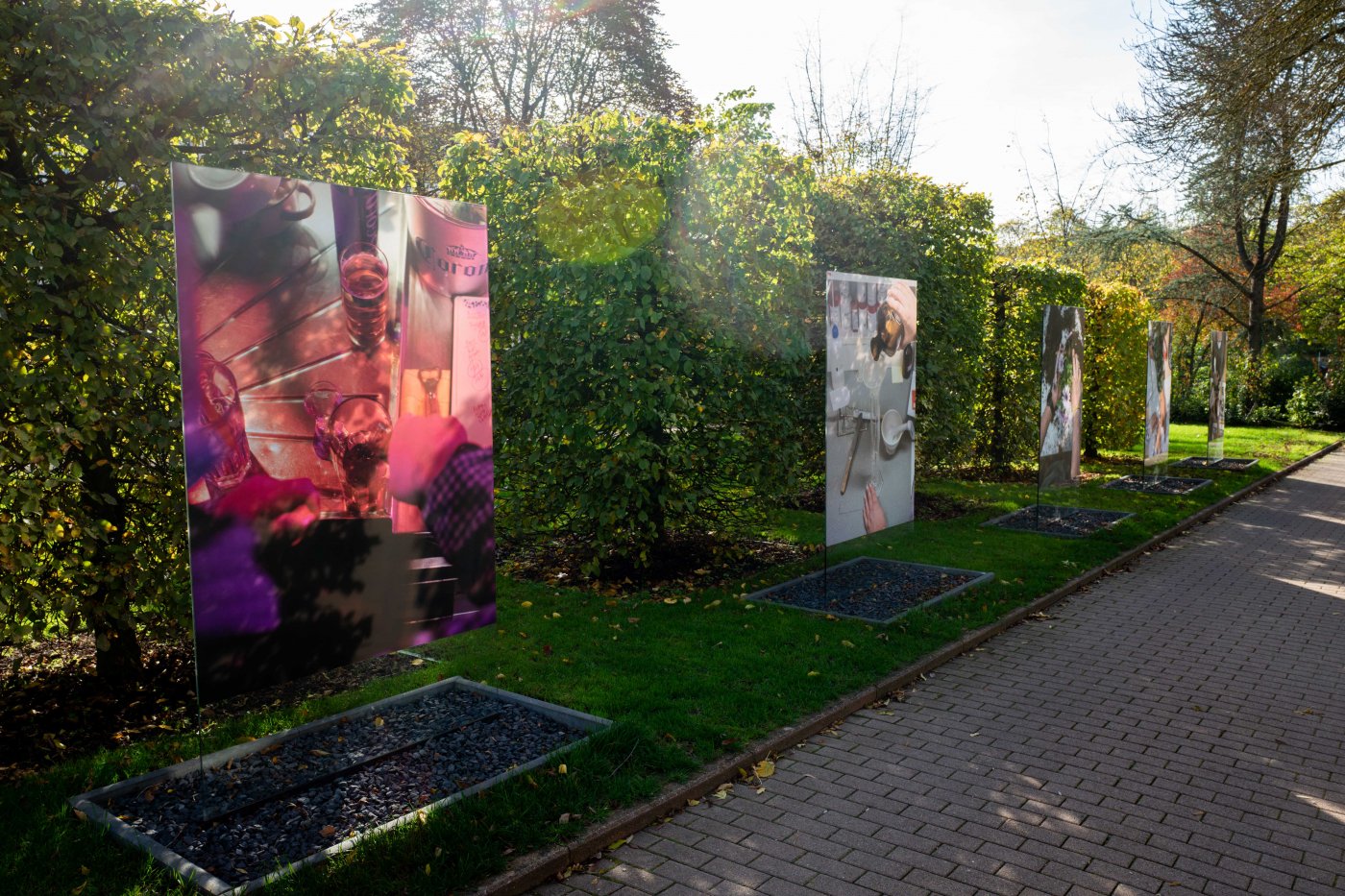
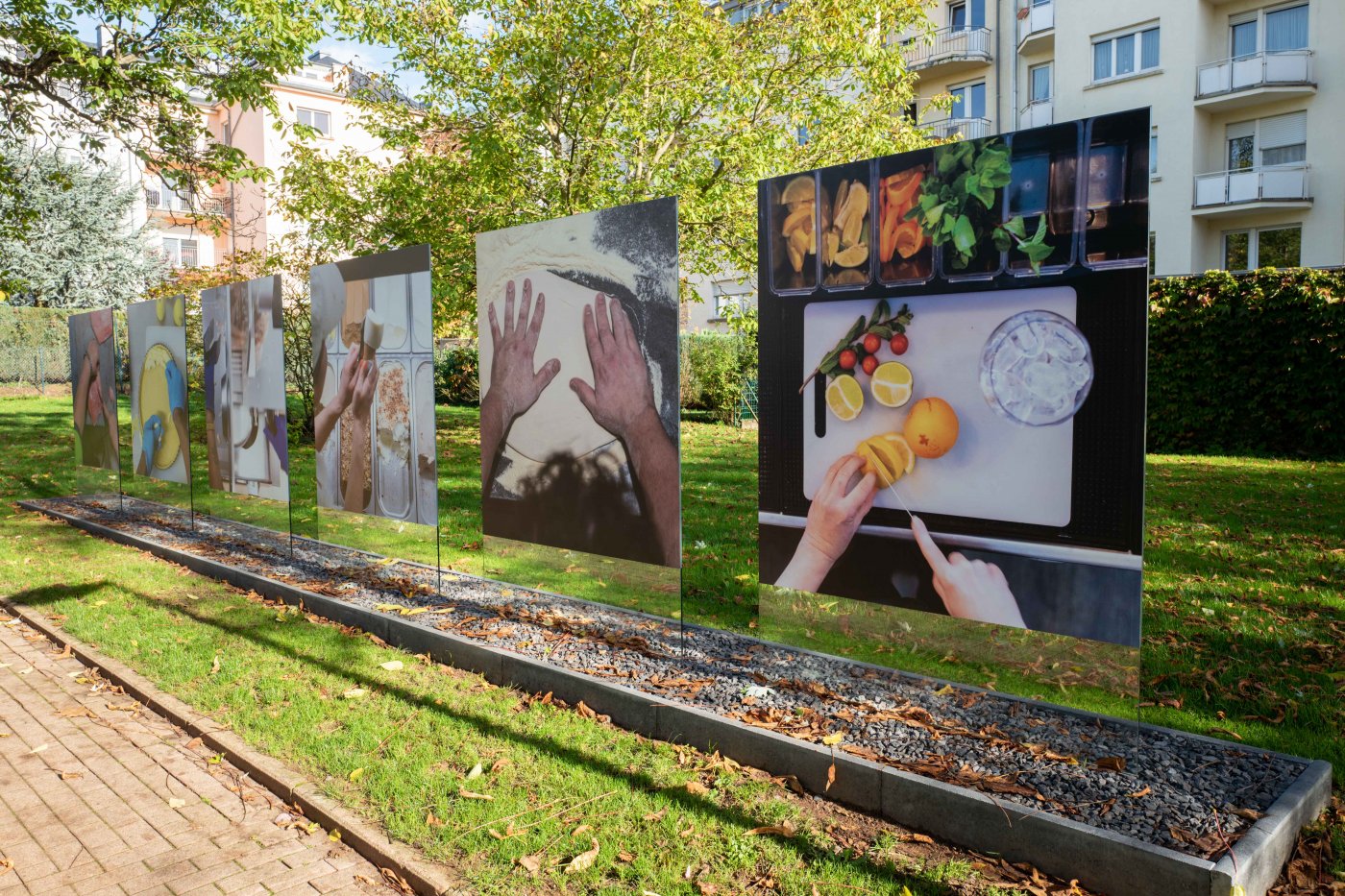
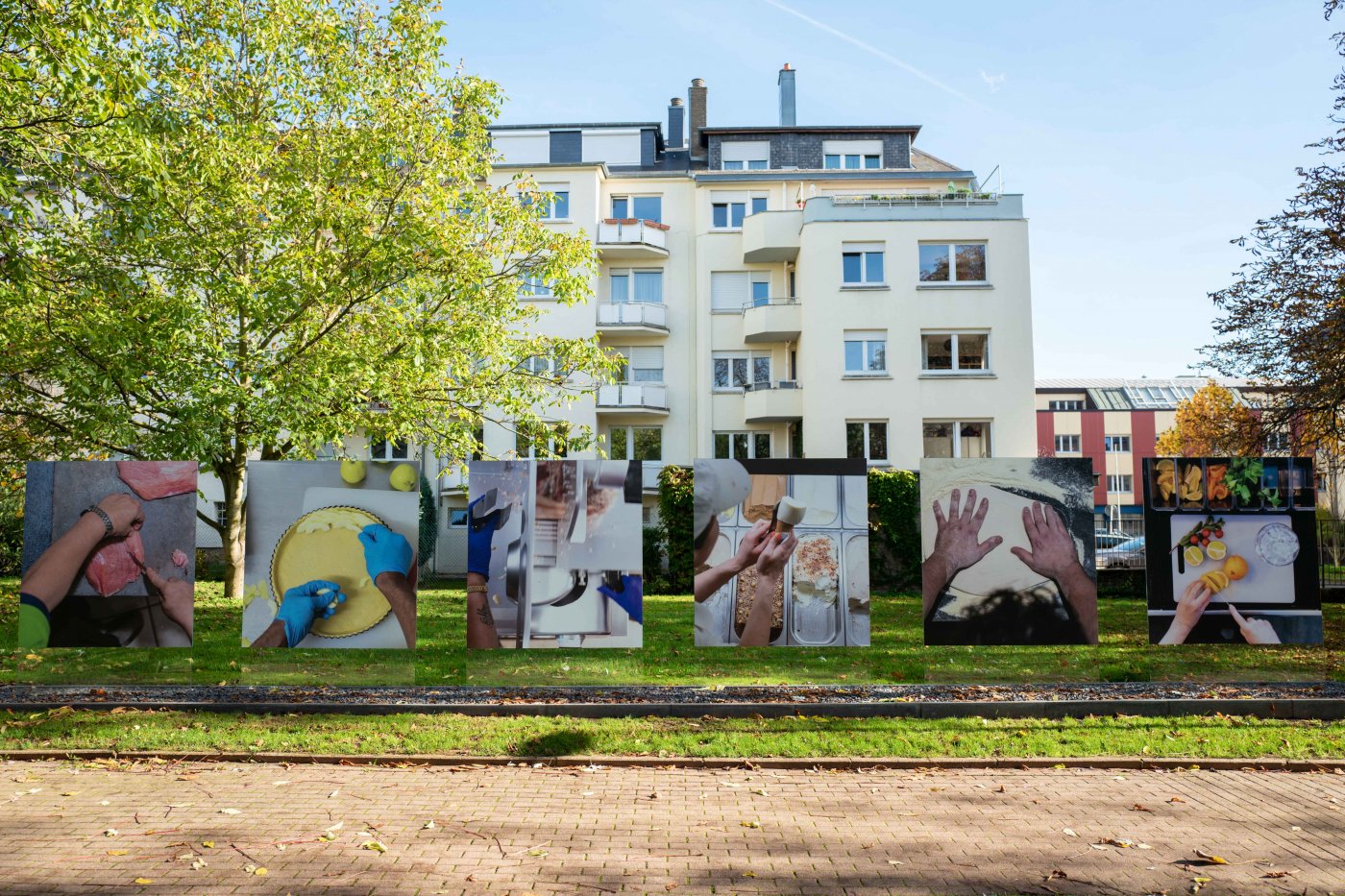
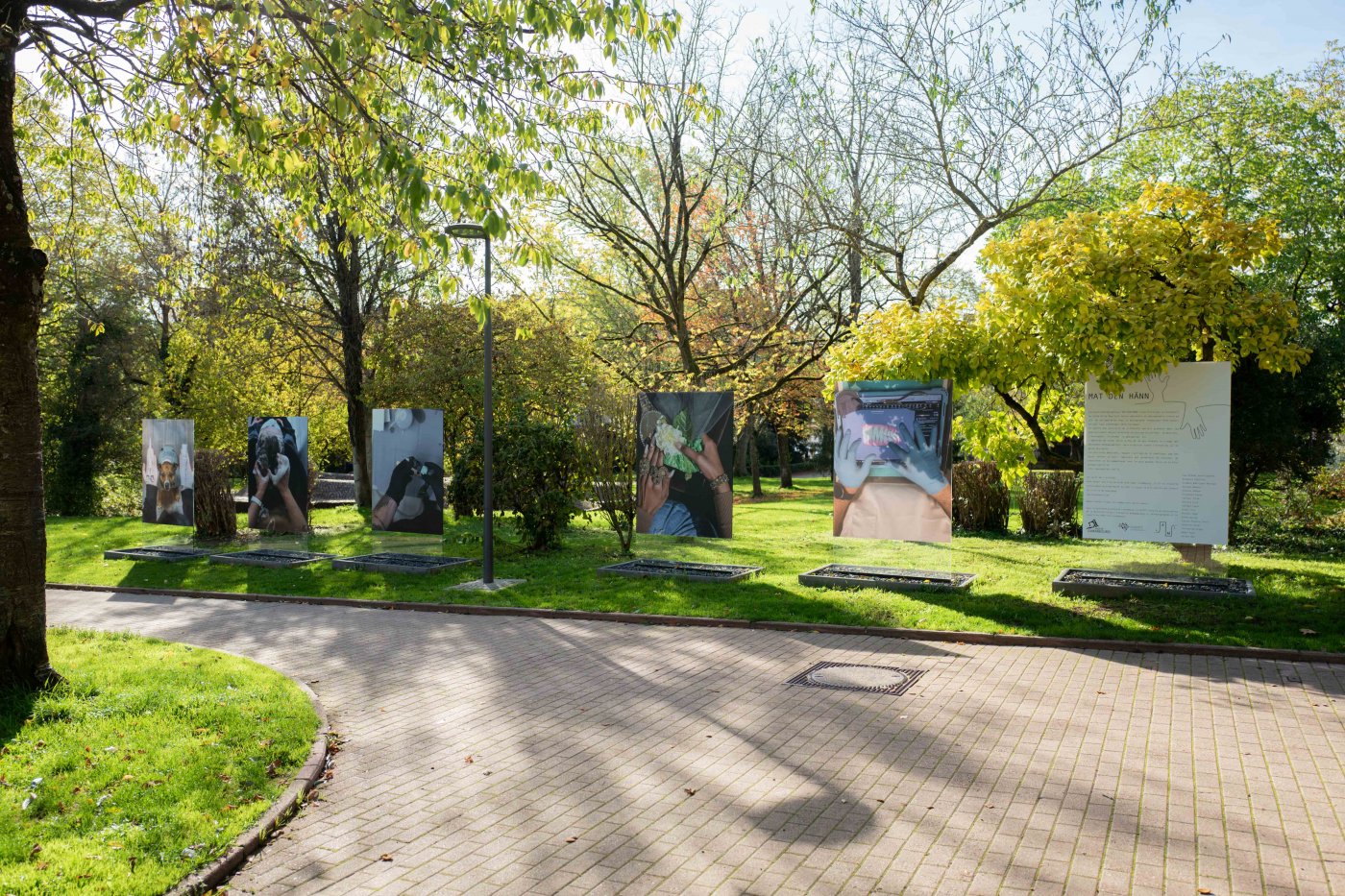
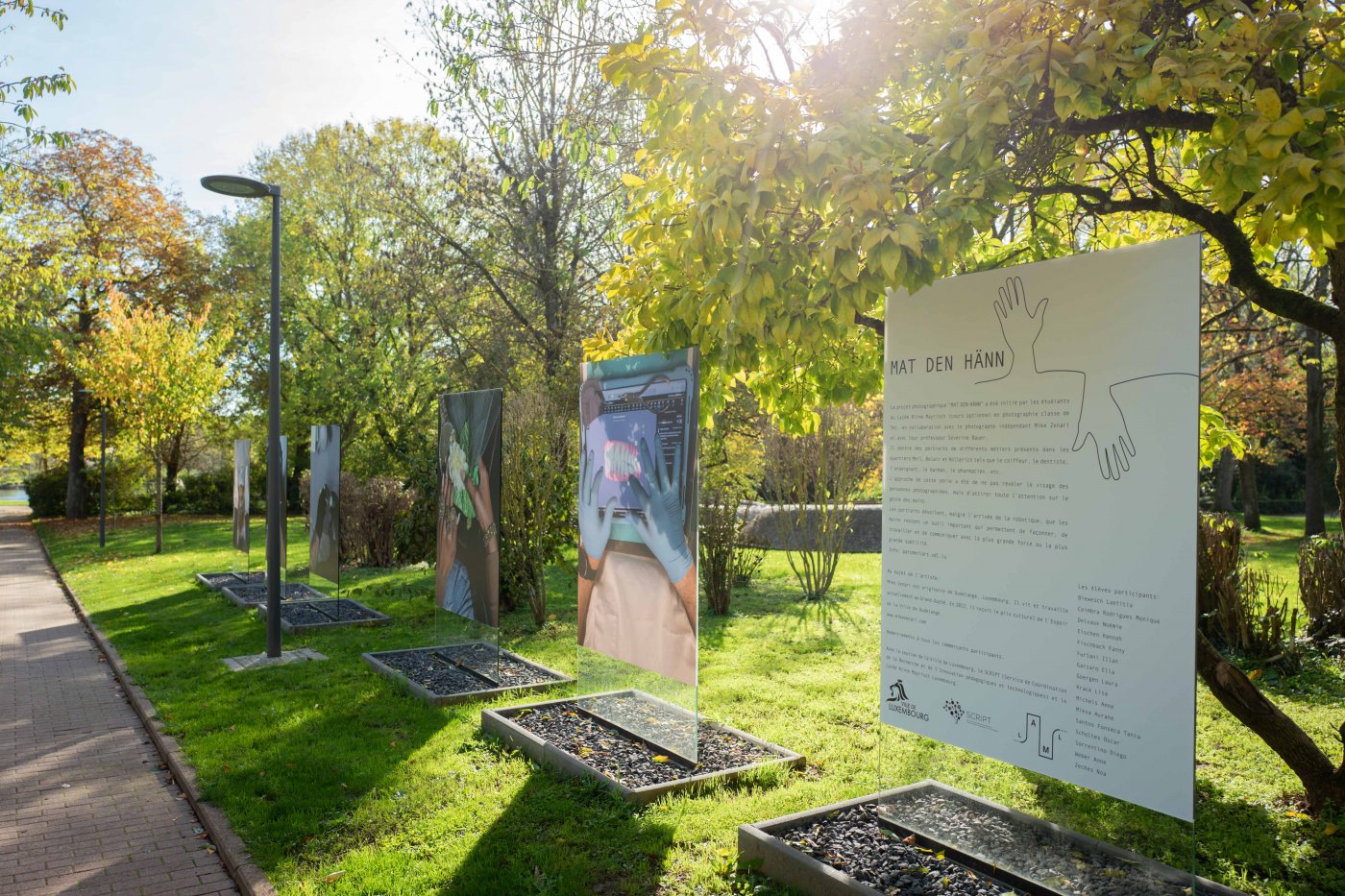
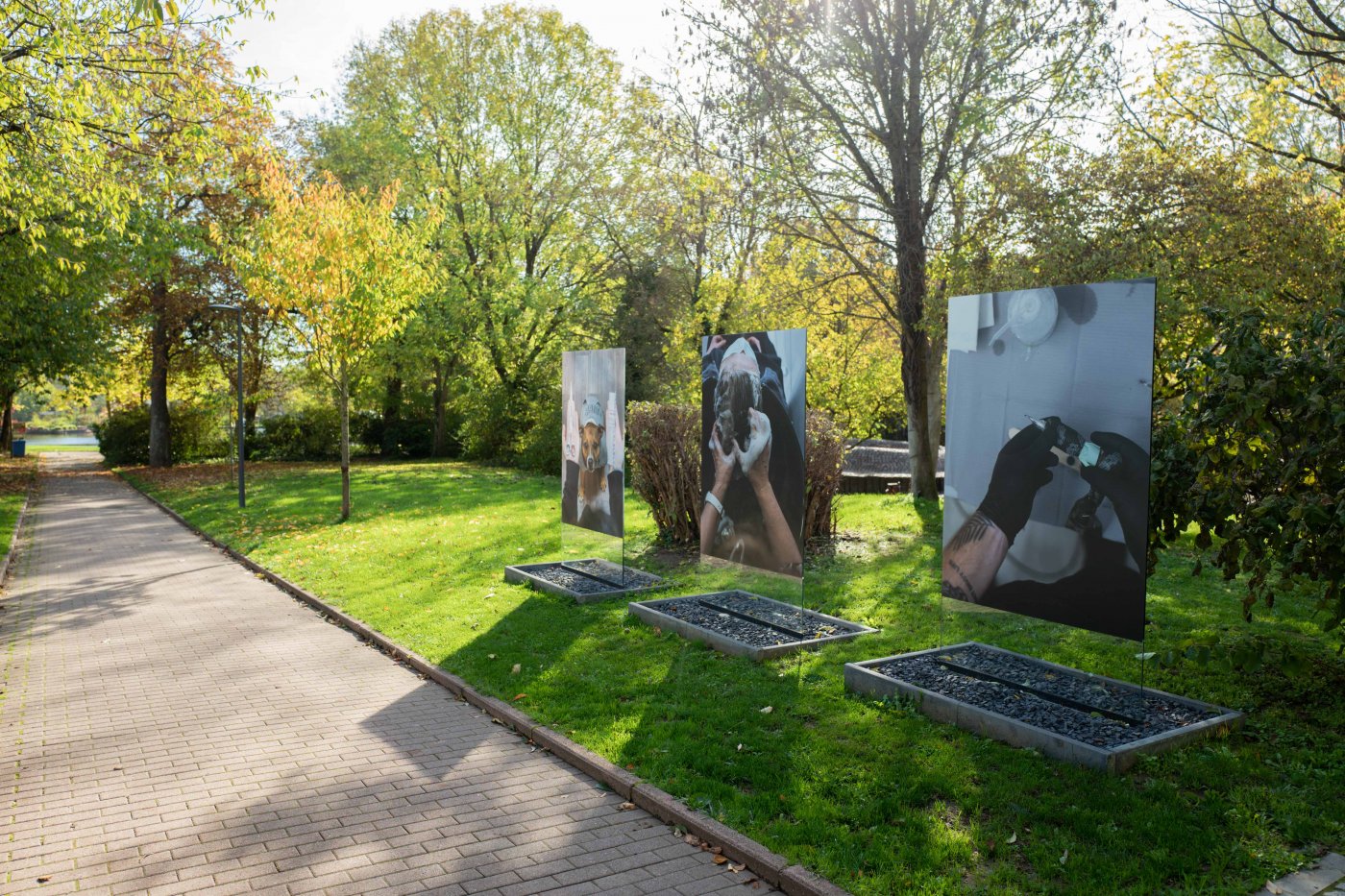
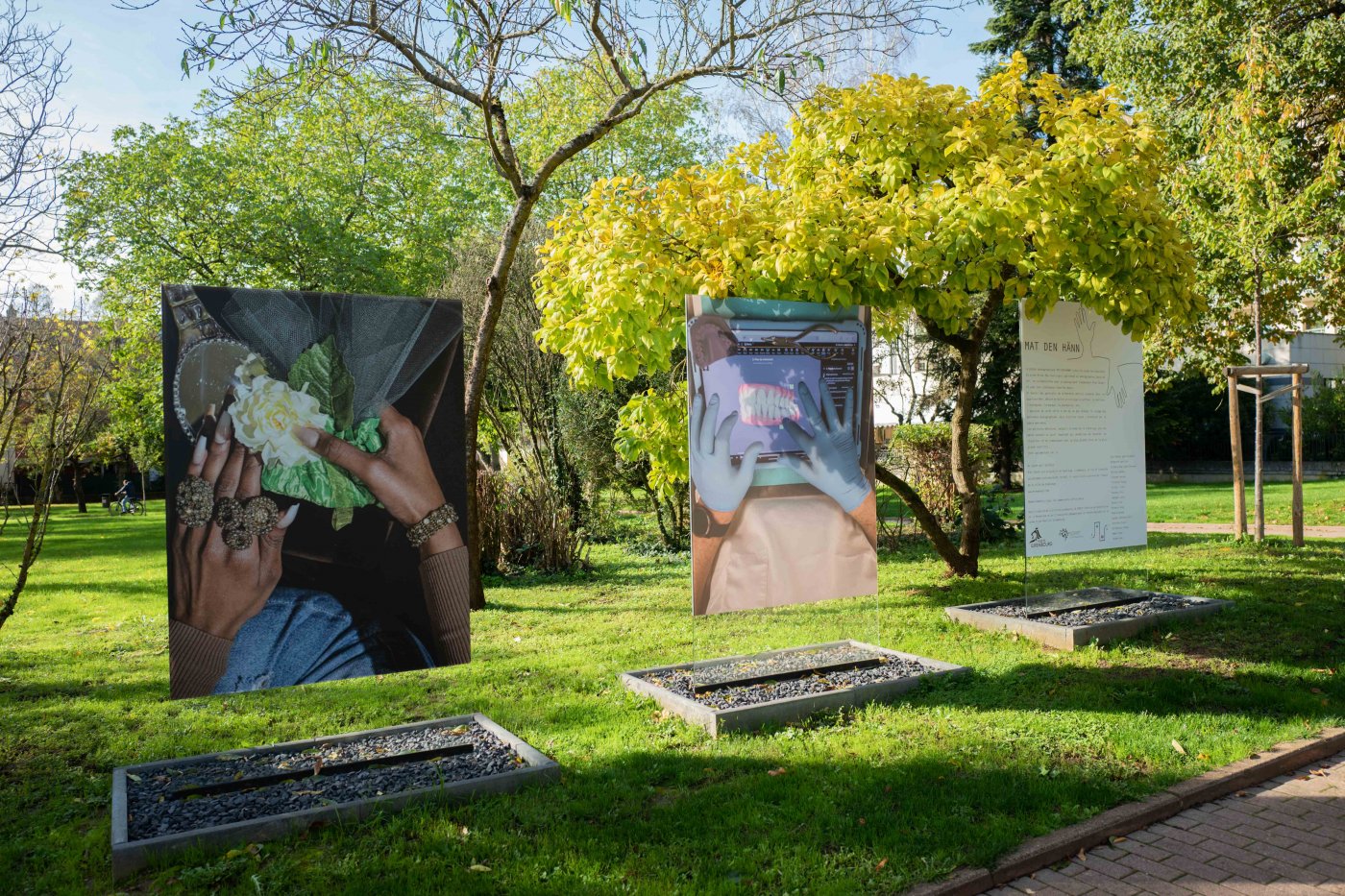
ROMAIN URHAUSEN – THE LIFE AND TIMES
ROMAIN URHAUSEN (1930-2021)
PHOTO EXHIBIT TO COMPLEMENT "ROMAIN URHAUSEN – EN SON TEMPS" ORGANISED BY LËT’Z ARLES AS PART OF LUXEMBOURG'S FIFTH PARTICIPATION IN RENCONTRES D'ARLES
The exhibit aims to showcase the diversity of Romain Urhausen's work through a series of 16 photos. These include portraits and cityscapes taken in Luxembourg City – where he lived and worked during much of his lifetime – as well as some more experimental and abstract snapshots. After coming to the attention of Edward Steichen – the Luxembourg painter and photographer considered one of the most influential figures in the history of photography – in the early 1950s, Urhausen went on to present his work at the Museum of Modern Art (MoMA) in New York as part of the "Postwar European photography" exhibit in 1953. Between 1950 and 1960, his work was displayed in Cologne, Munich, Paris, Chicago, Boston and Japan. In 2016, the Luxembourg National Audiovisual Centre paid tribute to his legacy with a retrospective exhibition.
This collection will be on display at Merl Park until the end of September 2022, with the support of the National Audiovisual Centre and in collaboration with Lët'z Arles.
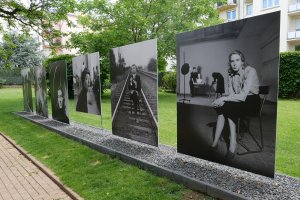
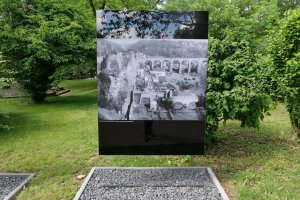
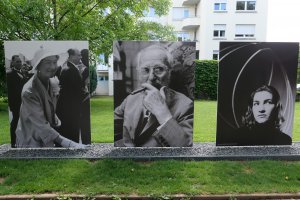
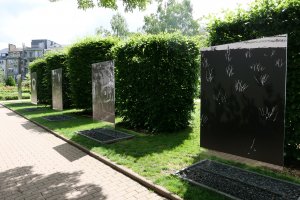
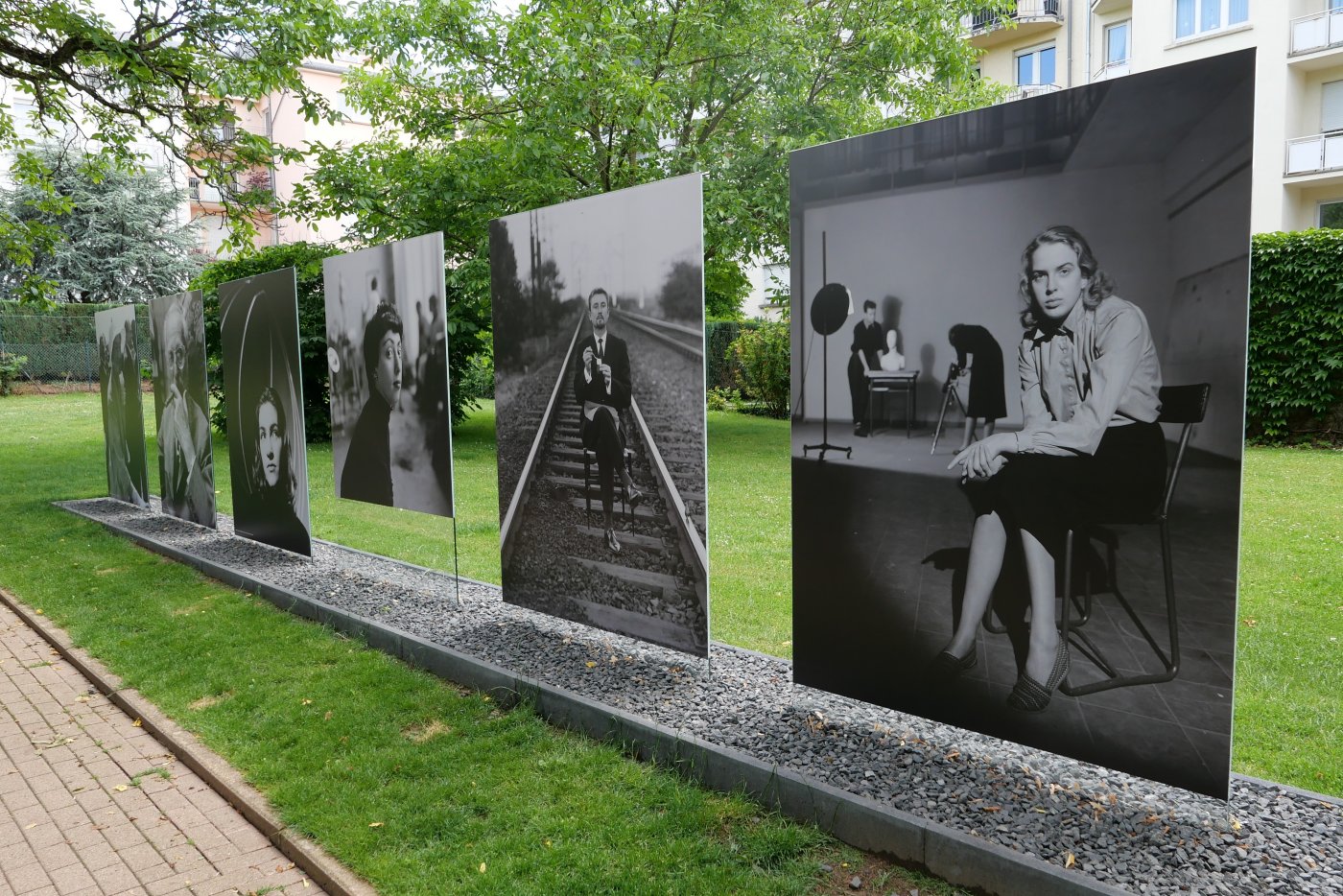
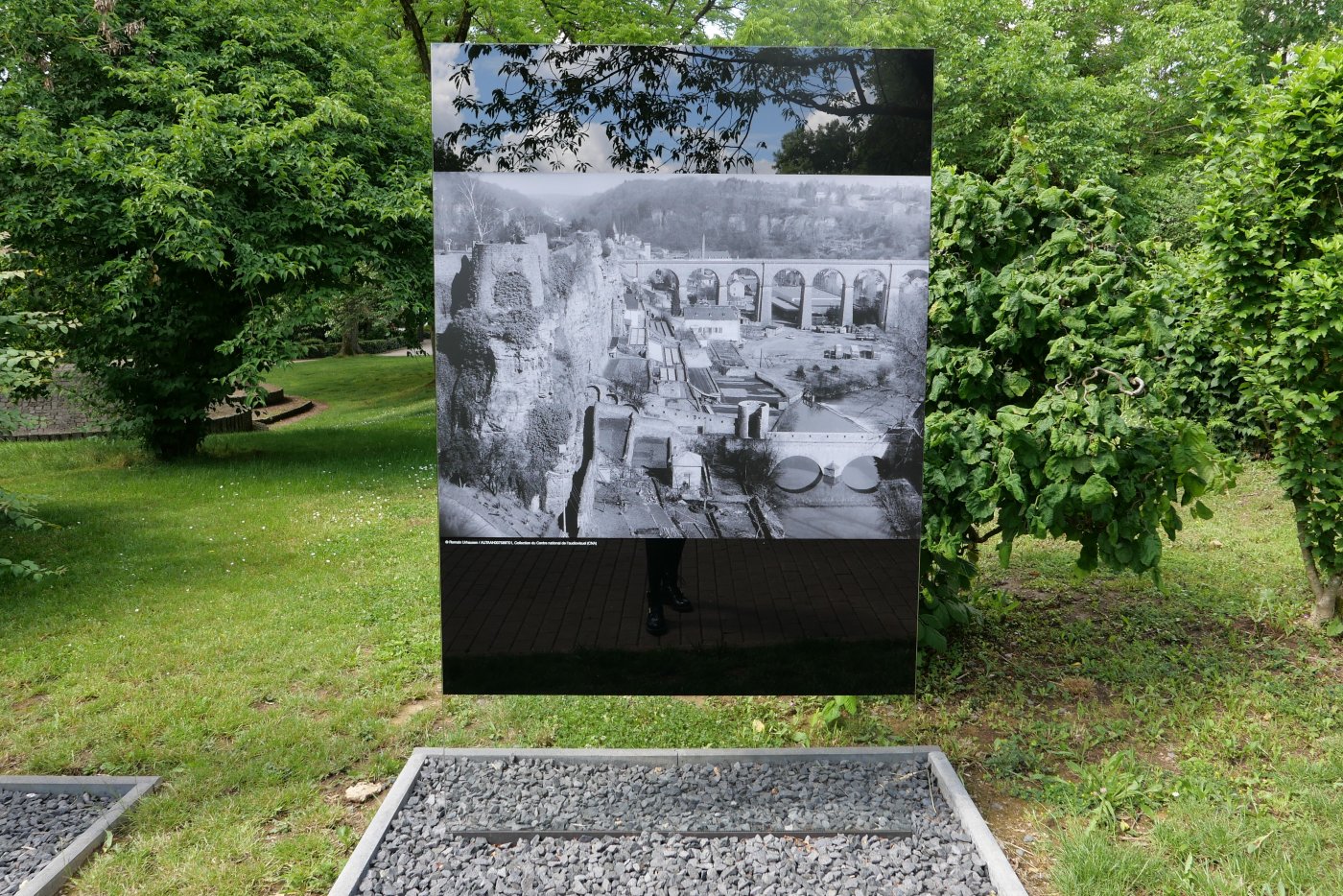
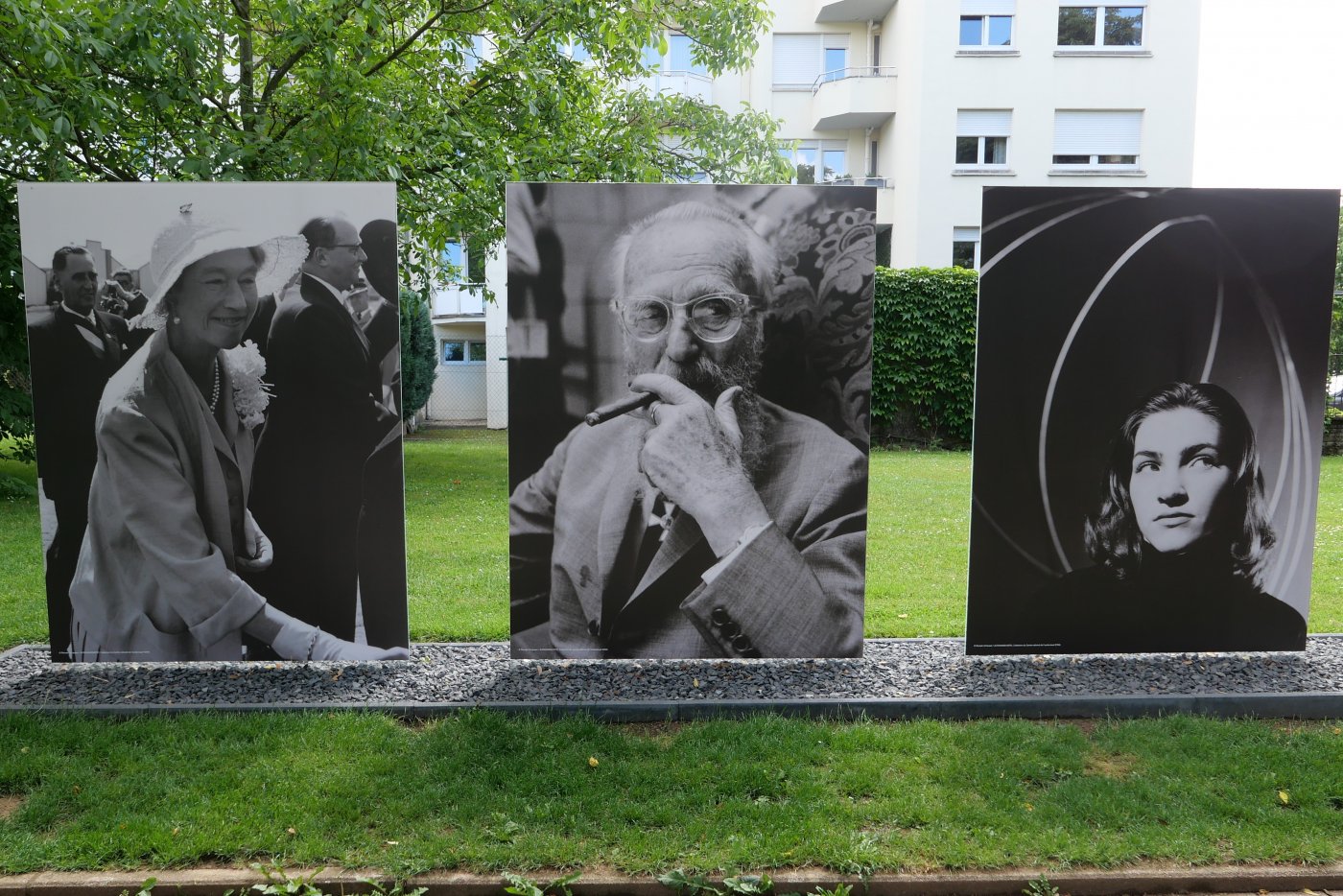
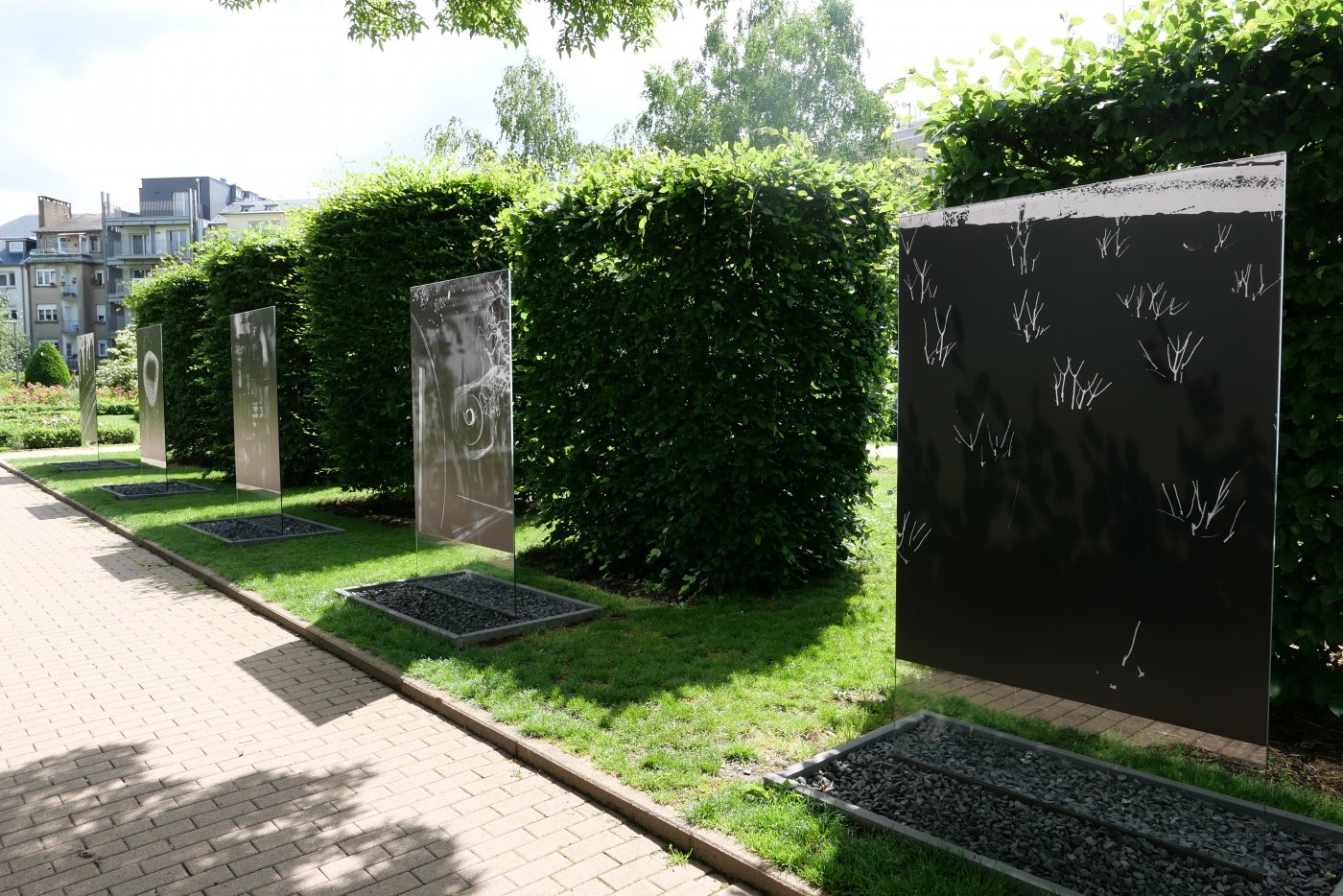
URBAN DIALOG
Photography exhibition by Jessica Theis (February–June 2022)
The "URBAN DIALOG" project, by Luxembourg artist and photographer Jessica Theis, was created to be put on display in Merl Park. As the title indicates, the exhibit directs the observer's attention to the dialog between its subjects and their environment. Printed on glossy and semi-transparent panels, the images elicit a conversation between the depicted architectural elements and the surrounding natural environment, and even incorporate the visitor or passer-by, whose reflection can be seen in the artwork.
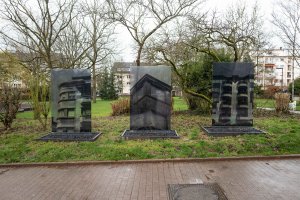
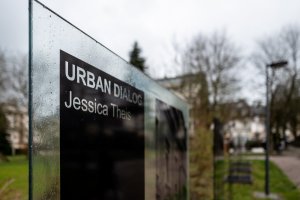
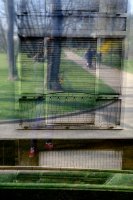
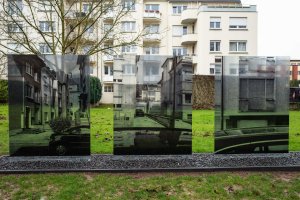
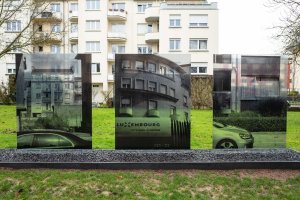
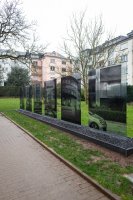
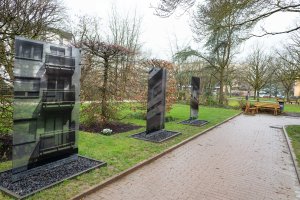
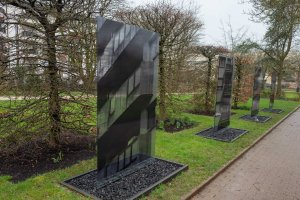
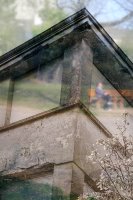
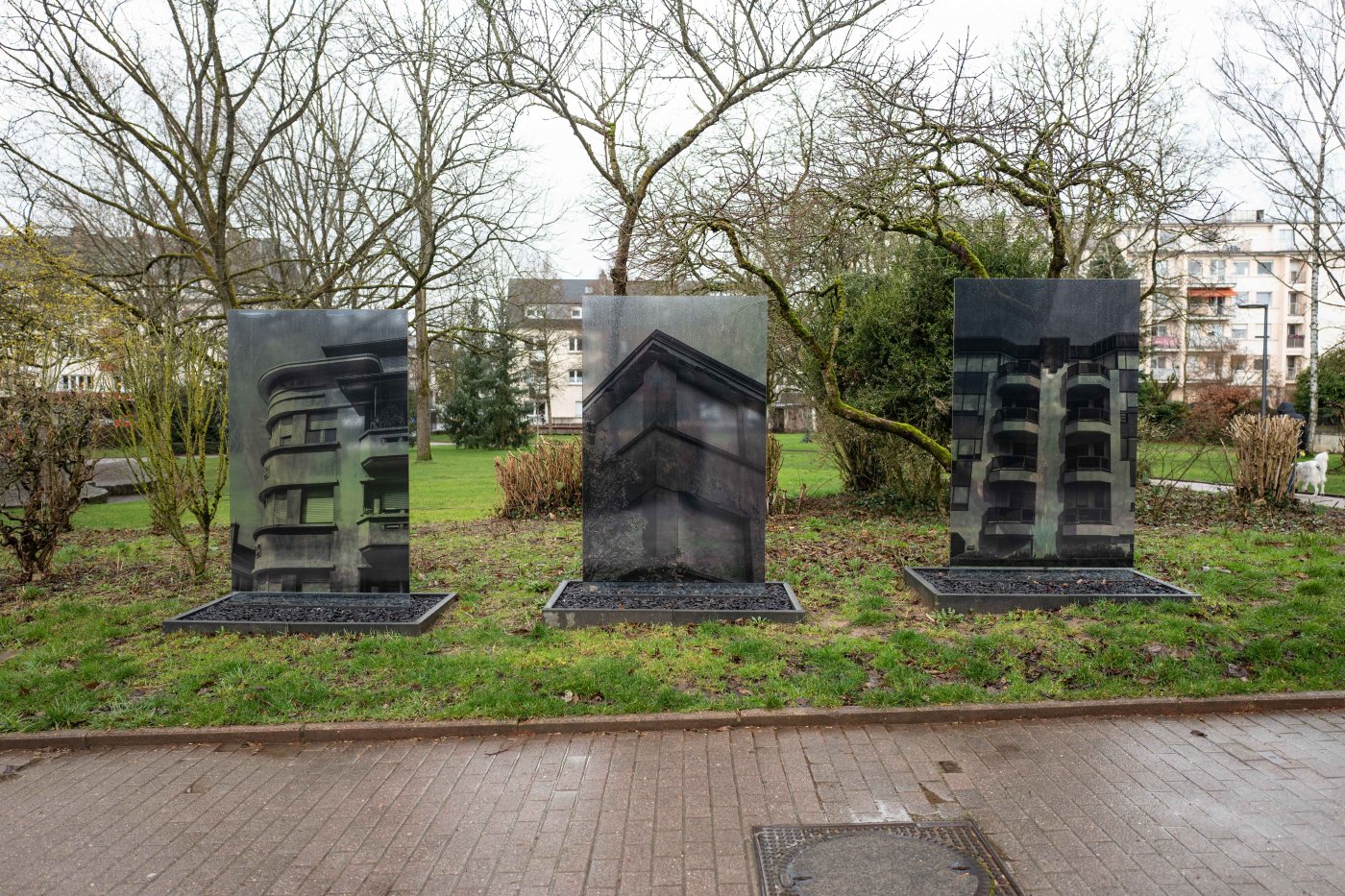
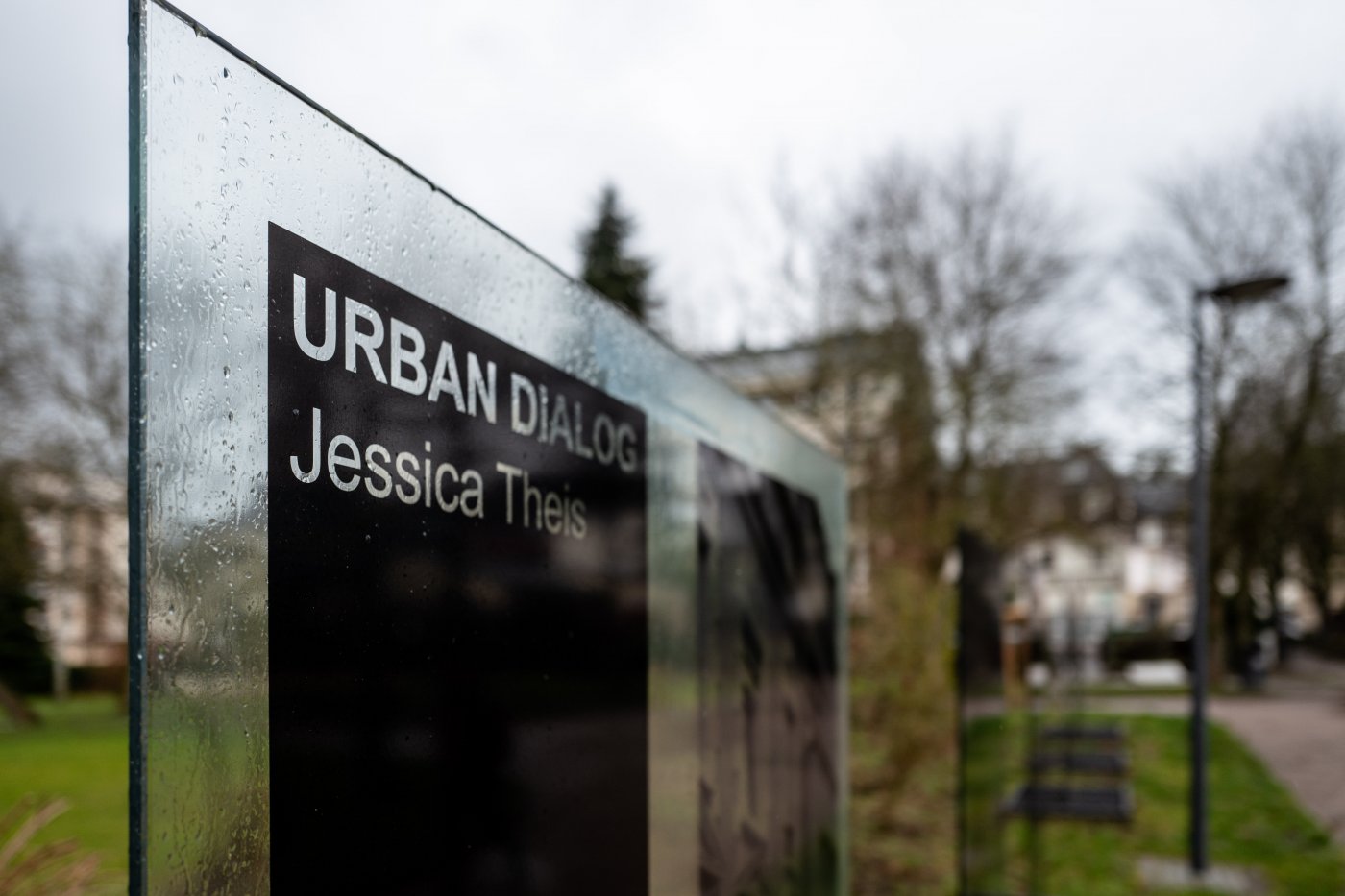
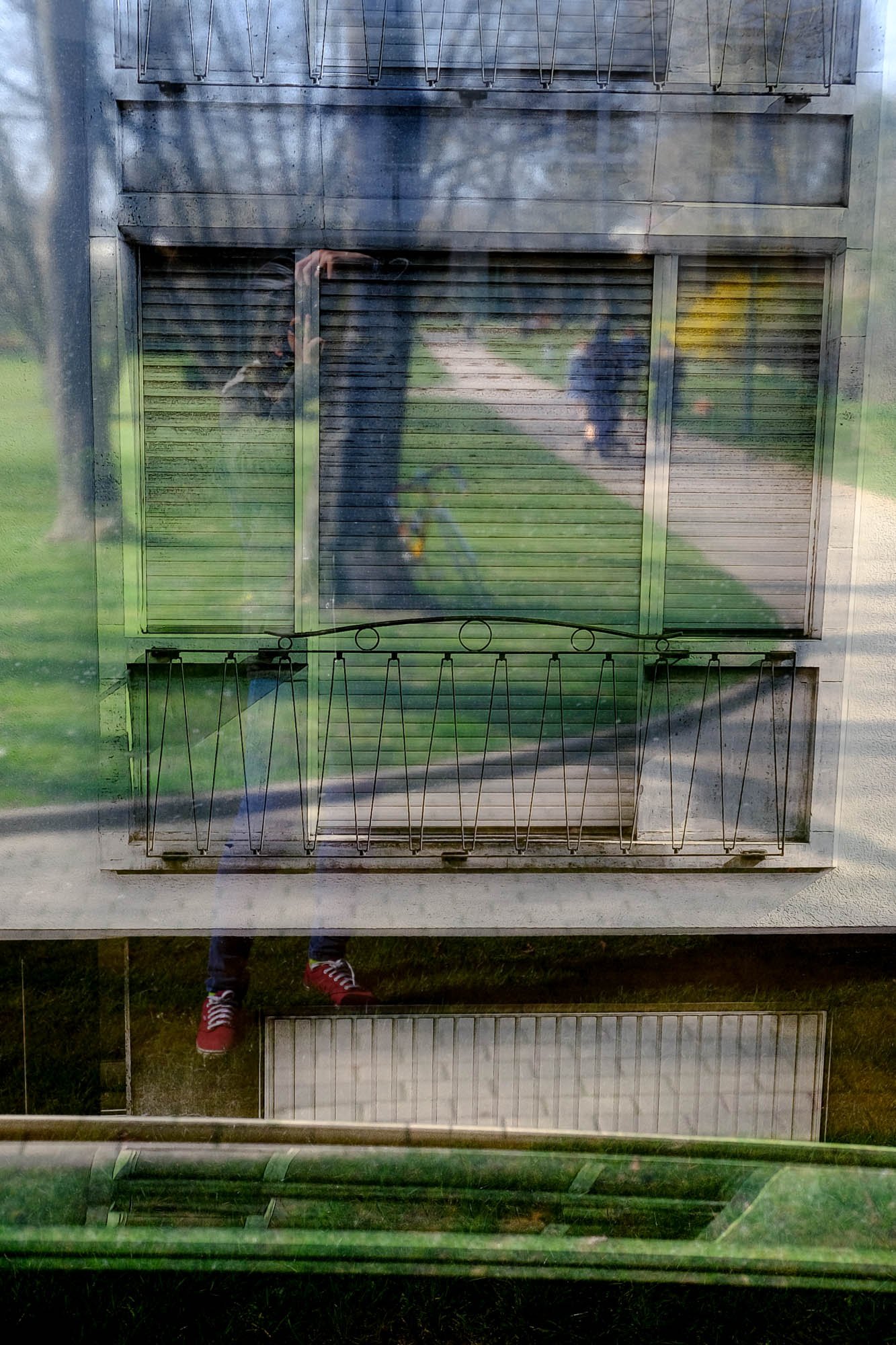
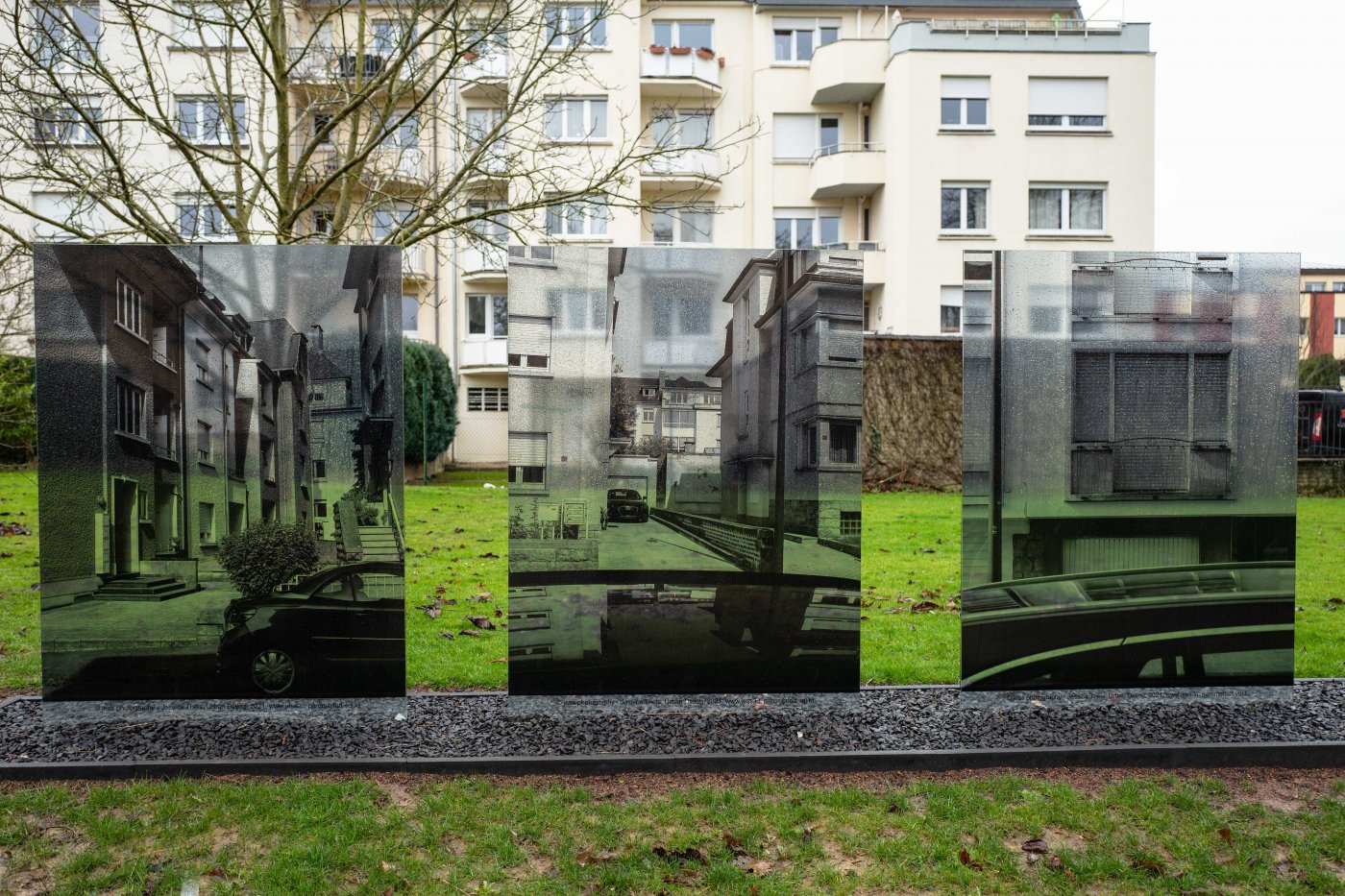
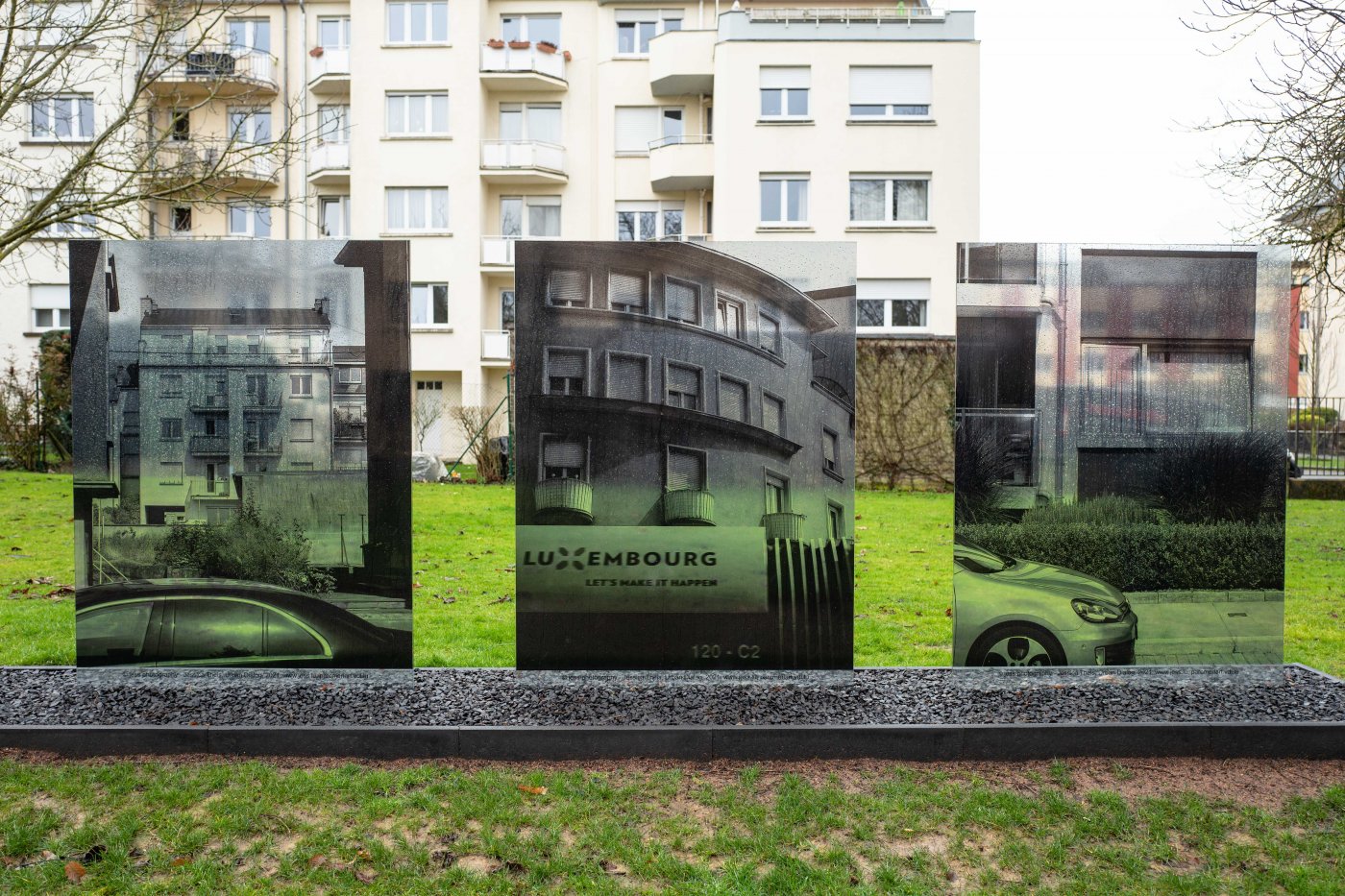
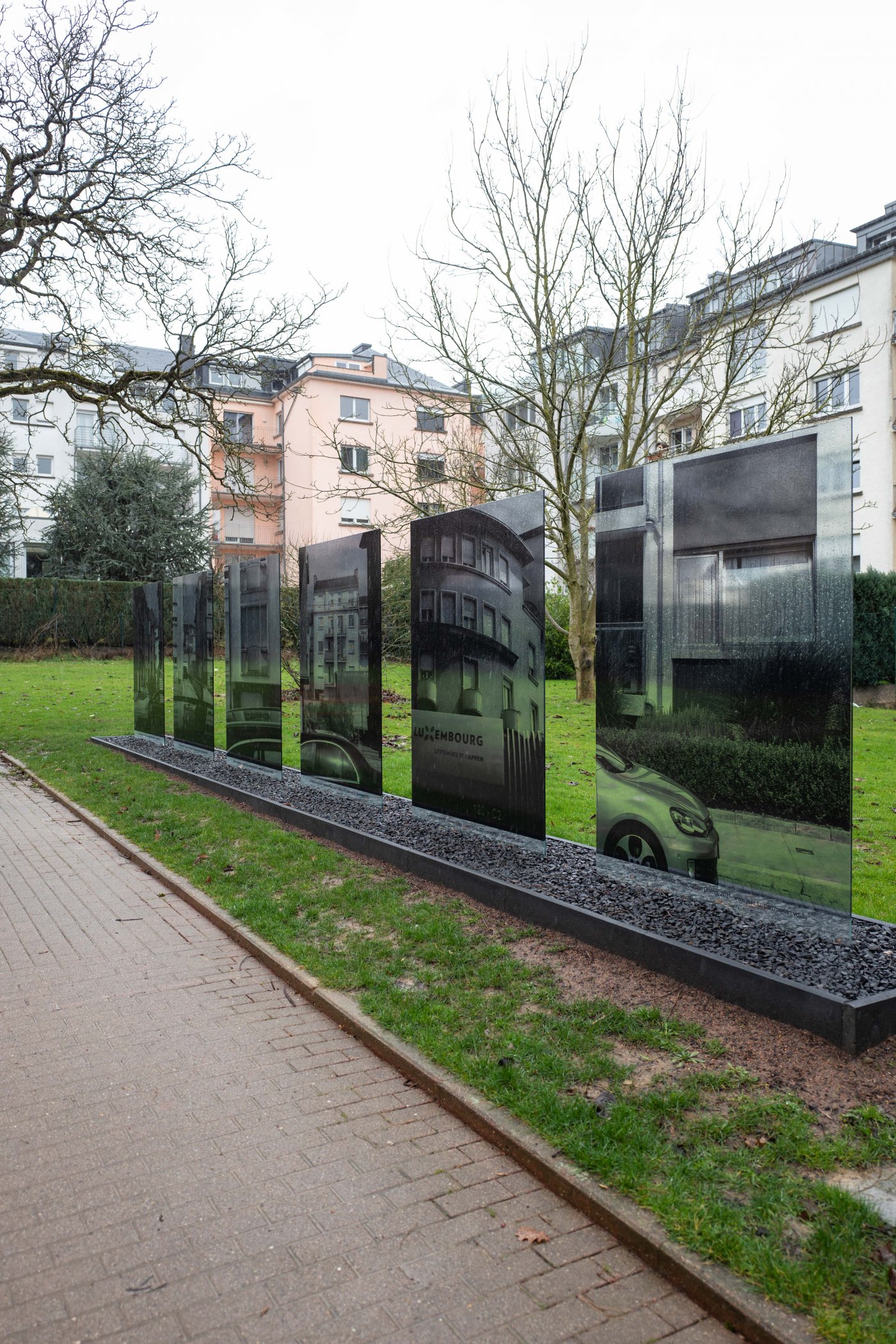
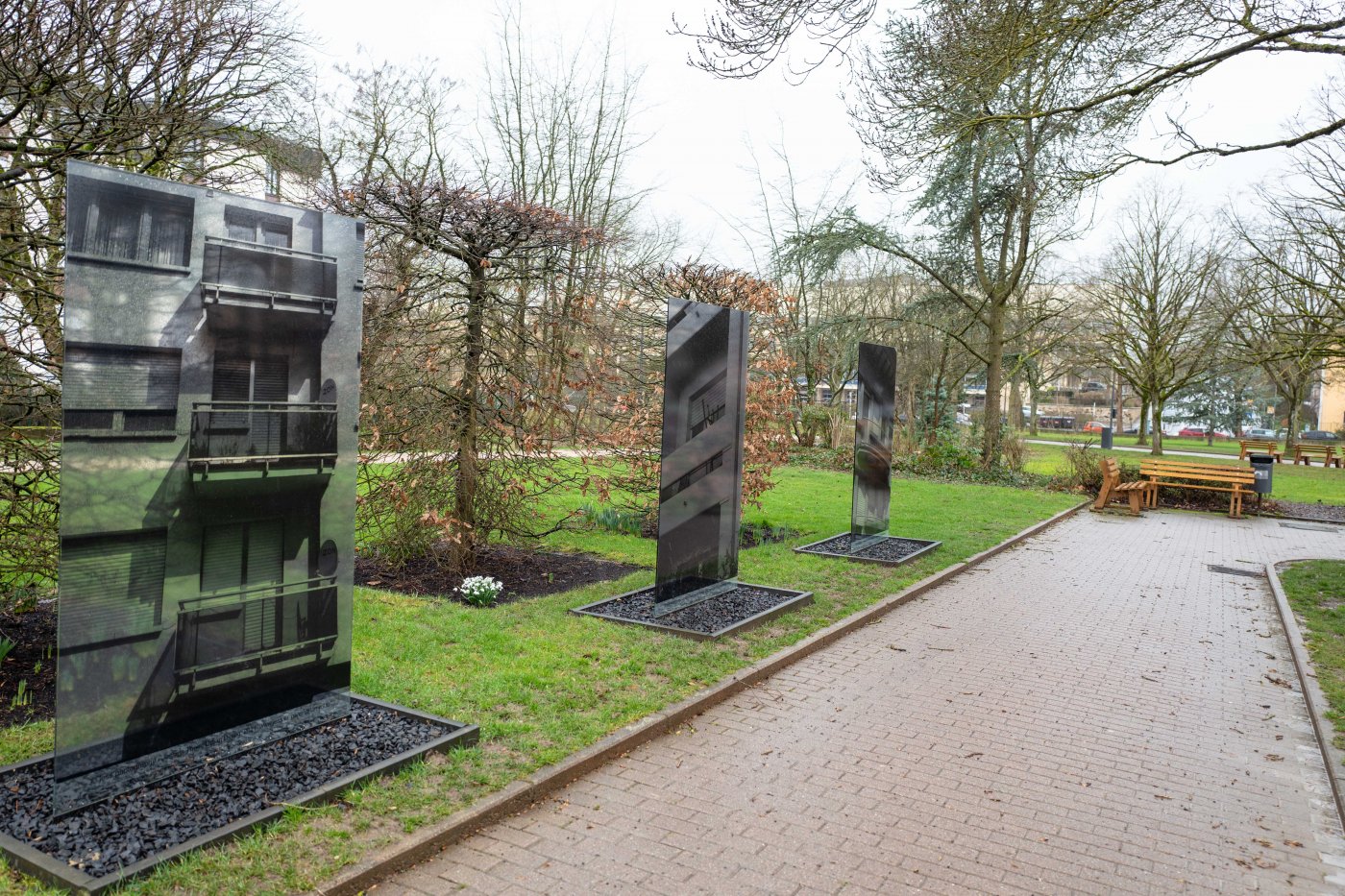
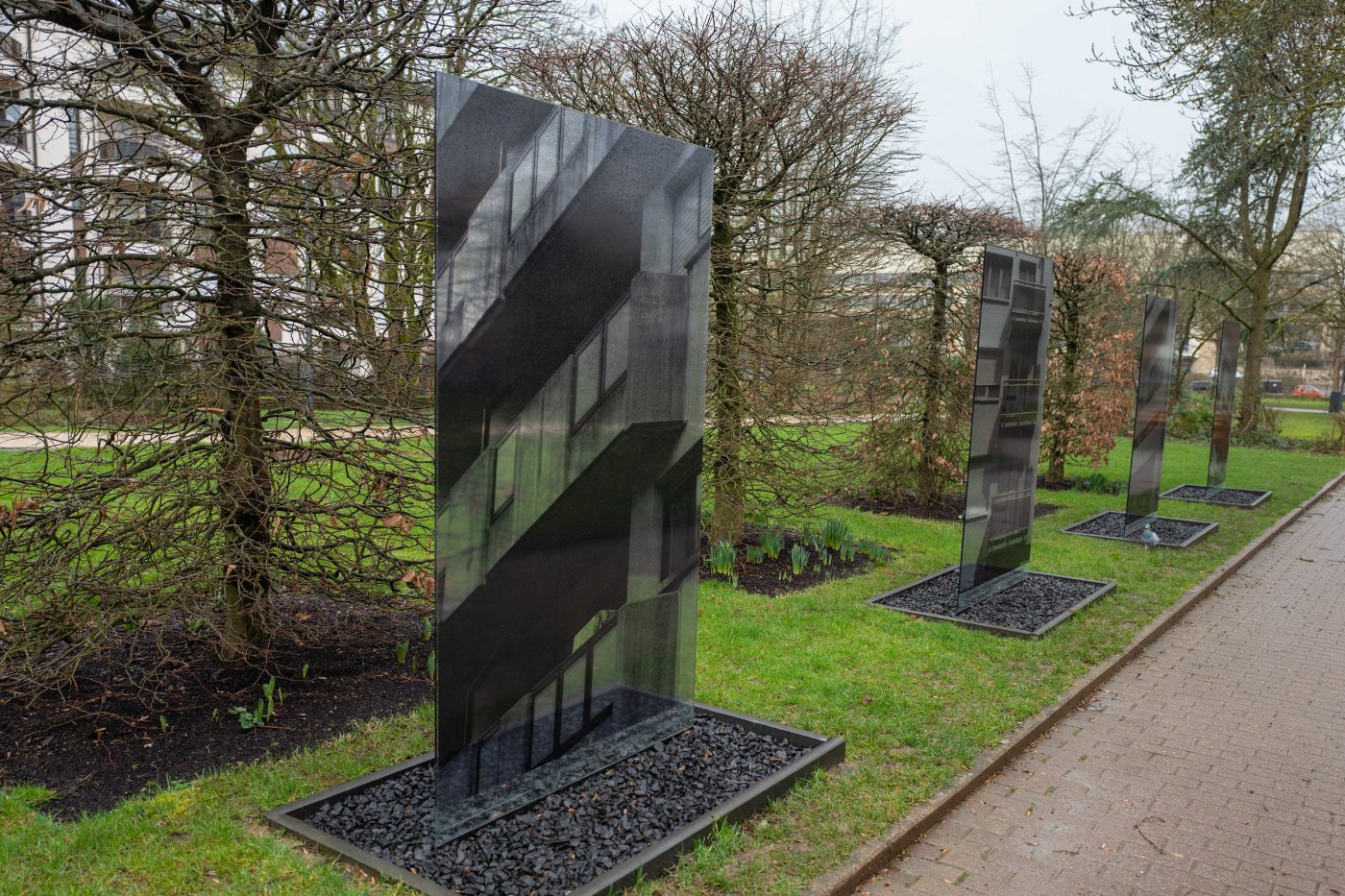
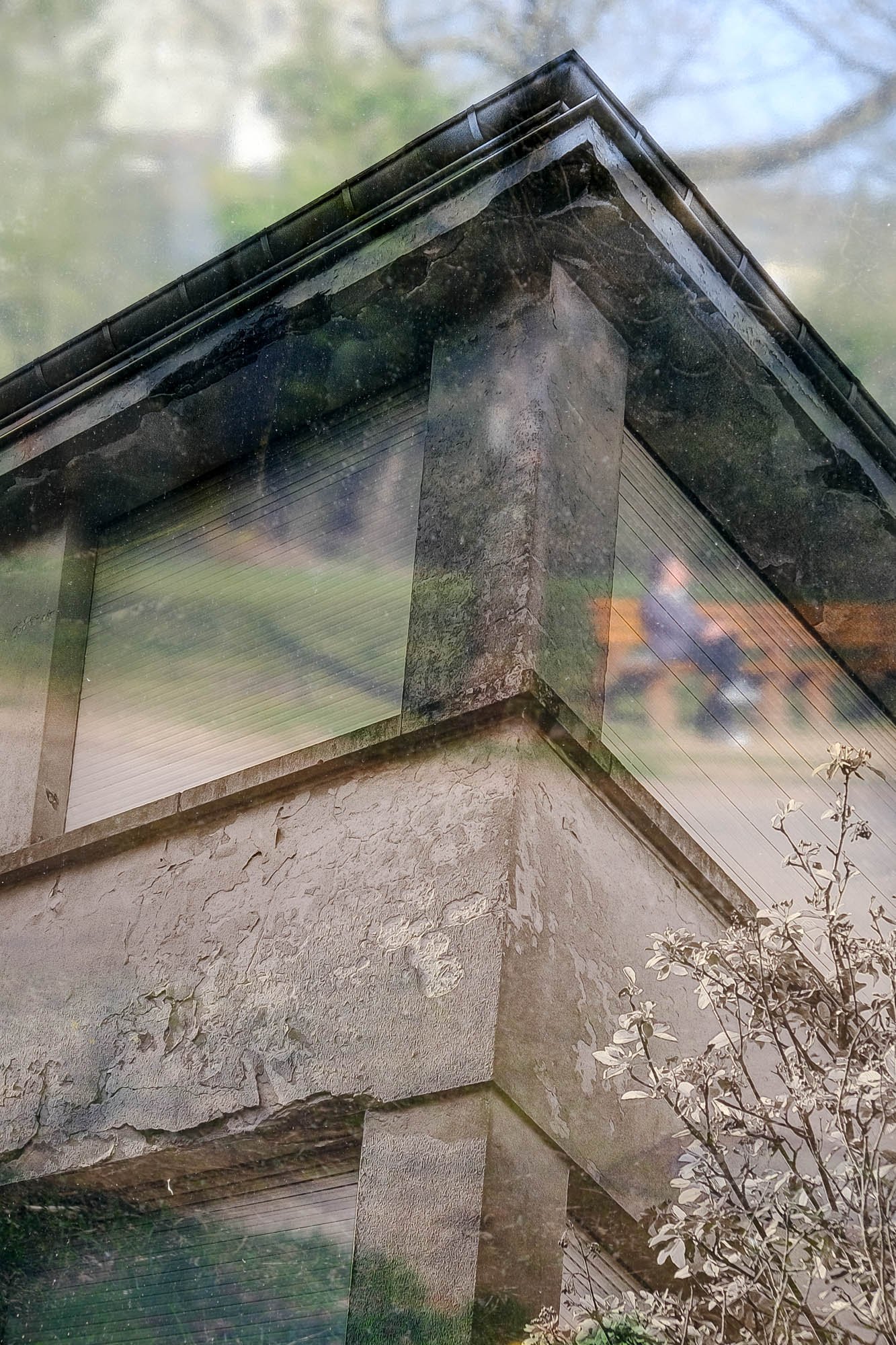
RÉFLEXIONS REFLECTIONS
Photography exhibition by Véronique Kolber (September 2021–January 2022)
Artist and photographer Véronique Kolber created this project in collaboration with photography students at Lycée Aline Mayrisch (taking the optional photography class) and their art teacher, Séverine Bauer.
Véronique Kolber is a freelance photographer who works in Luxembourg. She is especially interested in the themes of memory, reality and fiction, which she explores in an intimate, poetic style.
The students drew inspiration from her work as they set out to examine their own daily lives, seeking natural and artificial reflected light around them. Using their mobile phones to create a logbook of sorts, they captured images that can be interpreted as traces or marks of their everyday existence. Light reflected on a wall, a cloud of steam fogging a window and obscuring the view, a shimmering portrait: all these mundane phenomena colour our perception of the world we experience every day. In creating a distance from their inner lives, these "reflections" invite viewers to enter the realm of dreams, fantasy and obscurity.
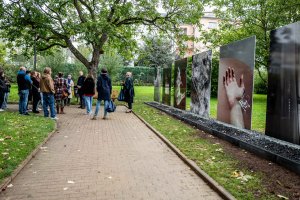
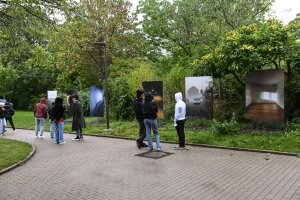
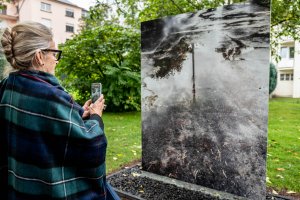
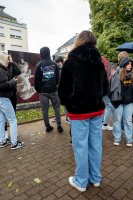
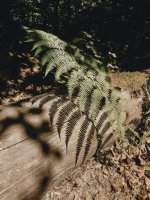
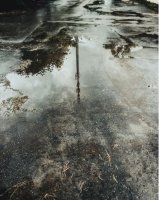
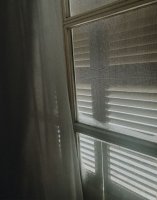
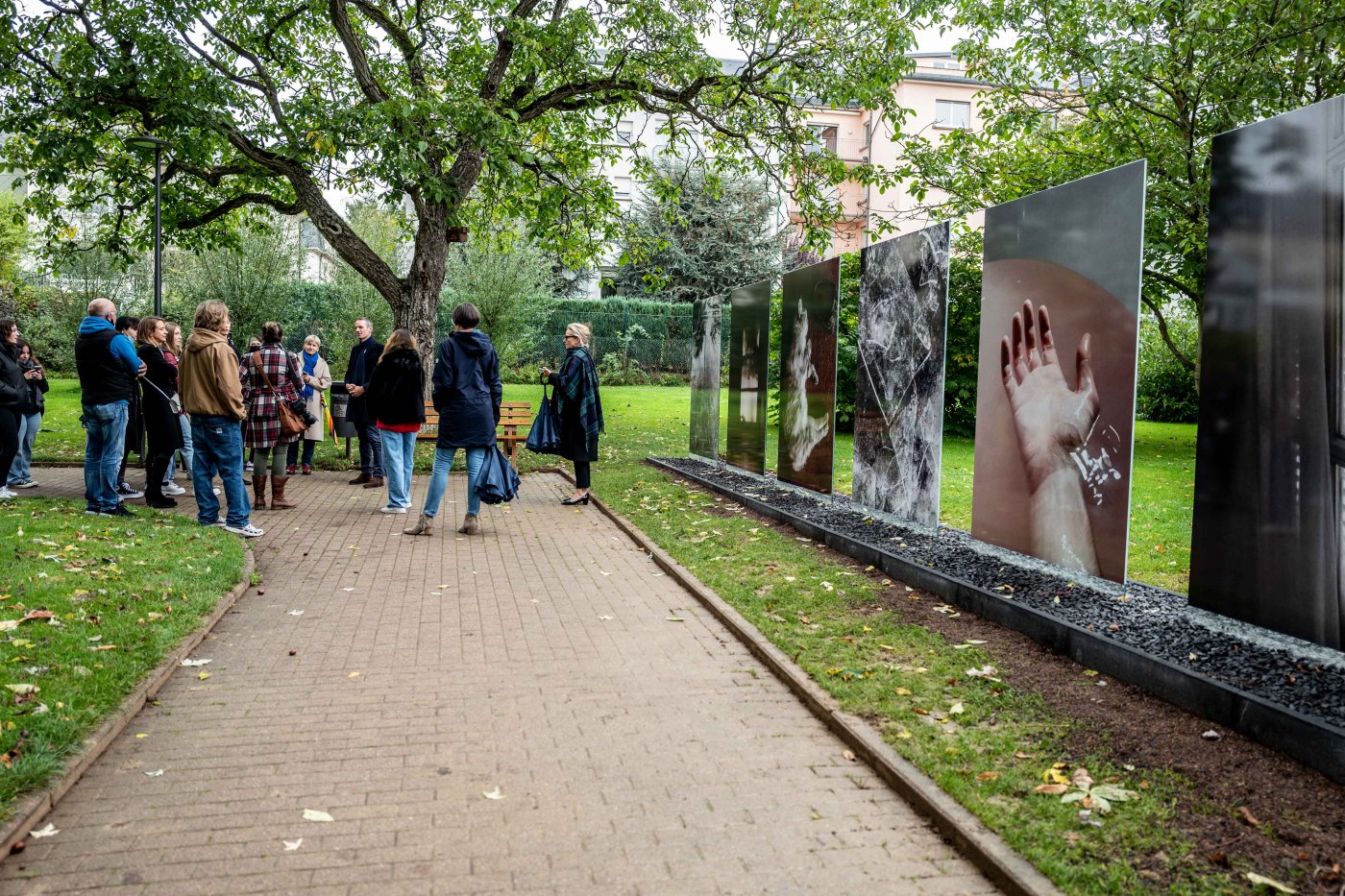
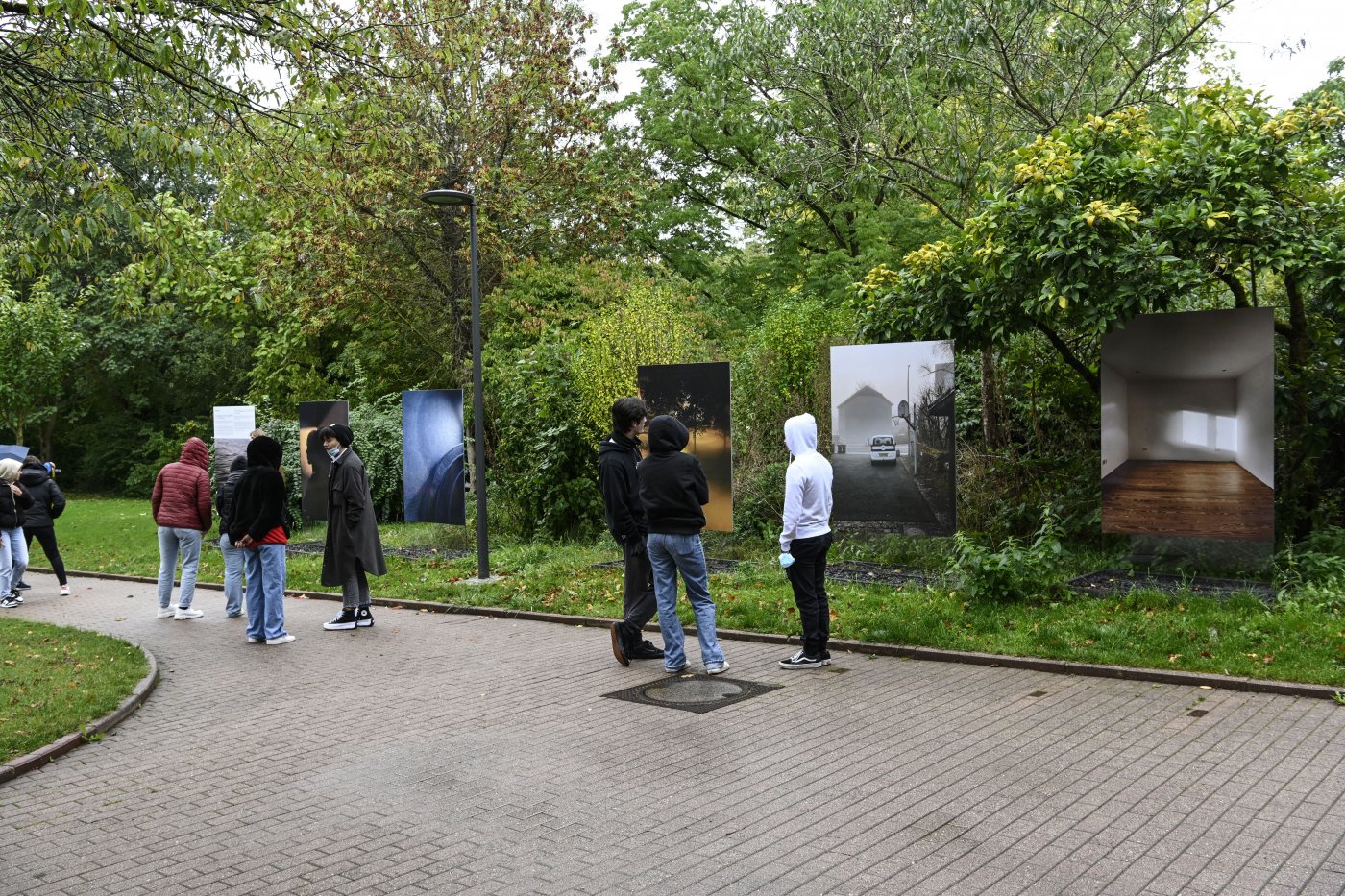
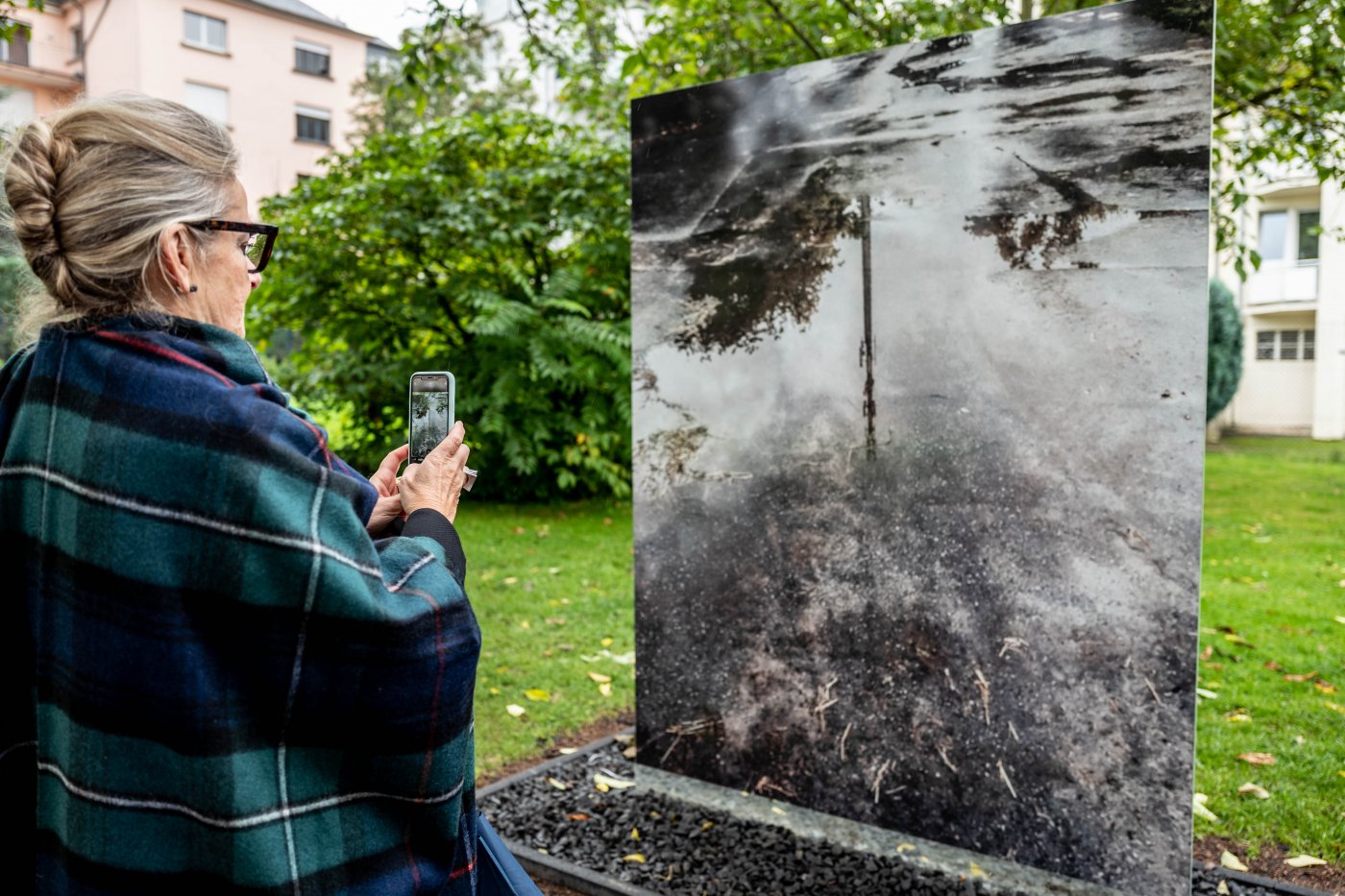
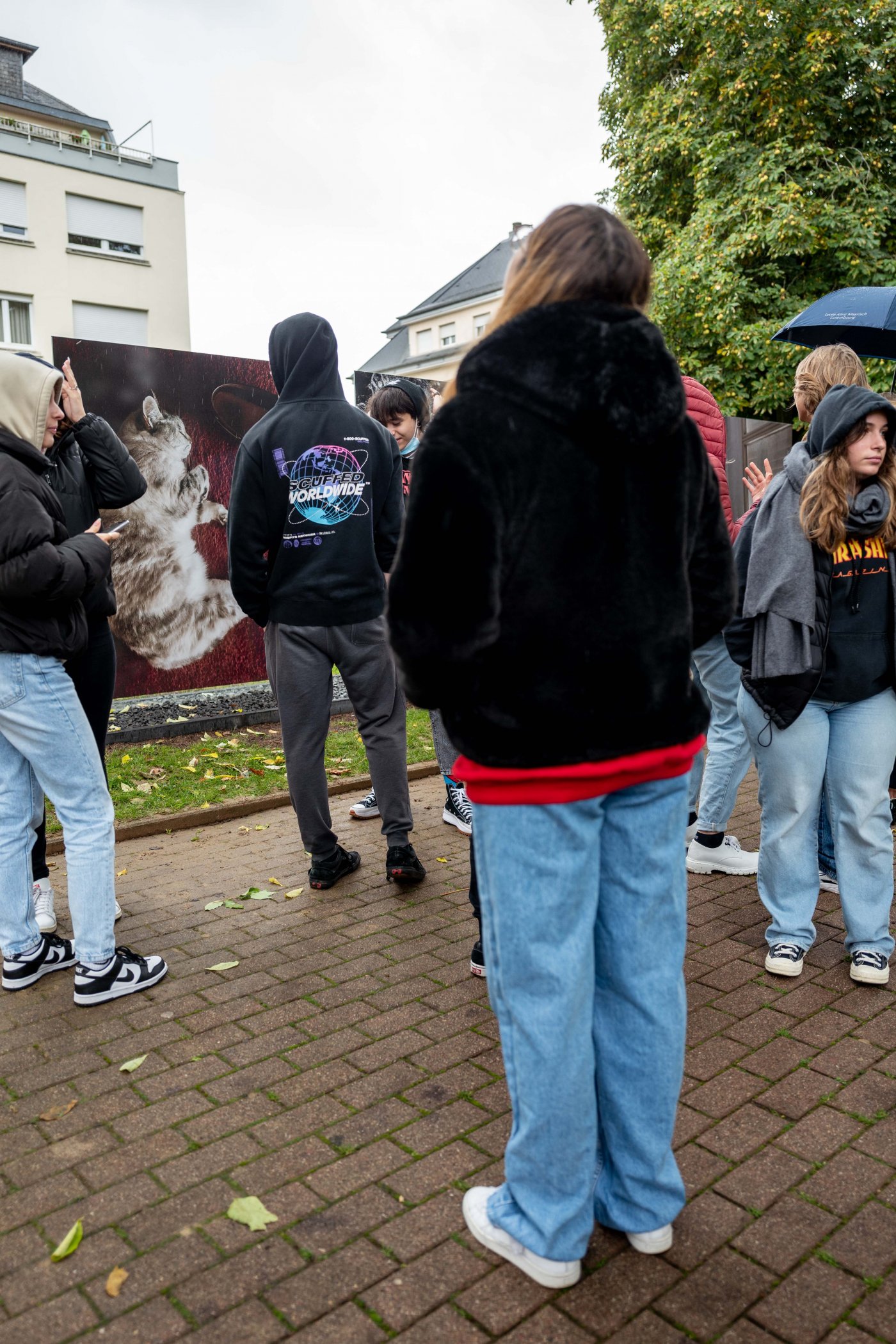
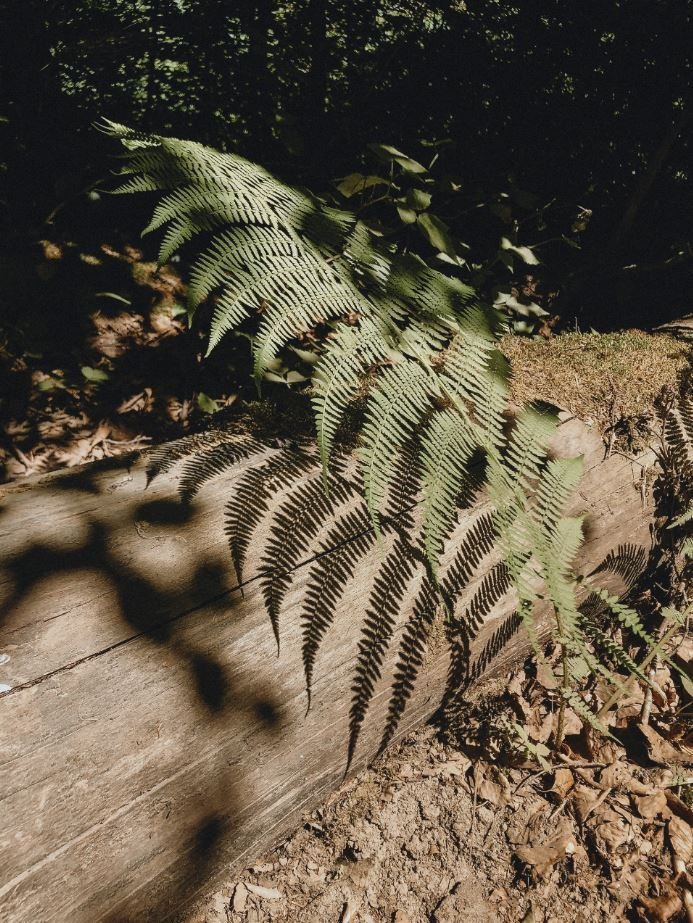
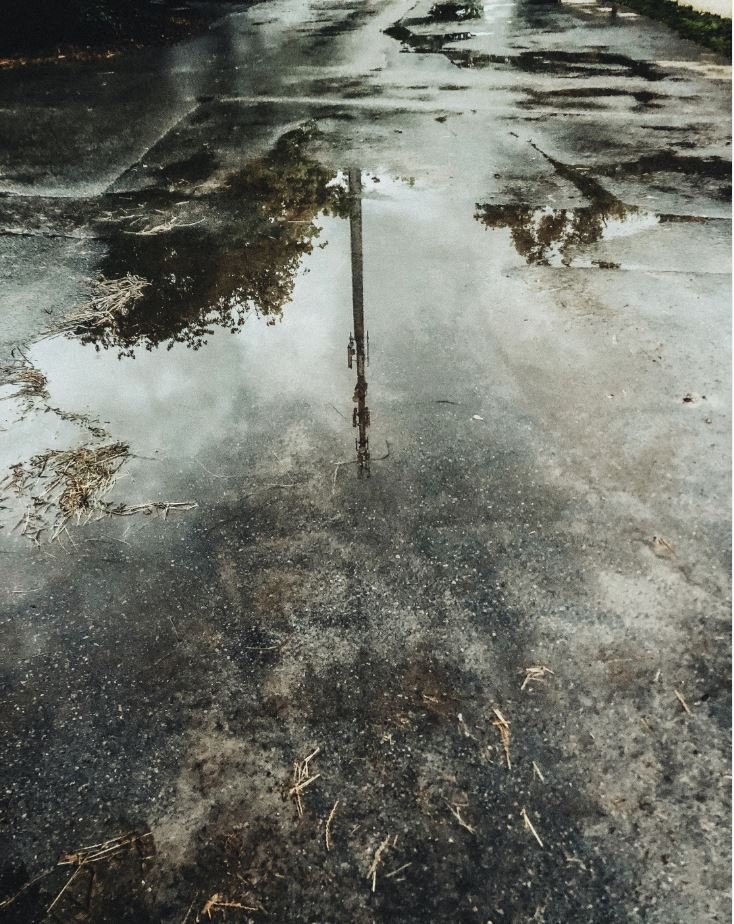
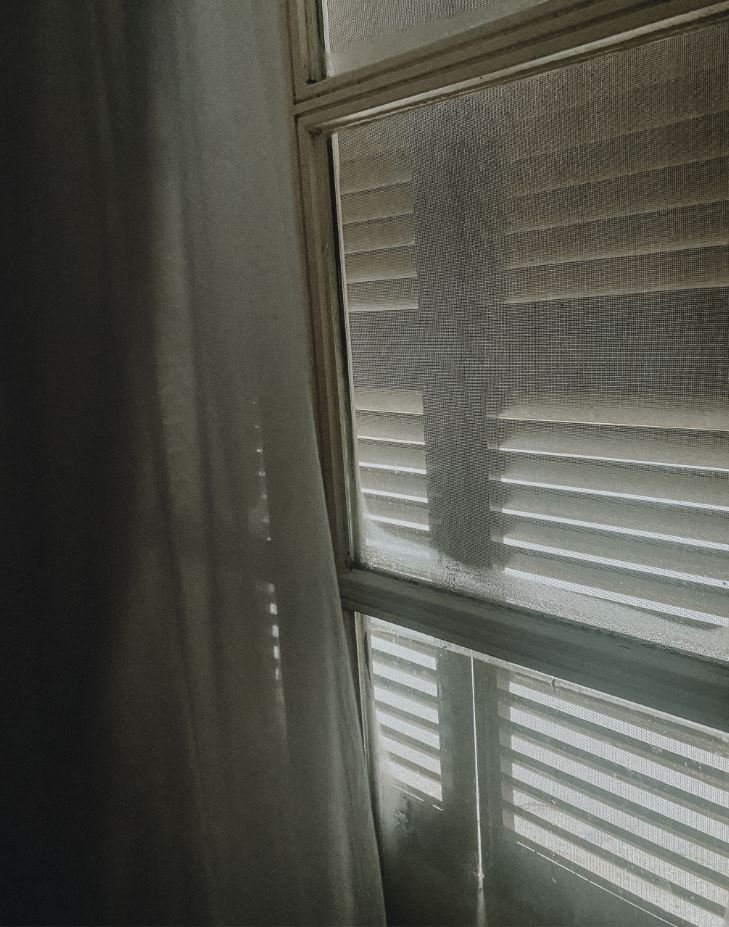
Instincts. Same but different
Photography exhibition by Cristina Dias de Magalhães (April–September 2021)
The exhibition was put together by artist Cristina Dias de Magalhães and is meant to be experienced as a private diary in which the artist visually and emotionally interprets her family environment. Fascinated by the innate bond between her twin daughters, she has attempted to capture their experiences of early childhood through their eyes as they share moments of delight, explore their environment, discover themselves and build relationships with others.
By incorporating the animal world her daughters love observing and analysing, she creates a dialogue between the images, in which instinct prevails and guides the viewer. As a mother, she imagines herself as the archetypal animal figure, full of symbolism and human traits, and accompanies her daughters in their daily learning. Her diptychs reveal a silent bond created by feelings and shared moments. This physical encounter – imagined, yet at the same time very real – reminds us that we are born into a complex world where we rely on our instincts for our very survival.
Her project, "Instincts. Same but different", on display until September 2021, is part of the 8th European Month of Photography in Luxembourg.
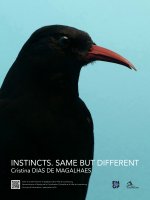
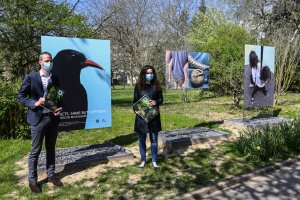
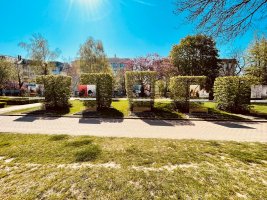
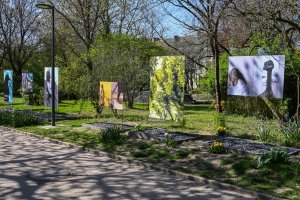
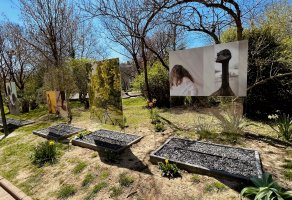
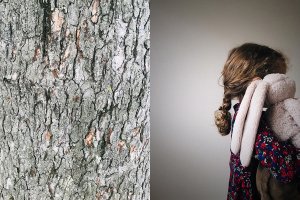
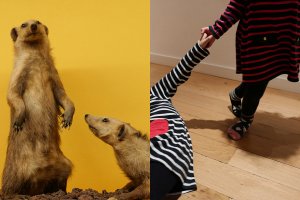
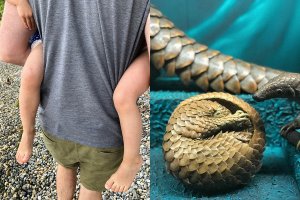
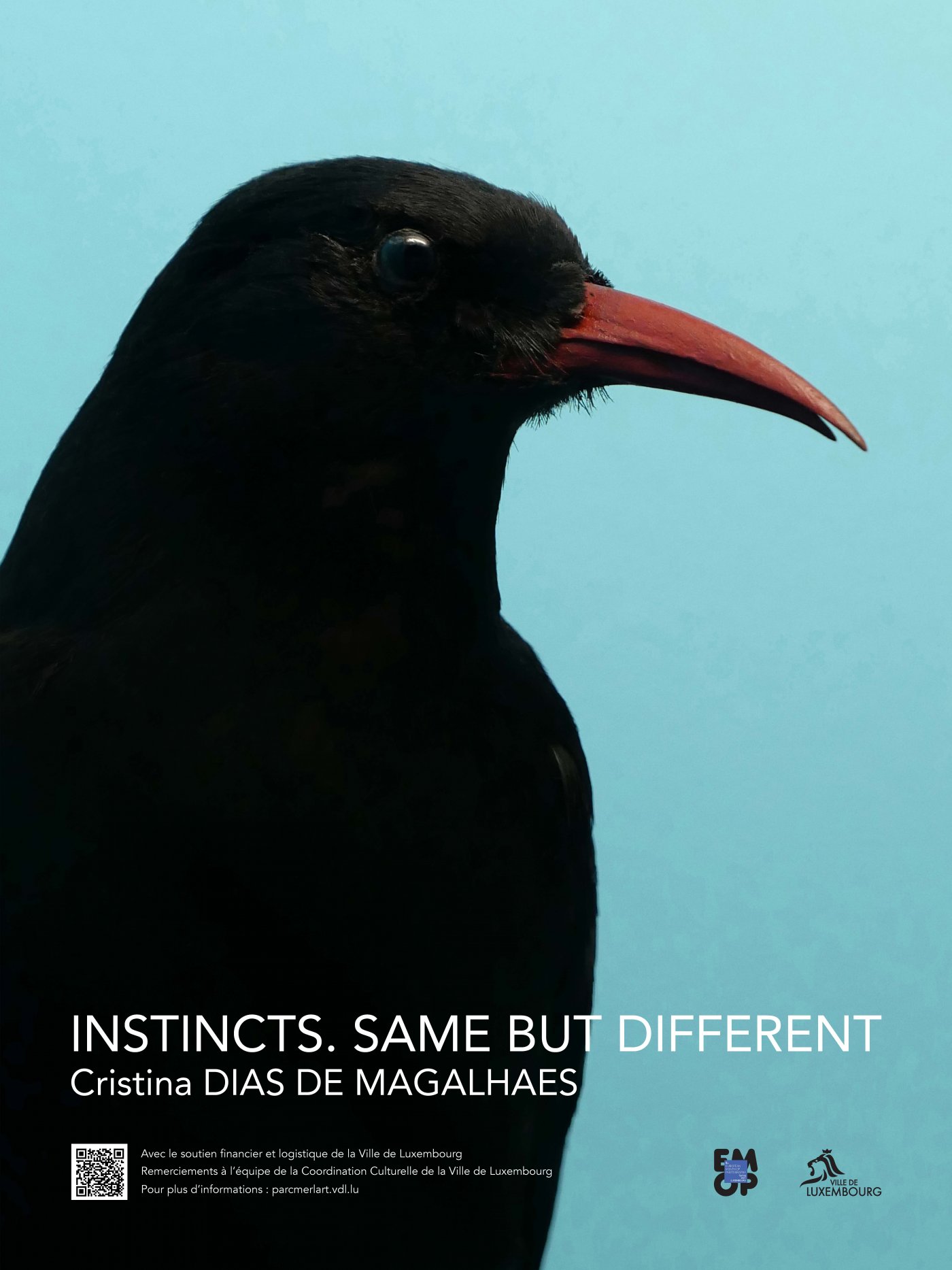
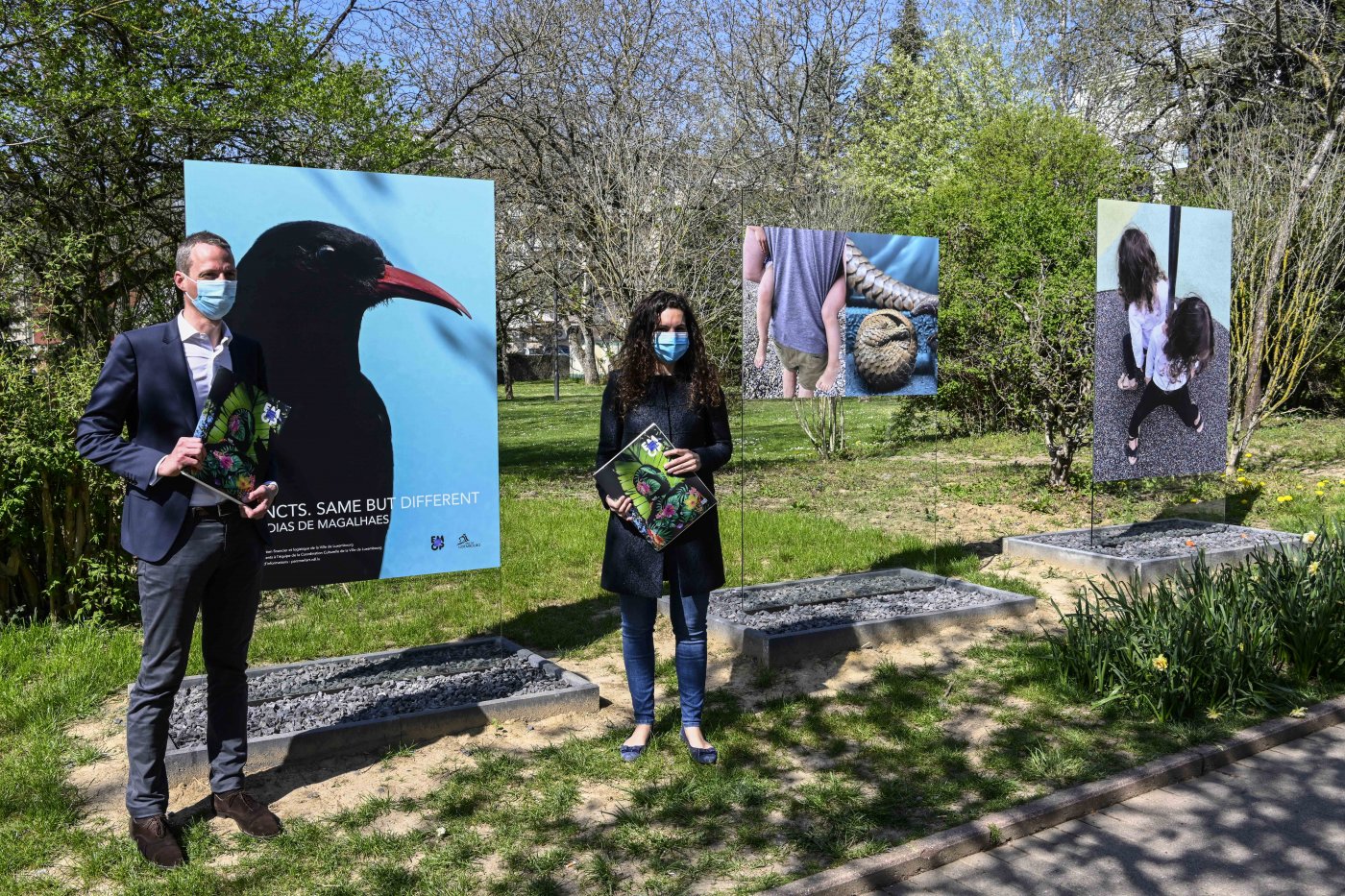
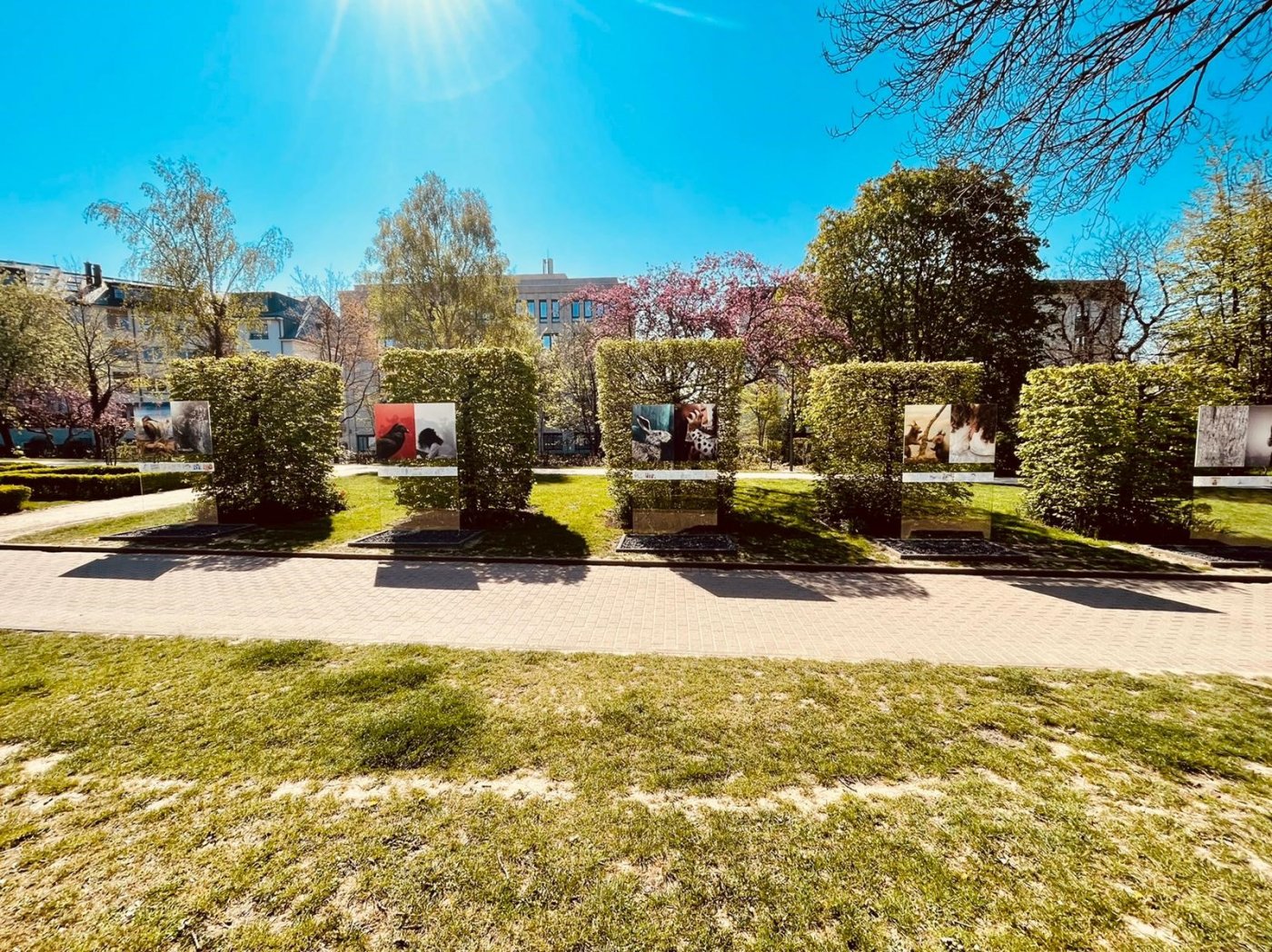
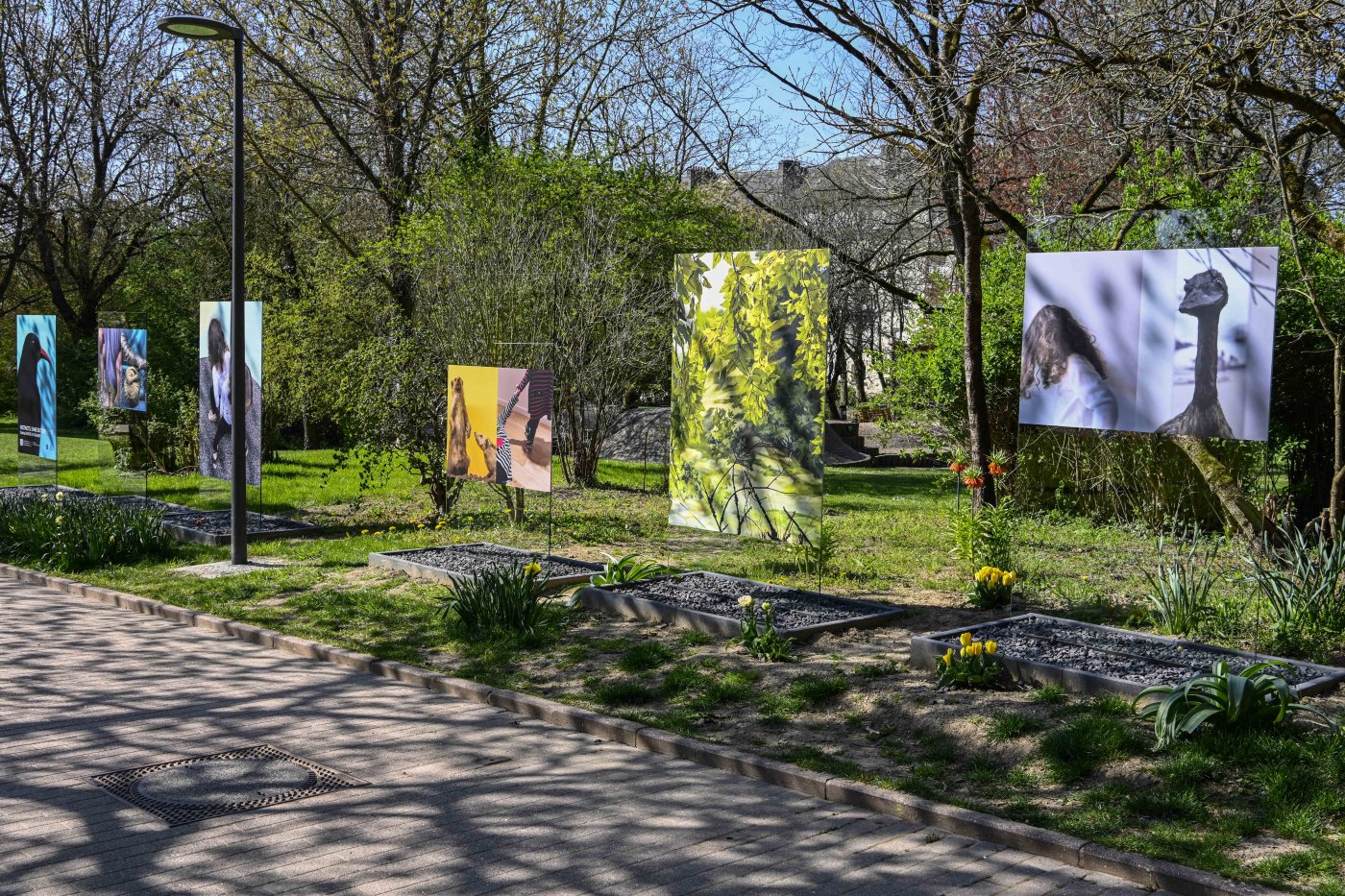
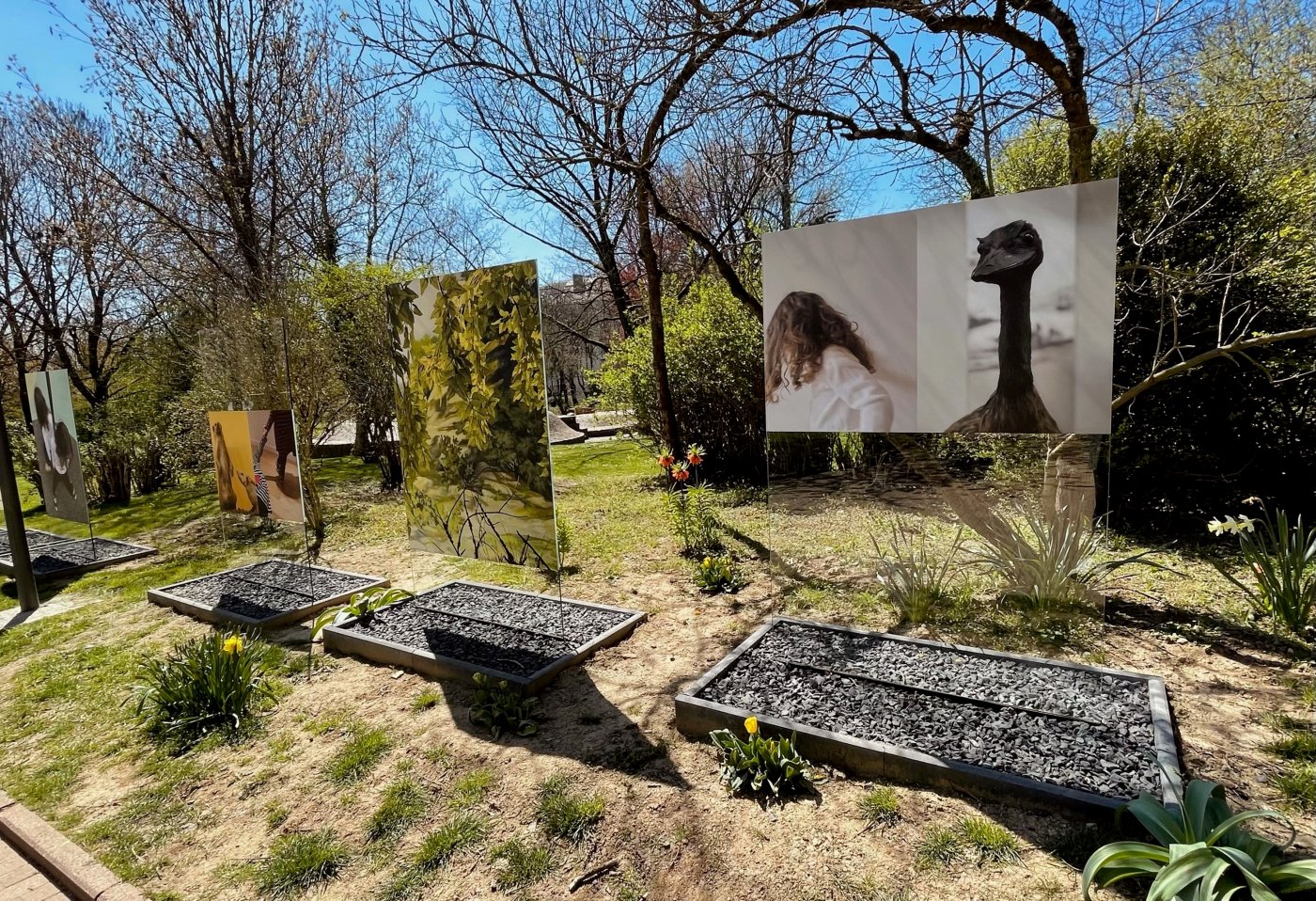
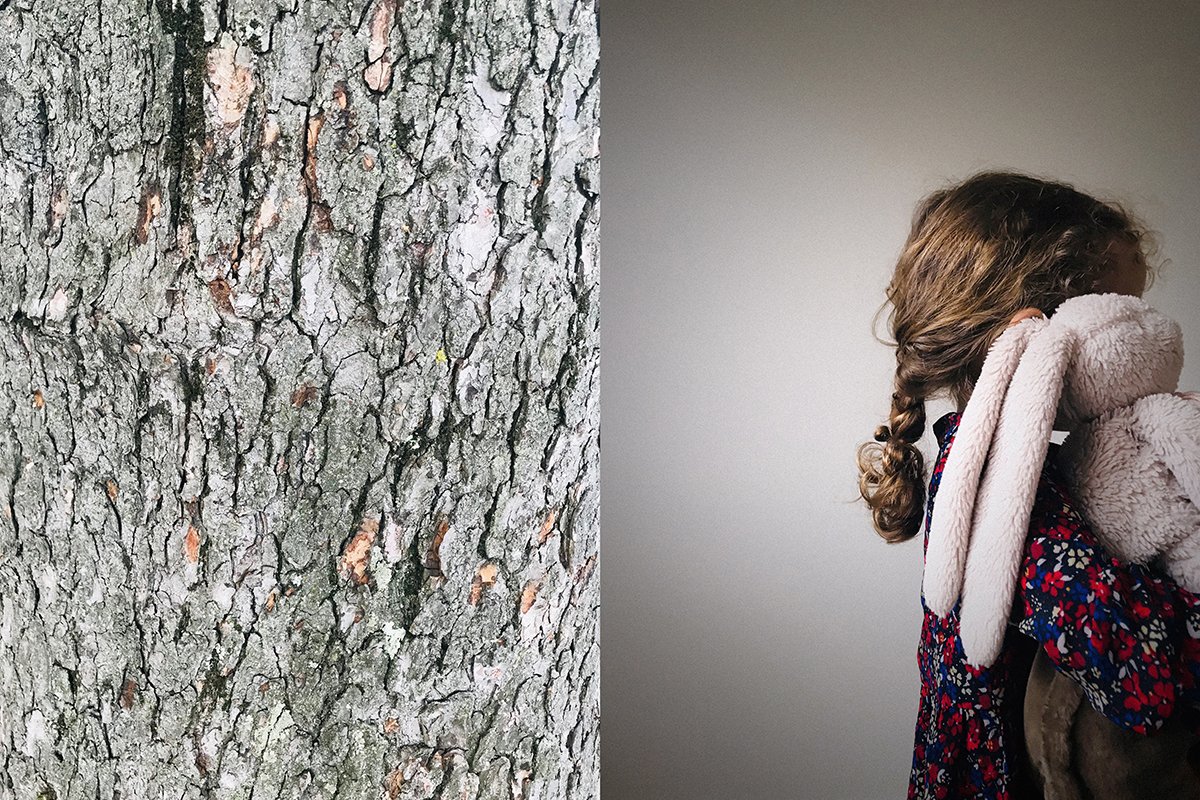
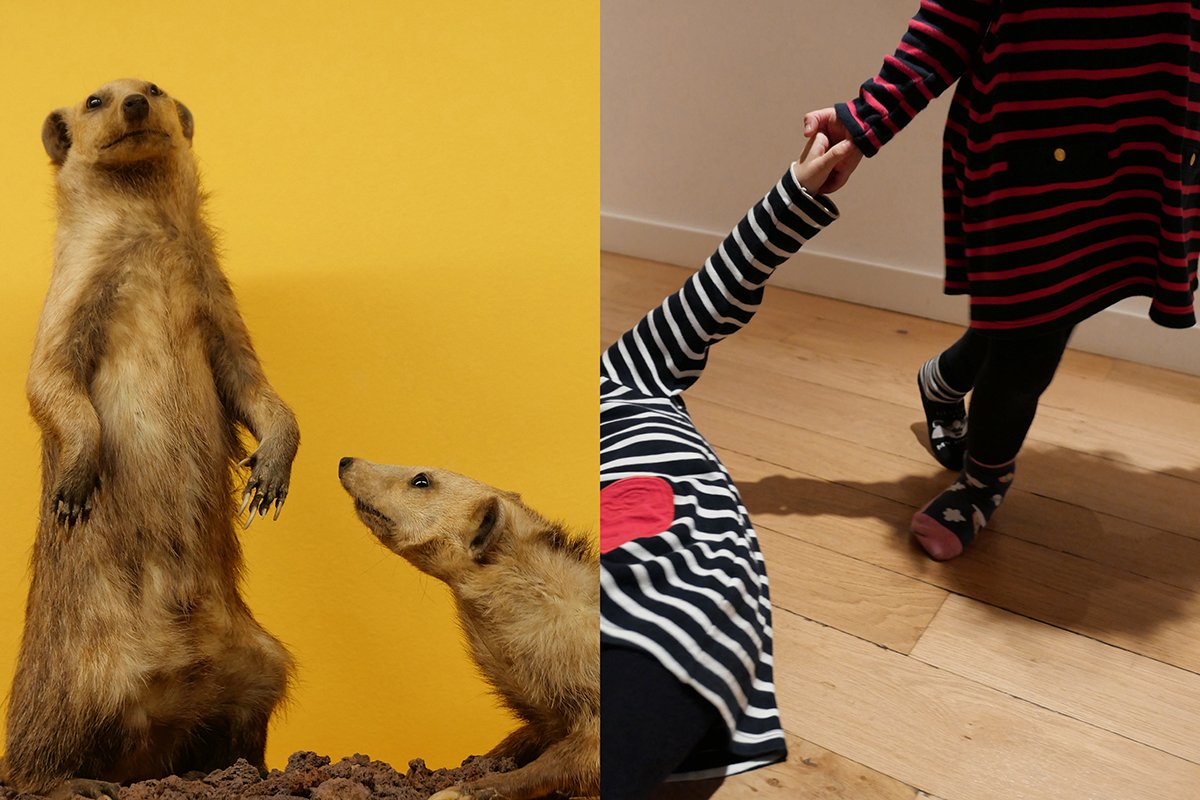
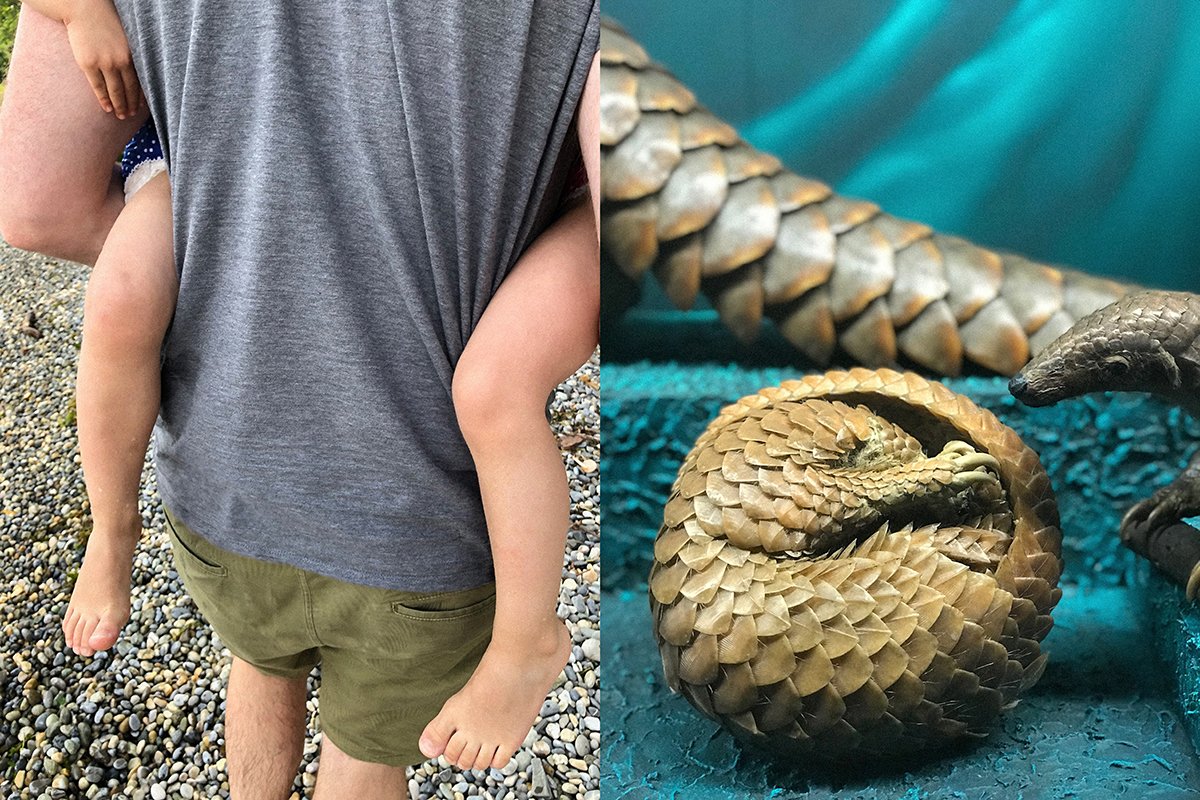
Transitions
Photography exhibition by Séverine Peiffer (December 2020–April 2021)
"Transitions" was created by artist Séverine Peiffer together with students from Lycée Aline Mayrisch Luxembourg taking the optional photography course, assisted by their teacher Séverine Bauer. This project encouraged the students to explore their identity and channel their emotions through photography, using the self-portraiture process as a means to build on their sense of identity.
The exhibition featured 10 large-format portraits (120×160 cm) created using the wet-collodion process. They convey these young adults' emotional responses to the world around them, serving both as a forceful affirmation of their existence, and as a dialogue between them and the viewer.
